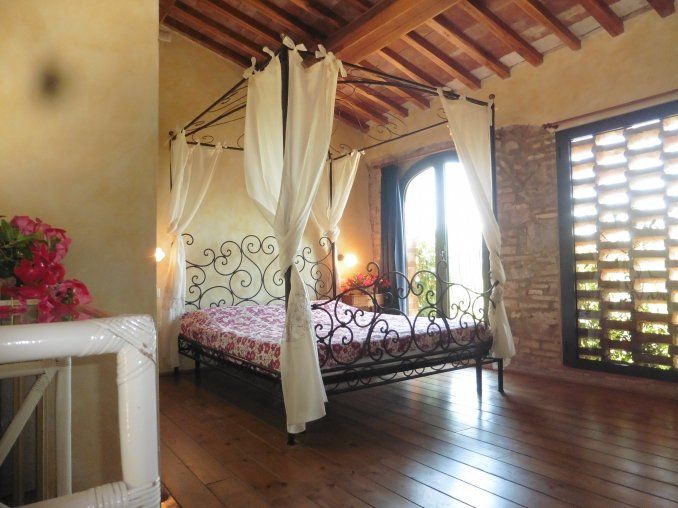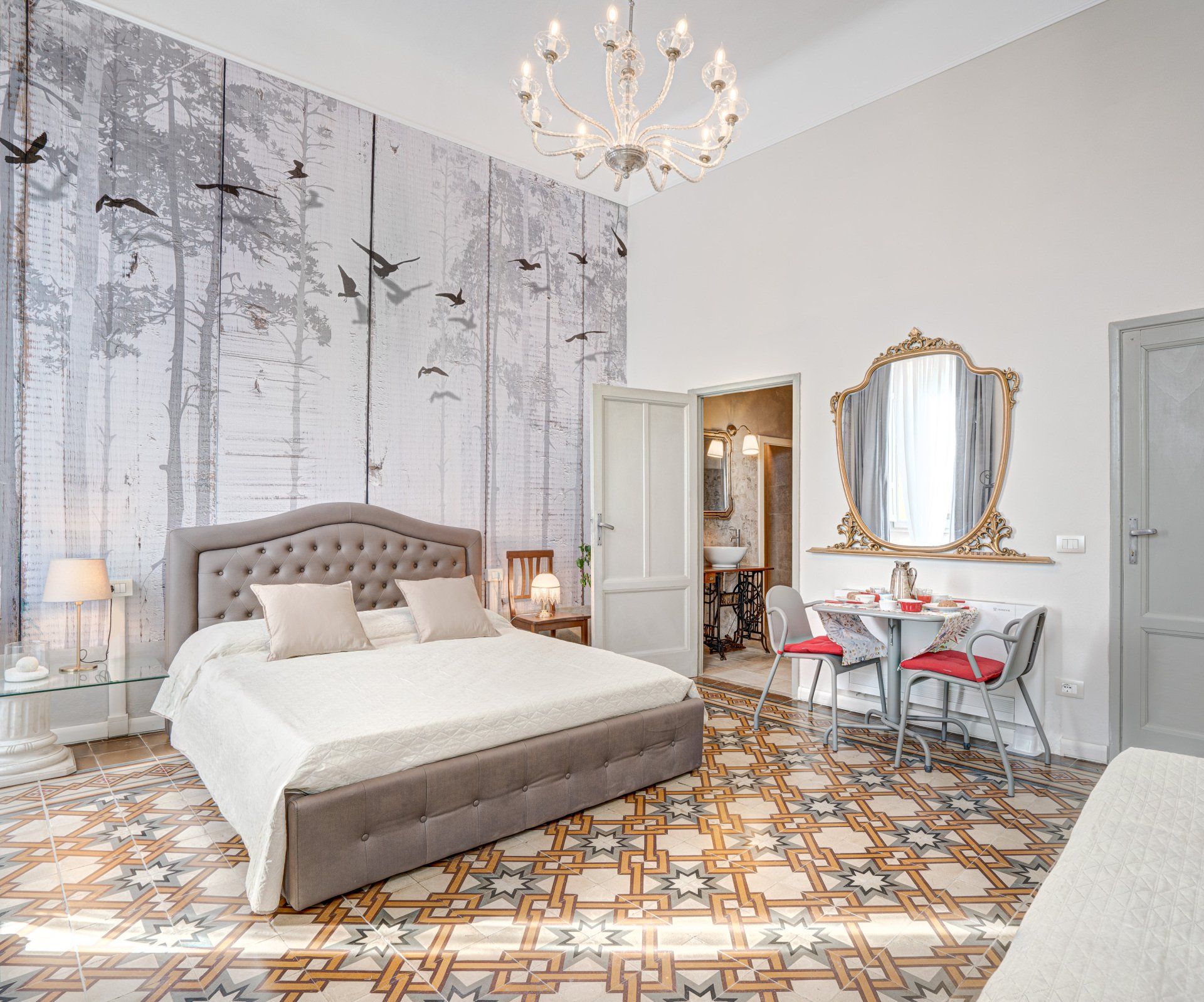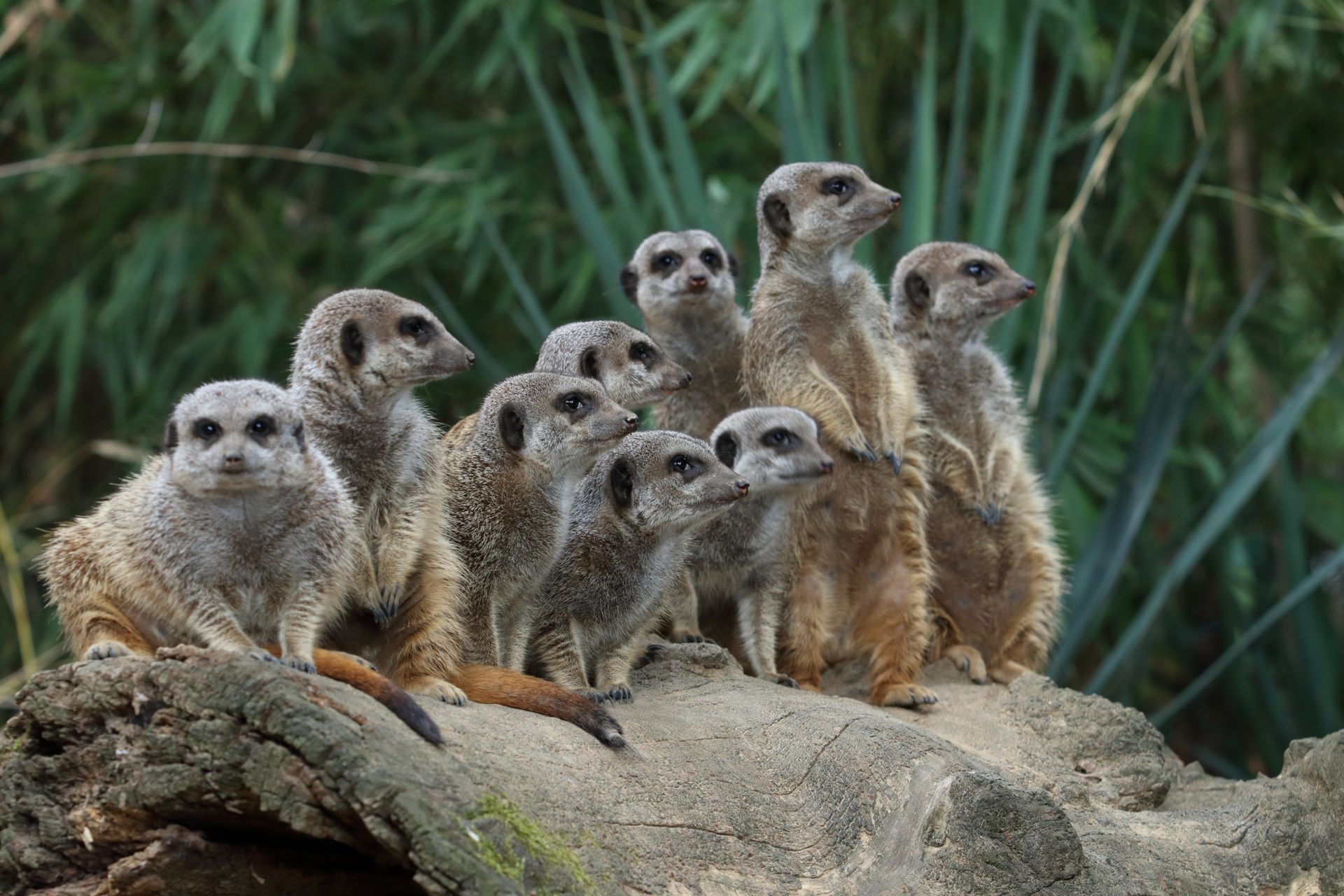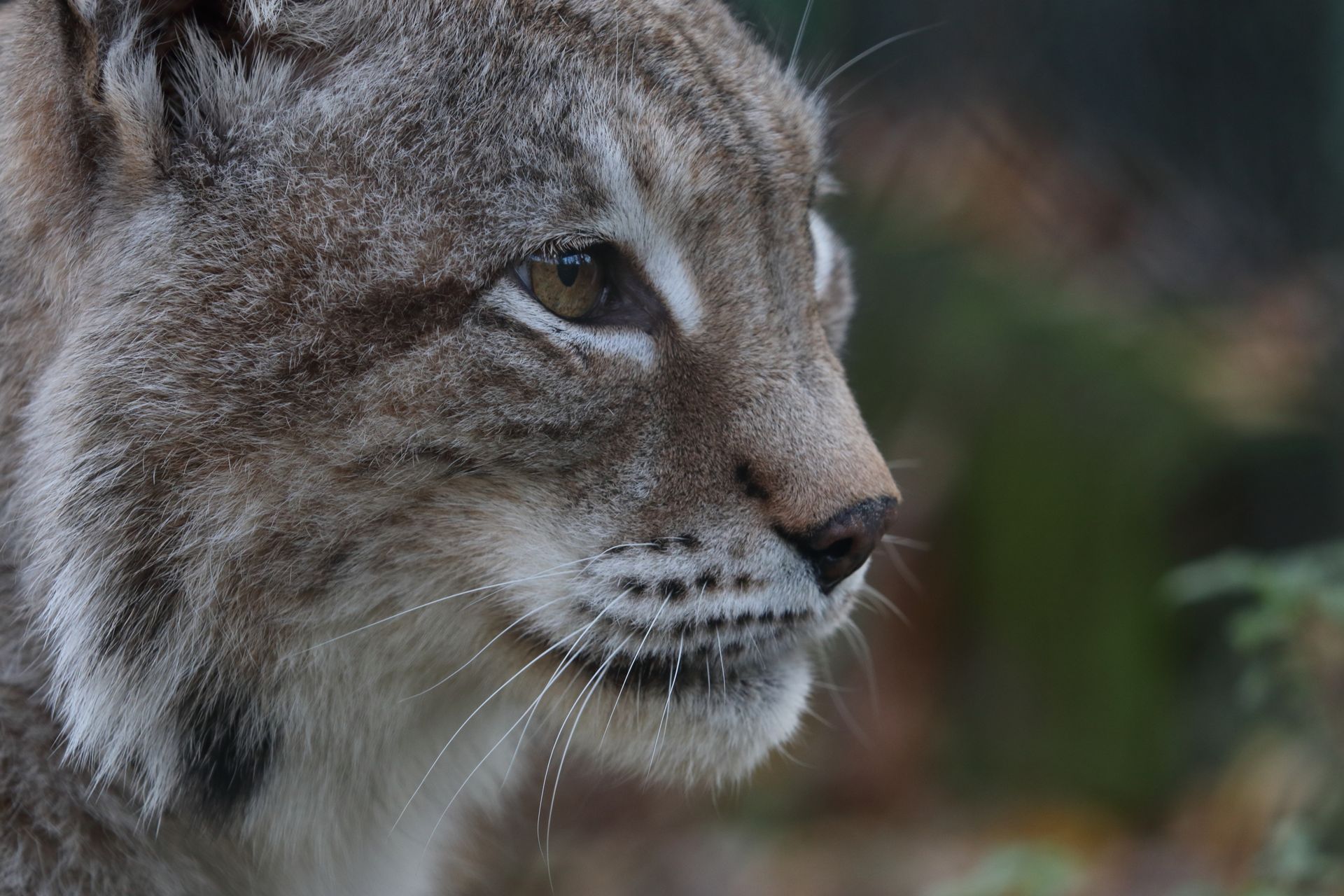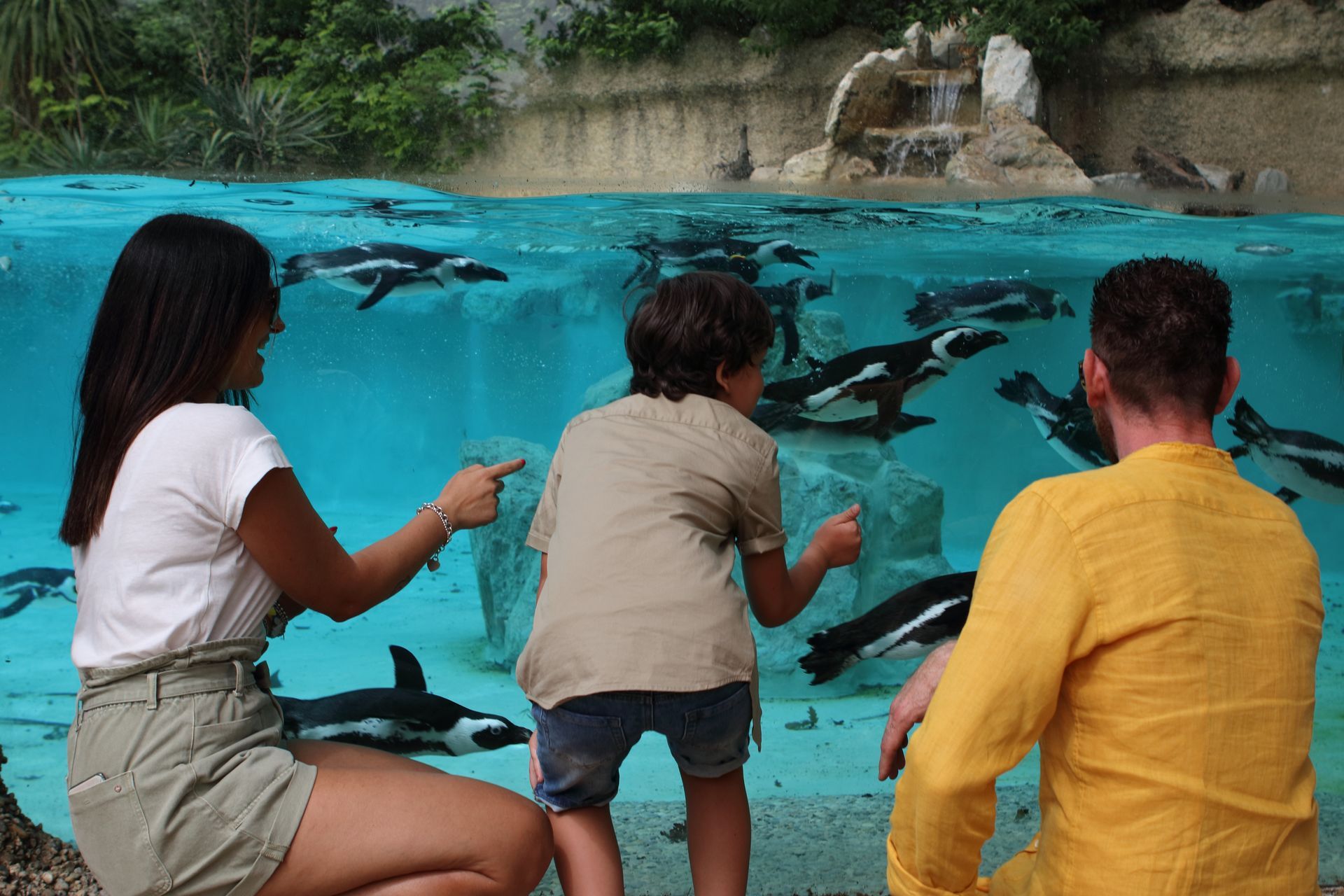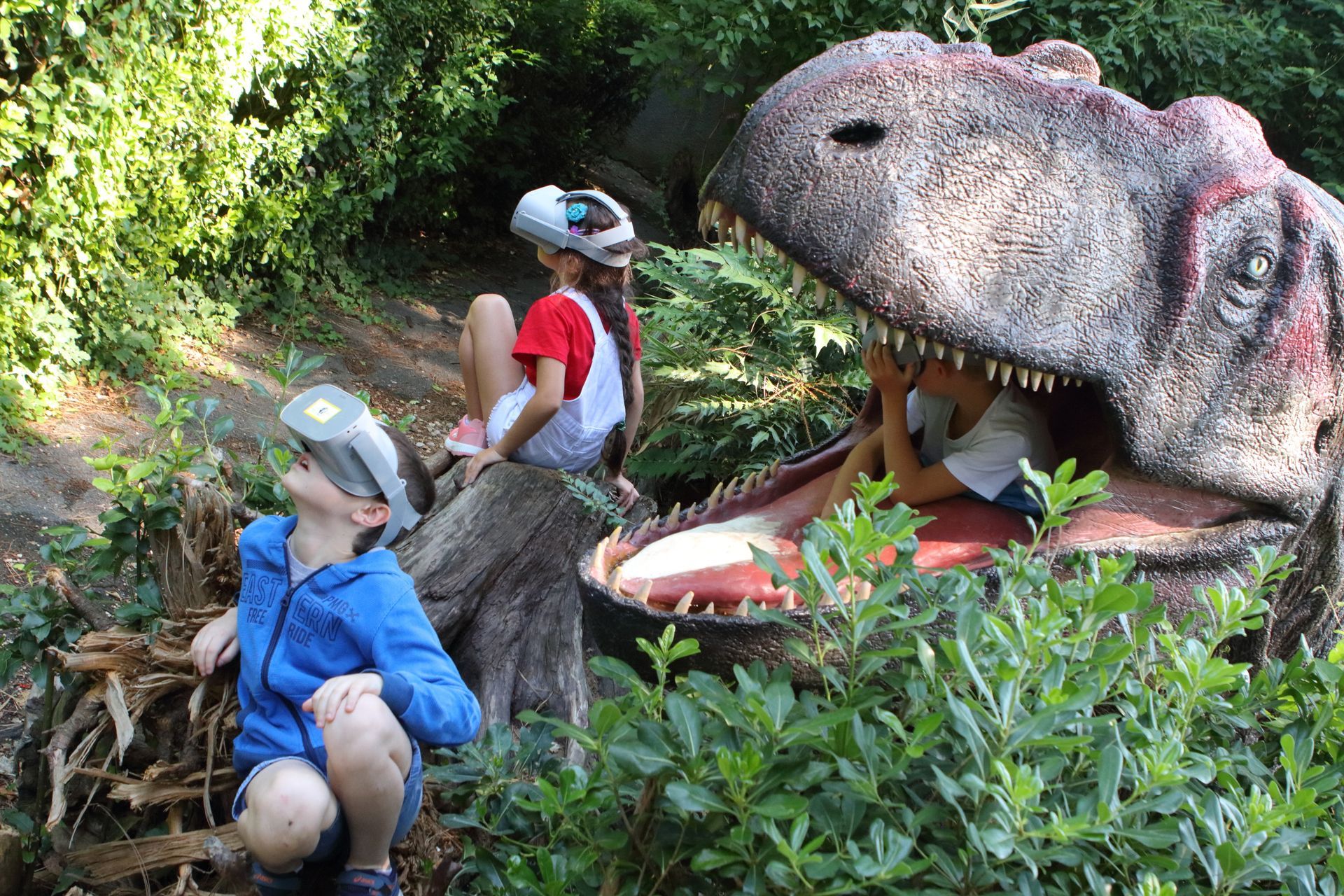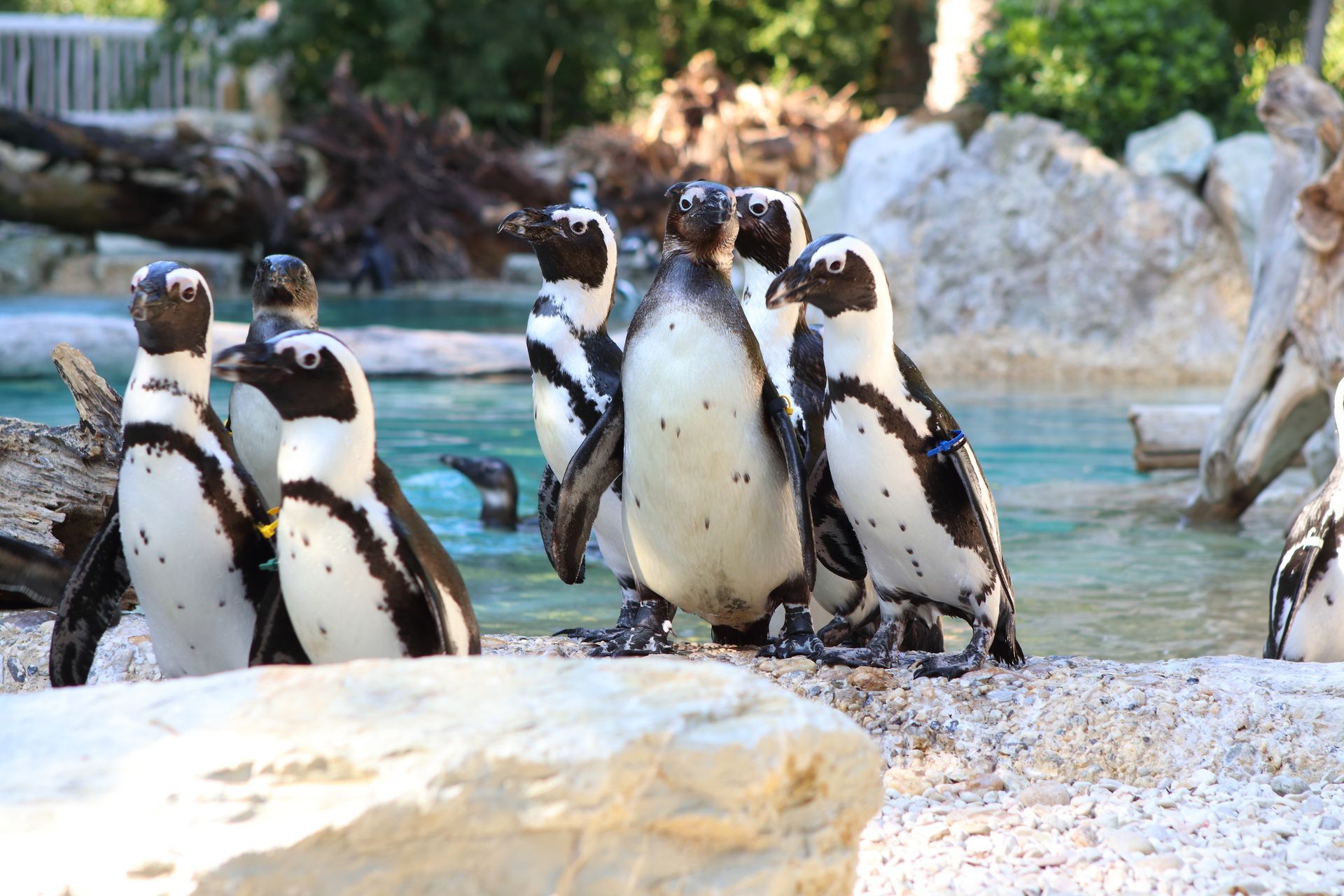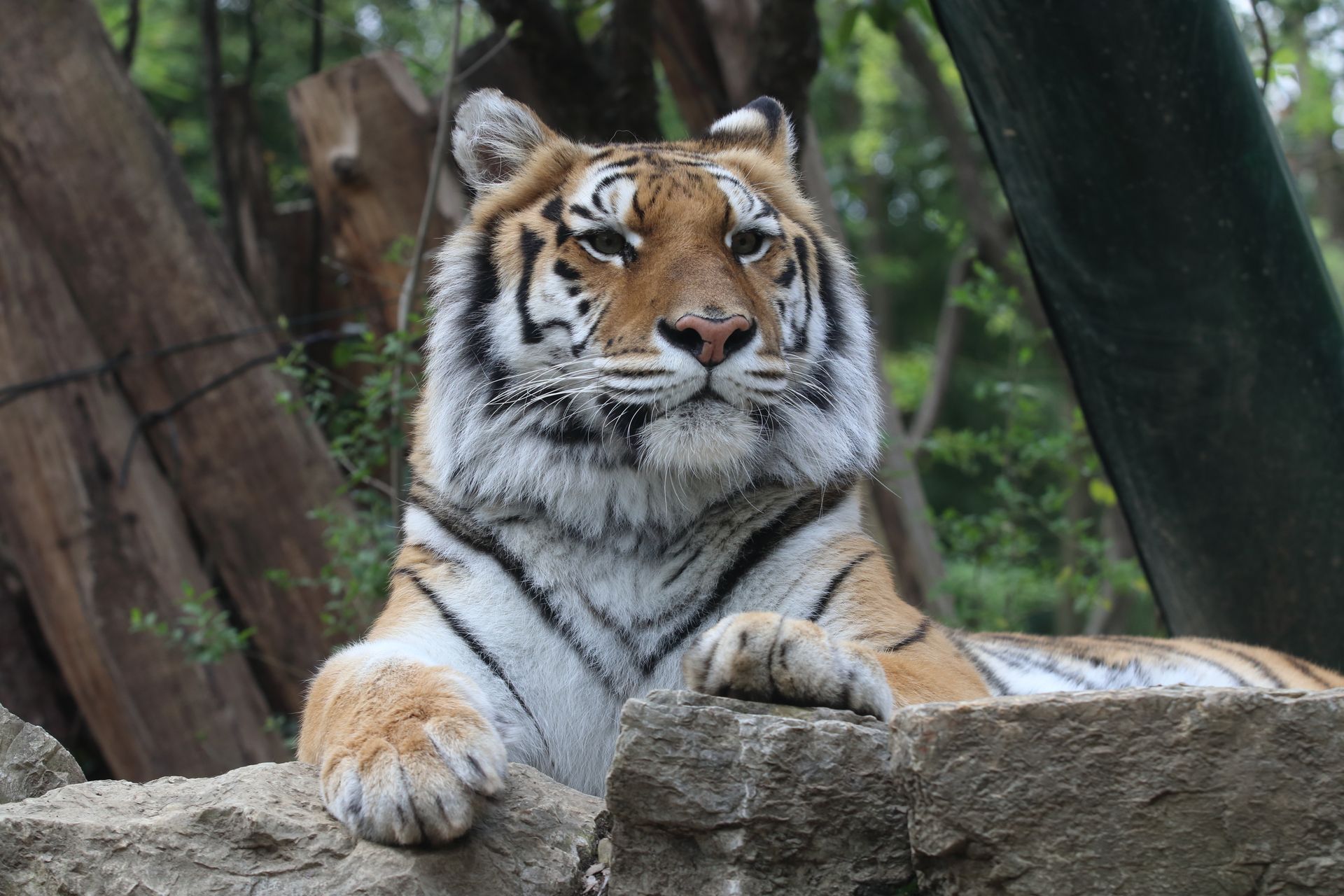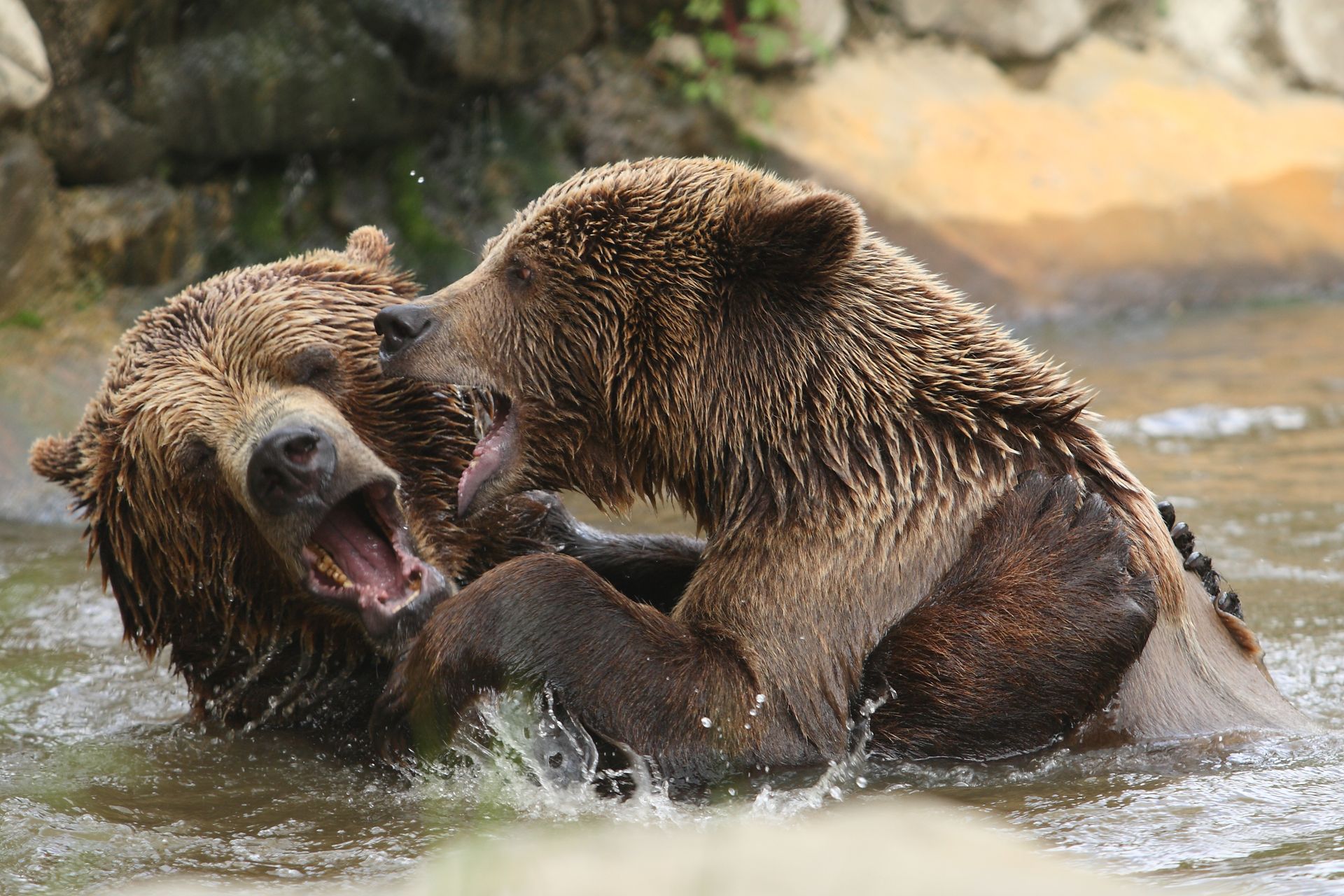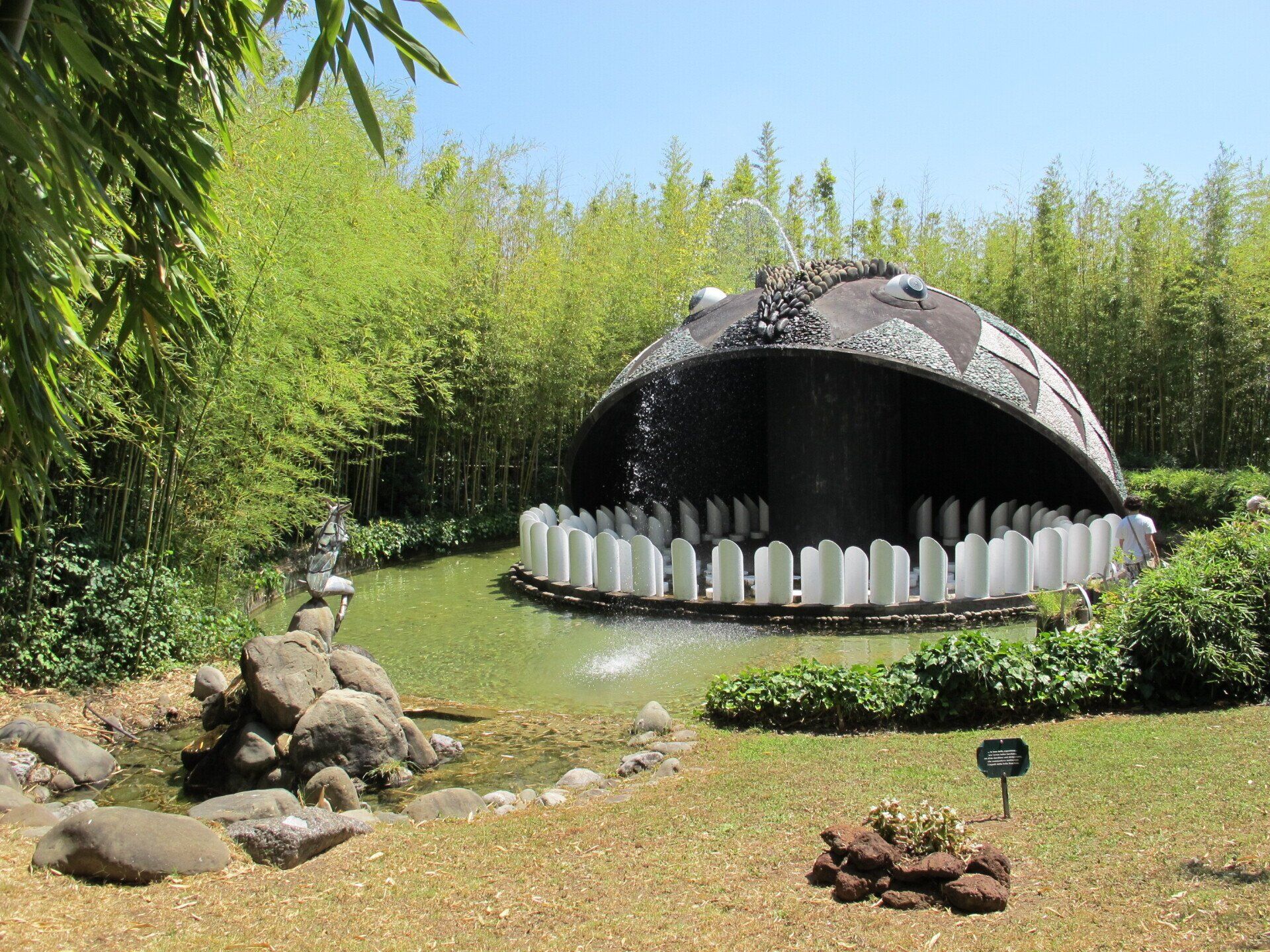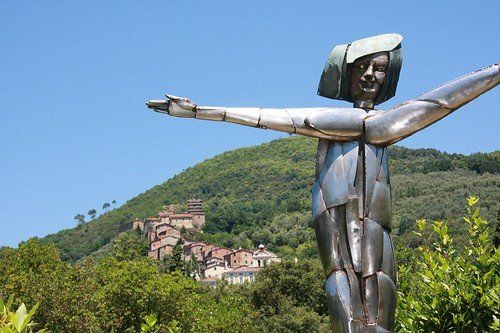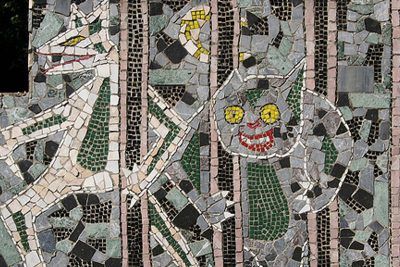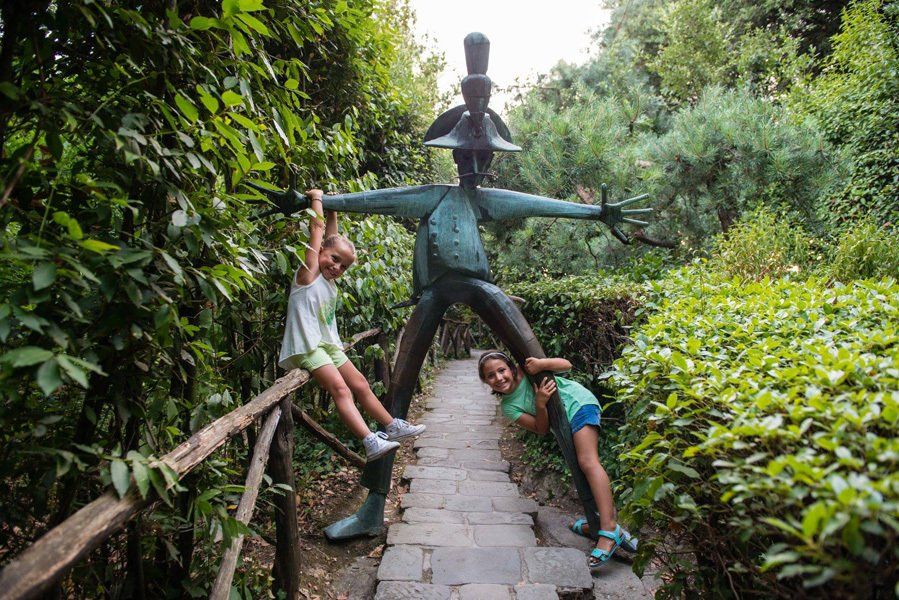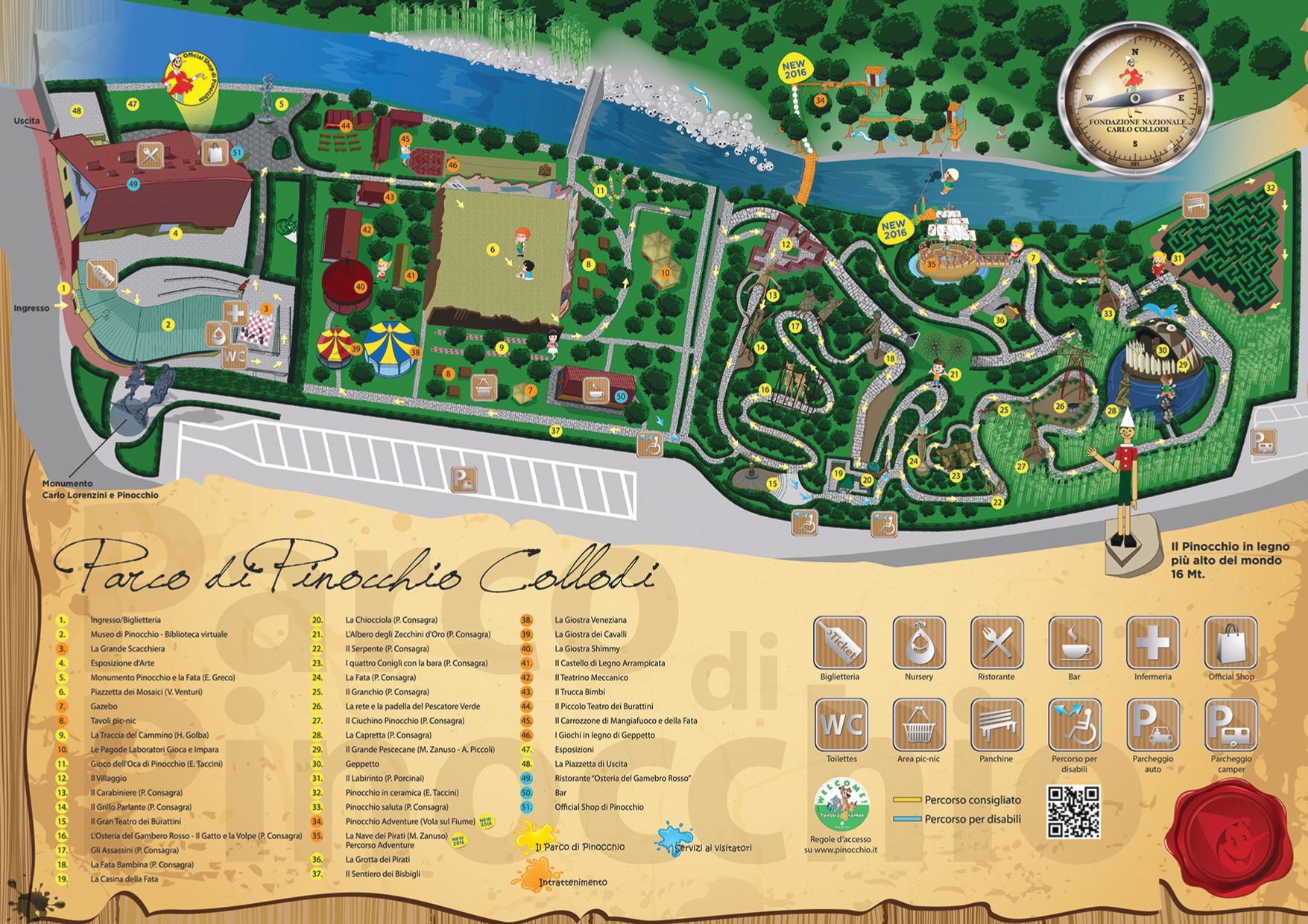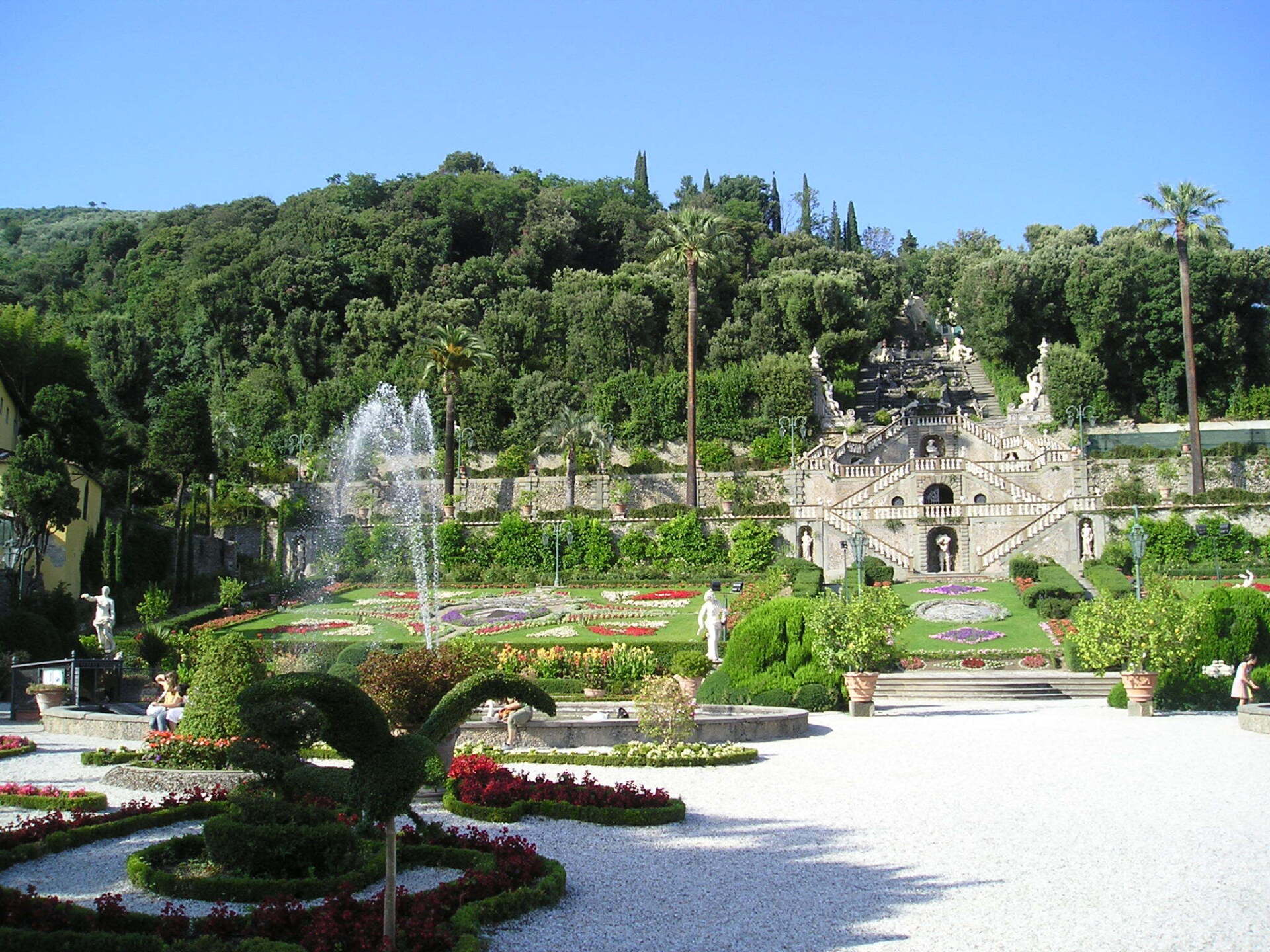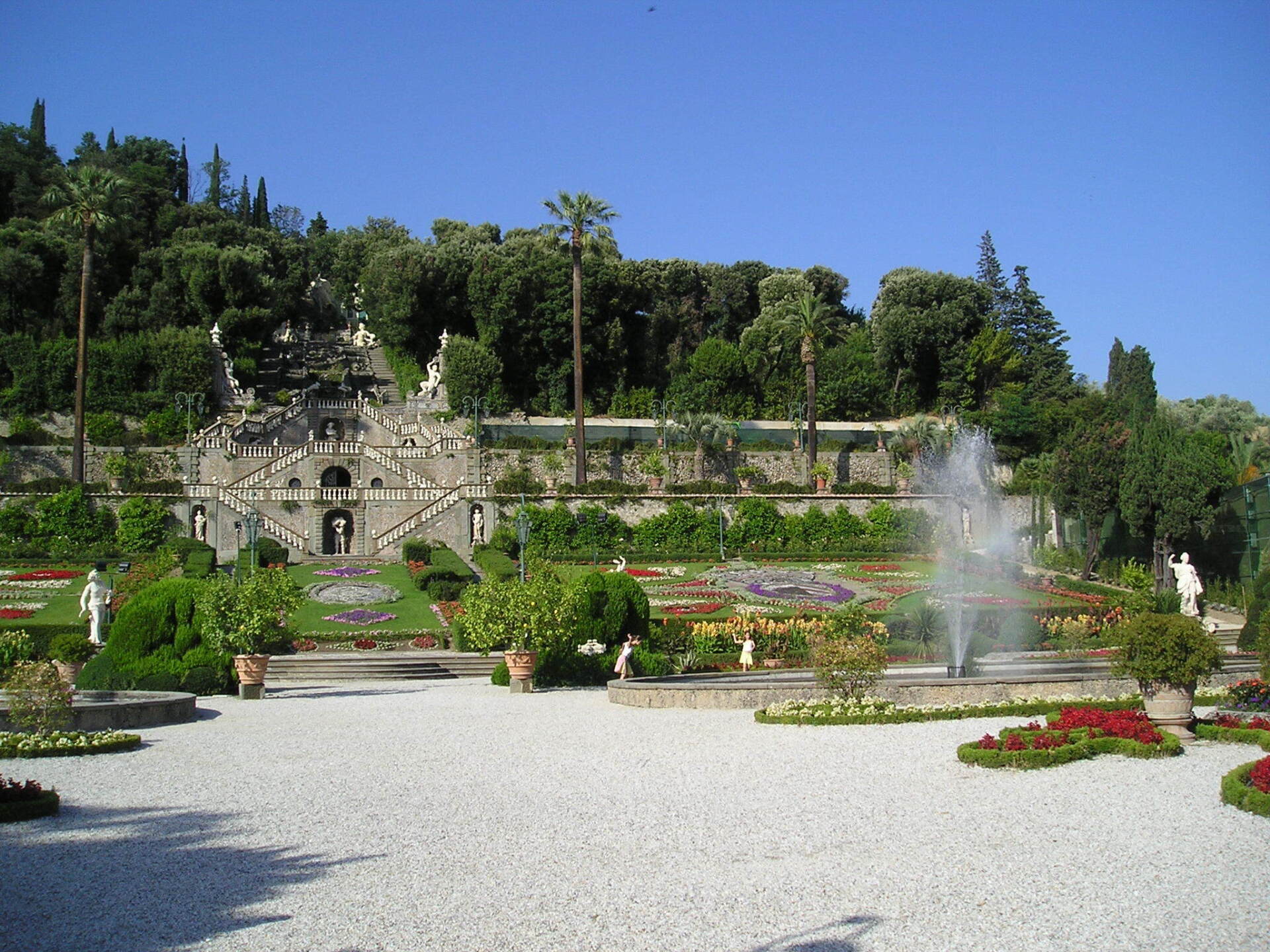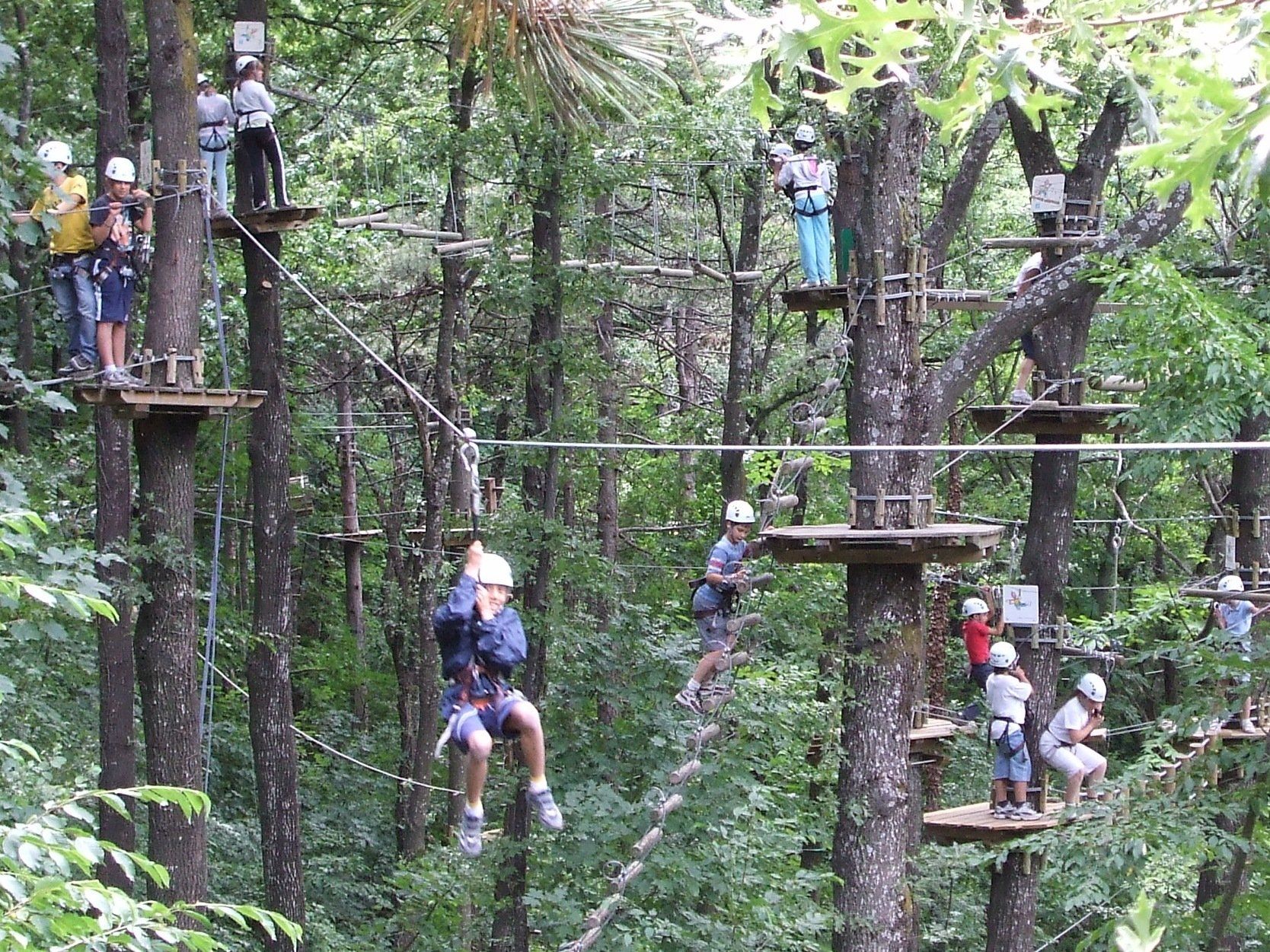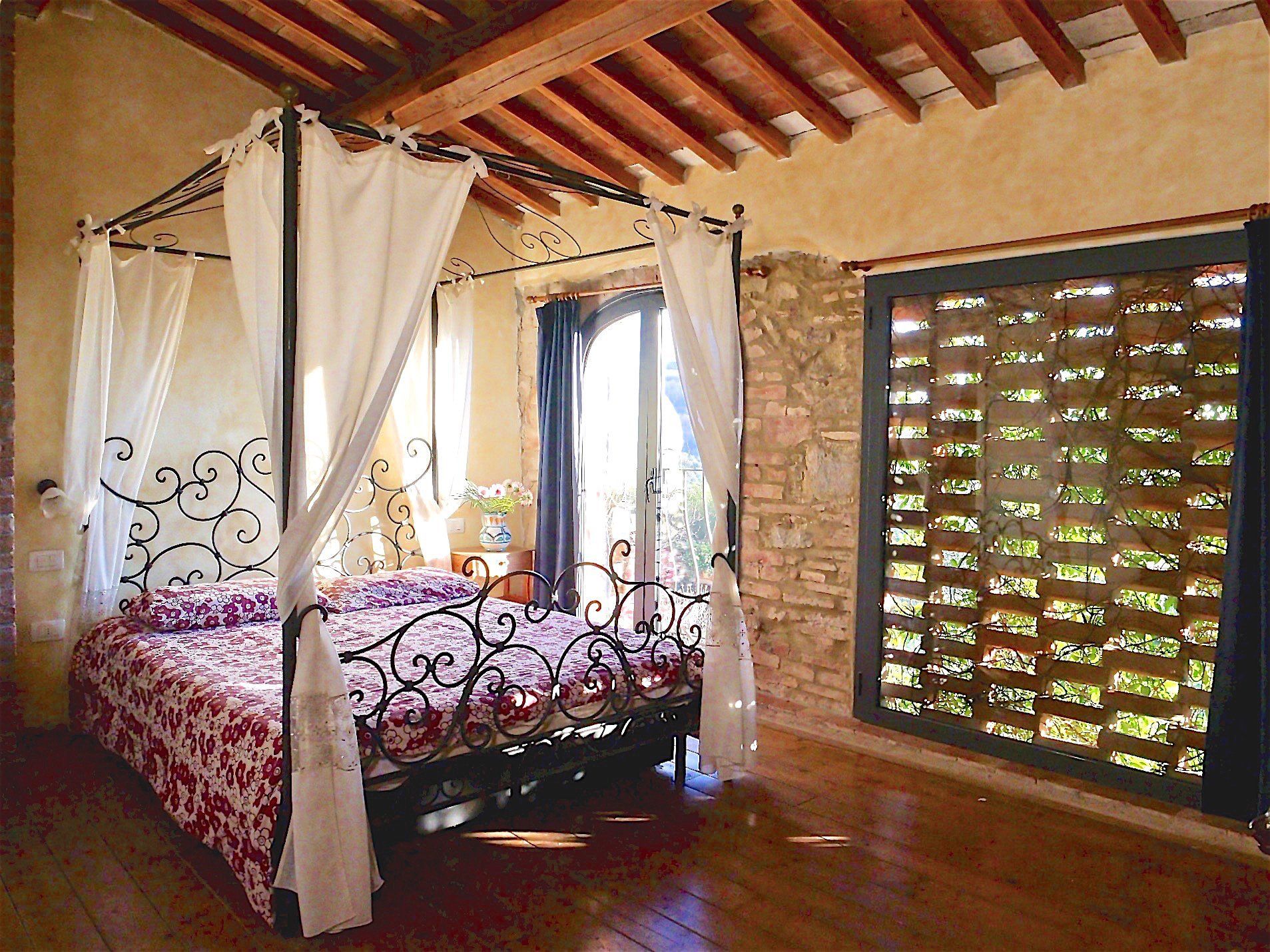For Families
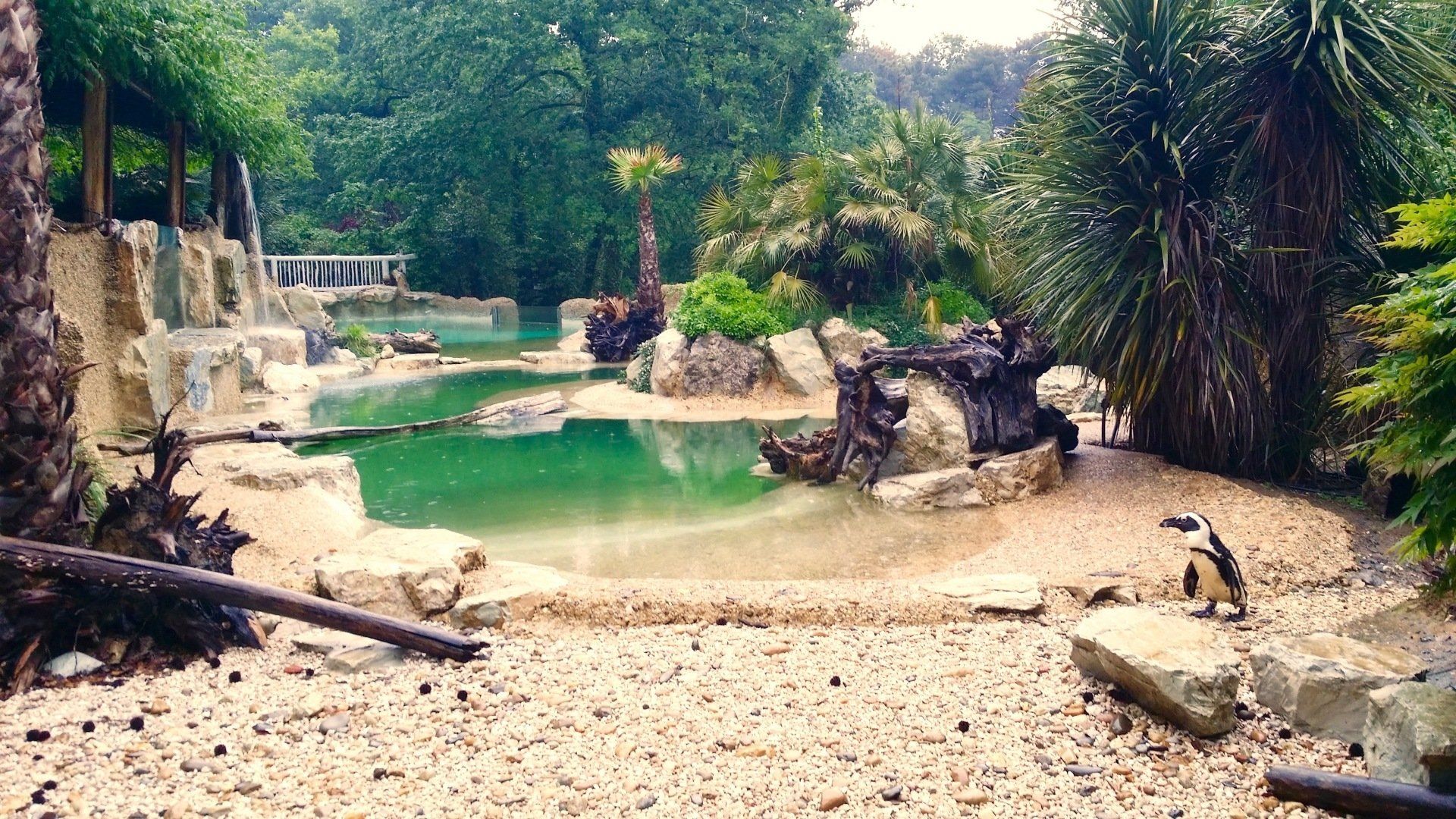
Slide title
Scrivi qui la tua didascaliaButton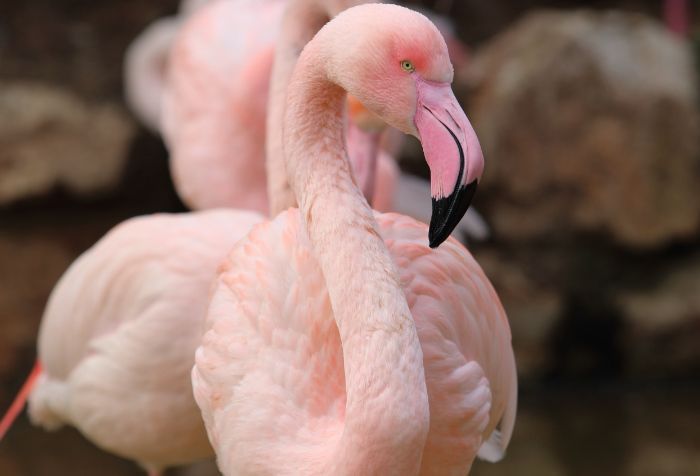
Titolo diapositiva
Scrivi qui la tua didascaliaPulsanteTitolo diapositiva
Scrivi qui la tua didascaliaPulsanteTitolo diapositiva
Scrivi qui la tua didascaliaPulsanteTitolo diapositiva
Scrivi qui la tua didascaliaPulsanteTitolo diapositiva
Scrivi qui la tua didascaliaPulsanteTitolo diapositiva
Scrivi qui la tua didascaliaPulsanteTitolo diapositiva
Scrivi qui la tua didascaliaPulsanteTitolo diapositiva
Scrivi qui la tua didascaliaPulsanteTitolo diapositiva
Scrivi qui la tua didascaliaPulsanteTitolo diapositiva
Scrivi qui la tua didascaliaPulsanteTitolo diapositiva
Scrivi qui la tua didascaliaPulsante
-
Pistoia - The Zoological Garden
ZOO DI PISTOIA
Via Pieve a Celle 160/a
Pistoia Tel. +39 0573 911219
The Zoological Garden of Pistoia, constantly expanding over an area of 7 hectares, provides an immersive naturalistic experience that allows visitors to fully engage with the animal world. With over 550 animals, including monkeys, bears, wolves, lions, tigers, giraffes, flamingos, and penguins, the park offers a unique day out, capable of awakening the child within each of us.
This extensive park stands out particularly for the care and welfare of the animals, and for its impeccable adherence to rules. Here, animals, coming from other captive environments rather than from the wild, find generous spaces and environments that faithfully recreate their natural habitat. This attention adds immeasurable value to the visit.
The staff is courteous and attentive, and for those who wish to take a break, the bar and restaurant offer excellent meals and drinks.
The Zoological Garden of Pistoia is much more than just a place of entertainment: it is part of a network committed to the conservation of endangered species, using its resources for significant projects.
Thanks to its educational activities and its efforts in the conservation of animal species, it represents one of the main facilities of its kind in Italy. The park's mission is clear: to promote knowledge of biodiversity and its value to human life, becoming a point of reference for the public interested in environmental protection and species conservation.
Reduced entrance tickets for guests from the Agriturismo I Pitti and the Casa Rowe B&B. Ask us for details.
Dogs on a leash are allowed to enter the zoo
Further info on www.zoodipistoia.it
Pistoia Zoo, - opening hours and discounted tickets for the guests of the Agriturismo i Pitti and of the Casa Rowe Bed and Breakfast
10/5/2024
-
Collodi - Pinocchio Park
The park of Pinocchio had no alternative but to be built in Collodi, where the old village has remained as it was a century ago with its characteristic group of houses covering the hill from the top right down to Villa Garzoni at the bottom and its spectacular eighteenth century garden, where the mother of the writer, Carlo Lorenzini, was born. He was the author of „The Adventures of Pinocchio“, one of the biggest selling books in the world after the Bible and the Koran, and spent his childhood in Collodi with his grandparents; this is why the brilliant journalist and writer adopted the pen name of Collodi, and this is where the imagery in „The Adventures of Pinocchio“ originated and became so powerful as to make it a masterpiece without limits in space or time. The character of Collodi still combines the fantastic with reality and makes the story come true in our imagination. Built over a thirty year period, between 1956 and 1987, it‘s not your common-or-garden amusement park, but a fantastic, highly suggestive place, a precious example of collective creation by artists with strong personalities, where you can feel you are immersed in a living fable, in a spontaneous and natural adventure, in the midst of the peaceful beauty of art and nature. The plan to build a park to commemorate the famous marionette at Collodi dates back to 1951 when the then mayor of Pescia, professor Rolando Anzillotti, set up a committee for the monument to Pinocchio in his homeland. A national competition for building the monument was held and attracted designs from as many as 84 sculptors: joint winners were Emilio Greco for „Pinocchio and the Fairy“, and Venturino Venturi for the „Square of Mosaics“. In 1956, the famous five metre high bronze group, that symbolically depicts the transformation of Pinocchio from a marionette to a boy was inaugurated, while the highly original mosaics in the Square narrate the main episodes of the Adventures of Pinocchio. The park was enlarged over the years, and the work of the architects, Renato Baldi and Lionello de Luigi, was integrated in 1963 with the „Inn of the Red Lobster“ and an adjoining restaurant by the architect, Giovanni Michelucci, the red arches of which bring to mind the claws of a lobster. In 1972, to the South of the park, the „Land of Toys“ was built, a fabulous journey around over one hectare of Mediterranean countryside, designed by Pietro Porcinai, and studded with twenty-one bronze sculptures by Pietro Consagra and the buildings of the architect, Marco Zanuso. A small tunnel leads to „Pinocchio‘s village“, comprising a stone path populated by characters of the novel: the military policeman with his moustache who bars the path and forces the children to pass between his legs, the Talking Cricket, the Great Marionette Theatre, the Cat and the Fox, the Assassins‘ Wood, the Child Fairy with her White Cottage and the Housekeeper Snail, and the room where Pinocchio was examined by the three doctors. In the nearby Field of Wonders, there‘s the Tree of Gold Coins, of course, and not far off you can see the Serpent and the Four Rabbits carrying the coffin to convince Pinocchio to take his medicine. Then the Fairy appears with her arms wide open, the Crab spraying water, the Nets and Pan of the Green Fisherman, and Pinocchio transformed into a donkey in Toyland, forced to work in a circus.... and more and more, until the whole area and all the characters in the book appear, while walking through dense vegetation, each step arrives surprisingly and unexpectedly.
Tell your kids not to expect a theme park!
The Park is the site of constantly renewed cultural activities that are always mindful of its roots: exhibitions of art and illustrations inspired by children’s literature and the Story of Pinocchio, puppet-making workshops, puppet and marionette shows and minstrels enliven the visit to the Park, depending on the season.
The park has been enriched by an adventure trail particularly suitable for children, who can try various tests of courage, including the cableway that crosses the Pescia river.
The park is equipped with tables and chairs where you can eat a packed lunch. It is therefore possible to spend an entire day in a shady and cool place in the name of Pinocchio.
Inside the Park there is also a restaurant.
Combined ticket for Pinocchio Park and Villa Garzoni Garden with Butterfly House.
THE TICKET INCLUDES:
entrance to the Pinocchio Park + Interactive Museum and all the attractions (merry-go-rounds, laboratory, Fire Eater puppets, Adventure paths from 5 years old up to and a half meters high) + Historical Garzoni Garden + Tropical Greenhouse - Insect educational workshop and Butterfly House (butterflies are visible from March to November)
For further information: www.pinocchio.it
-
Tickets
THE TICKET INCLUDES:
entrance to the Pinocchio Park + Interactive Museum and all the attractions (carousels, laboratory, the Puppets of Mangiafoco, Adventure trails from 5 years old up to a height of one and a half meters) + Historic Garzoni Garden + Tropical greenhouse - Insect educational workshop and House delle Farfalle (butterflies are visible from March to November)
For further information: www.pinocchio.it
To park the car there is a free area in Via Pasquinelli, immediately after the Camper Area on the left side after passing the Giant Pinocchio Statue (16m high) a 450m walk from Collodi Pinocchio Park.
For Saturdays and Sundays, public holidays, we recommend an online ticket, which works as a skip-the-line ticket, otherwise you can buy a ticket on site.
- You can consult the times and openings of our facilities
at the link https://www.pinocchio.it
- here you can consult the prices and ticket categories
- booking is not mandatory, but you can book and prepay
the visit by purchasing the online skip-the-line ticket, without
no price increase compared to the direct ticket office, at the link:
Otherwise it is possible to go directly to the cashier and pay on the spot.
With prams and pushchairs it is possible to access almost everywhere in the Pinocchio Park (there are the special ramps and marked facilitated route on the maps), the Garzoni Garden on the other hand it is possible to access only the parterre and the butterfly house (open from April 1 to November, otherwise open as a botanical greenhouse).
- dogs are allowed in, it is necessary to have a poop bag with you and keep them on a leash
- inside the Park there is the Gambero Rosso Restaurant - 3294745890
info@osteriadelgamberorosso.it as well as the kiosk bar and the picnic area while in the Garden of Villa Garzoni there is the Villa Garzoni Restaurant info@ristorantevillagarzoni.it, 0572 428545
- the visit includes Pinocchio monumental park with at least two puppet shows a day of 15-20 minutes each), activities for children (workshop, rides (from 3 years old), adventure trail from 5 years to 14) , Garzoni Historic Garden, the butterfly house (open only as a botanical greenhouse from 01 November to 31 March, the butterflies will return from 01 April) and the Internal Courtyards of Villa Garzoni where you can see the Chiesetta dei Garzoni and the Palazzina d'Estate.
- for safety reasons, children from the age of 3 can ride on the rides and children from the age of 5 to 14, who are between 100 and 150 cm tall, can access the adventure trail
Further information on the official website www.pinocchio.it
Collodi - Pinocchio Park opening hours and discounted admission tickets for guests of the Agriturismo I Pitti and of the Casa Rowe Bed and Breakfast
29/2/2024
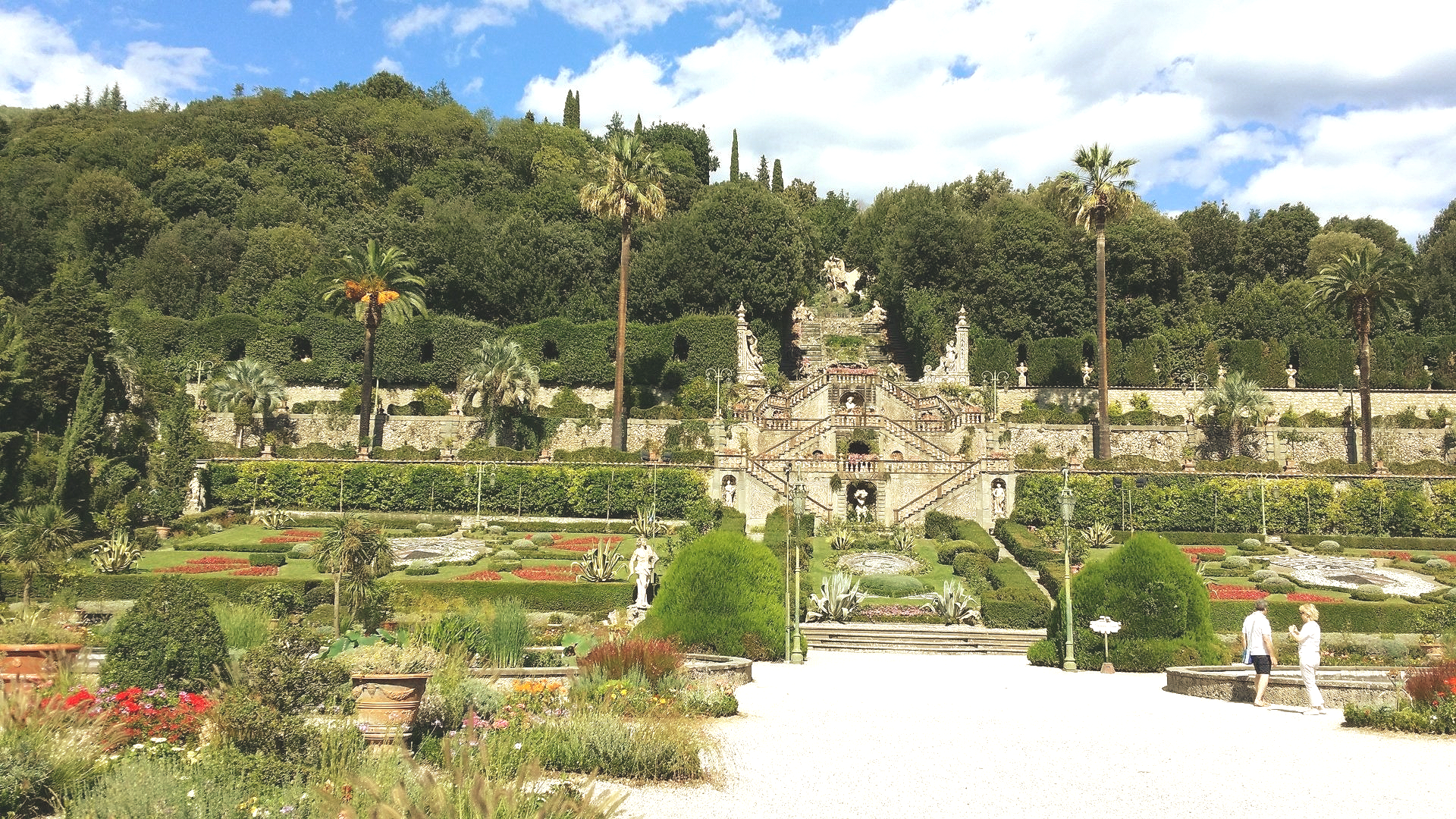
Titolo diapositiva
Scrivi qui la tua didascaliaPulsanteTitolo diapositiva
Scrivi qui la tua didascaliaPulsante
Titolo diapositiva
Scrivi qui la tua didascaliaPulsante
Titolo diapositiva
Scrivi qui la tua didascaliaPulsanteTitolo diapositiva
Scrivi qui la tua didascaliaPulsanteTitolo diapositiva
Scrivi qui la tua didascaliaPulsanteTitolo diapositiva
Scrivi qui la tua didascaliaPulsante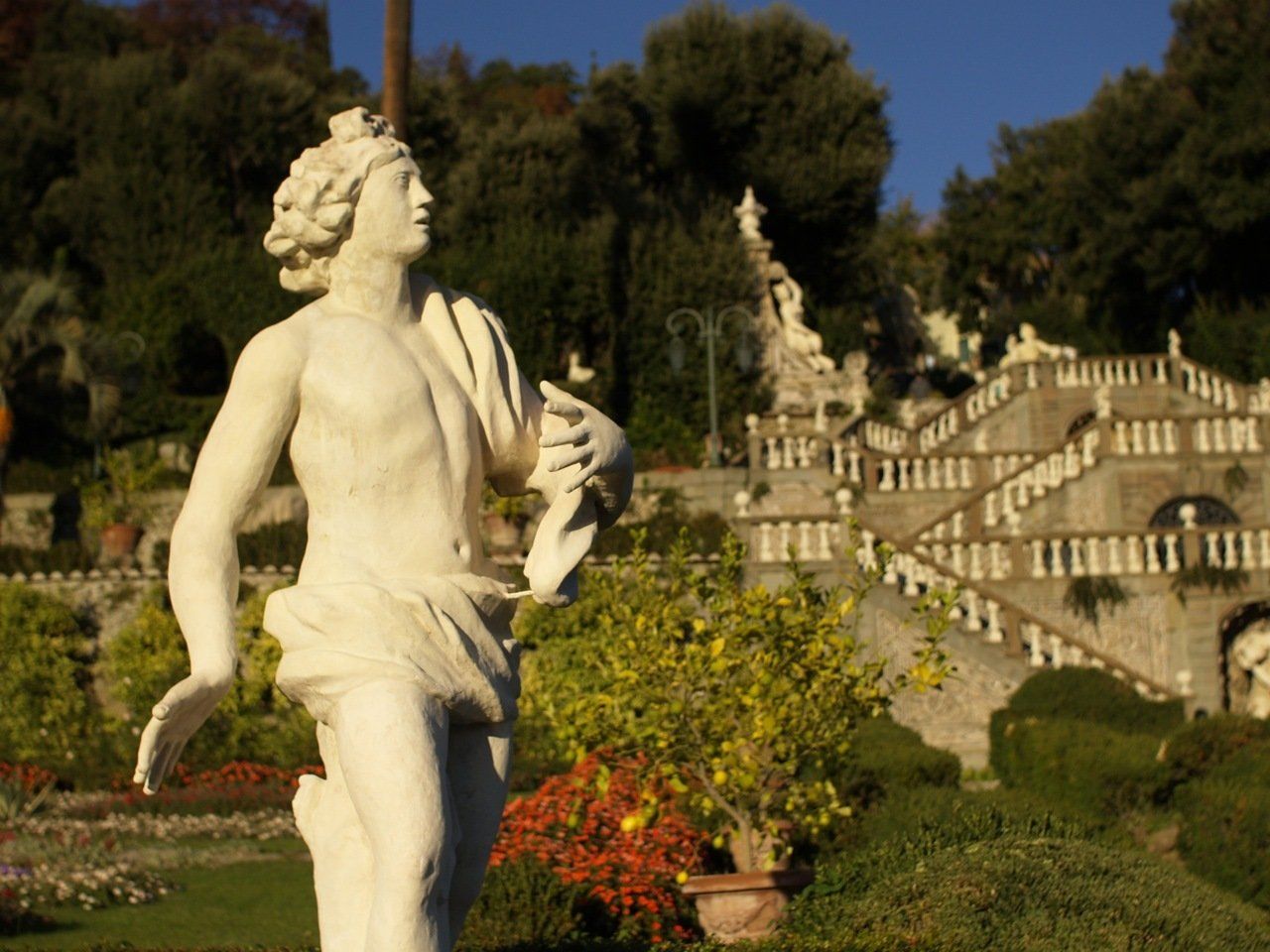
Titolo diapositiva
Scrivi qui la tua didascaliaPulsante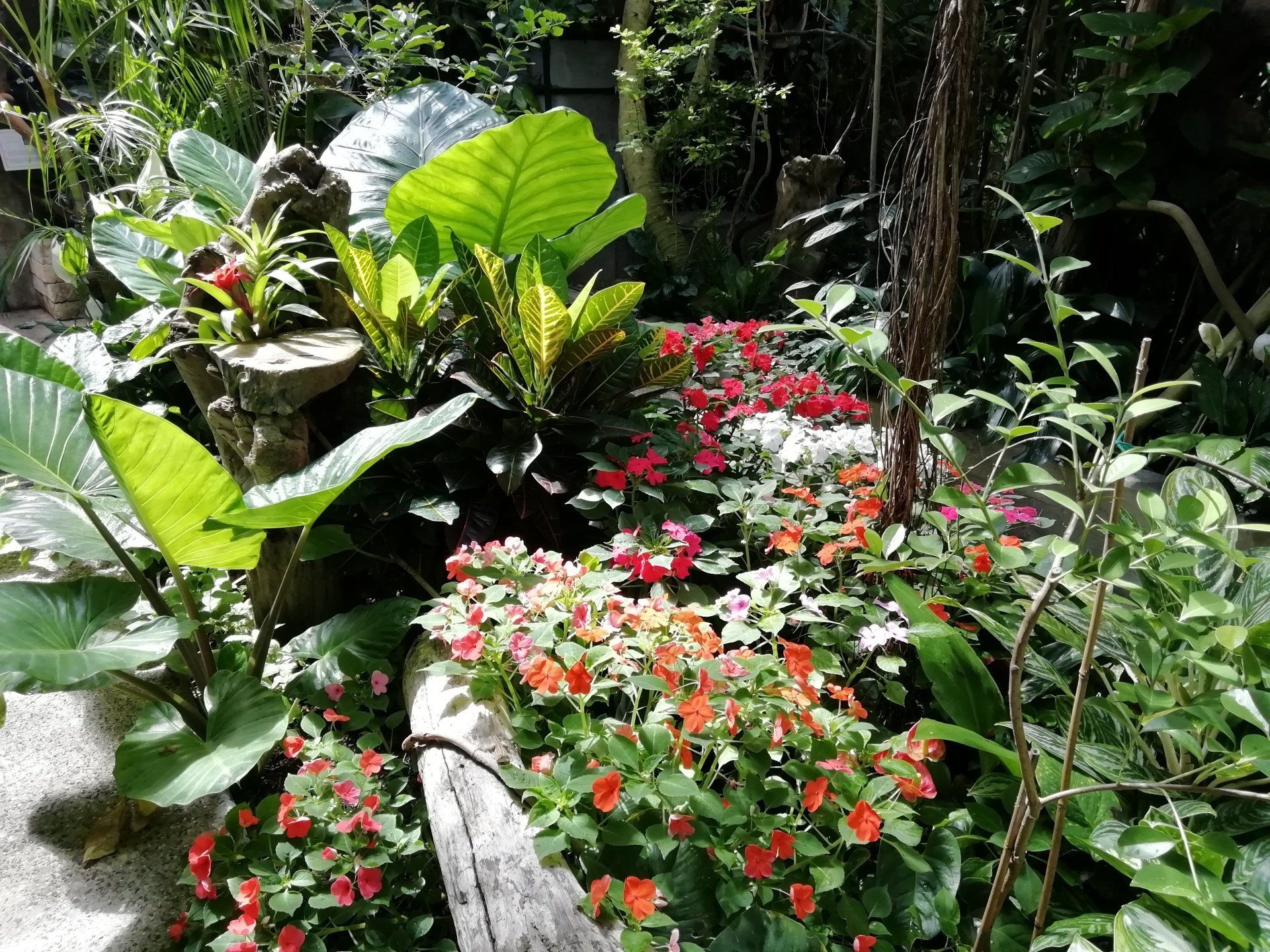
Titolo diapositiva
Scrivi qui la tua didascaliaPulsante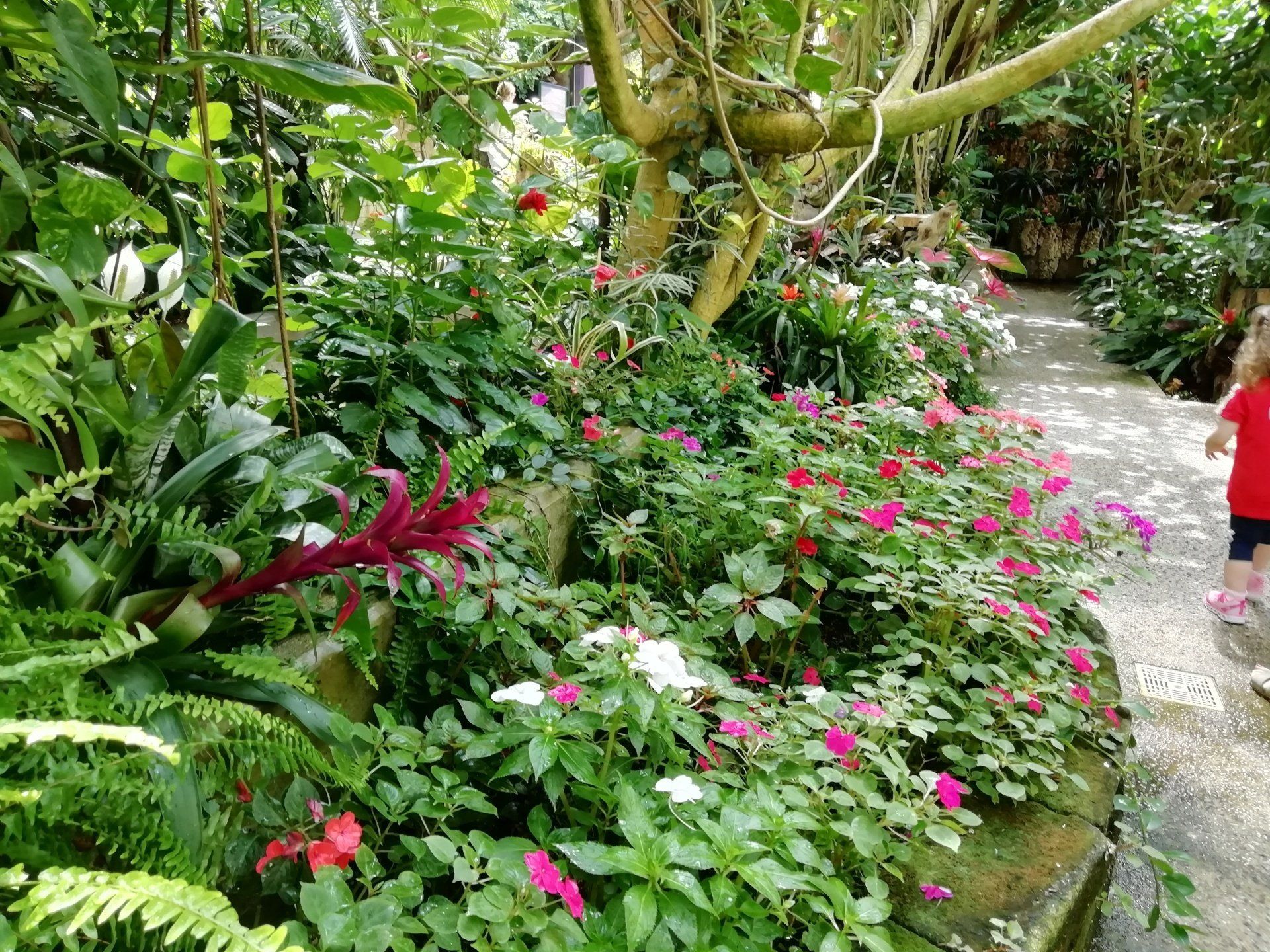
Titolo diapositiva
Scrivi qui la tua didascaliaPulsante
Titolo diapositiva
Scrivi qui la tua didascaliaPulsante
Titolo diapositiva
Scrivi qui la tua didascaliaPulsante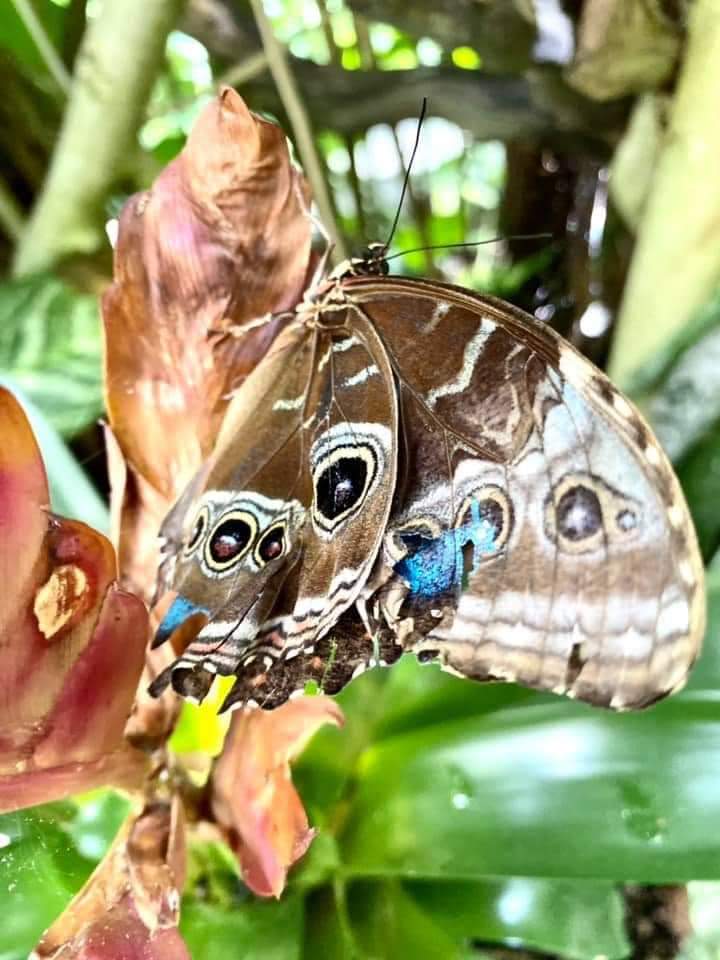
Titolo diapositiva
Scrivi qui la tua didascaliaPulsante
Titolo diapositiva
Scrivi qui la tua didascaliaPulsante
Titolo diapositiva
Scrivi qui la tua didascaliaPulsante
-
Garden of Villa Garzoni - Collodi
The historic Garzoni Garden, one of the most beautiful in Italy, represents a felicitous synthesis between Renaissance geometry and the spectacular quality of the nascent Baroque. The garden is a work of art of rare equilibrium, where the greenery, the flights of steps, the water plays and statues form a truly unique ensemble. It is an absolutely unforgettable experience to loose oneself amidst the wonders of this fantastic place: grottoes, theatres carved out of box hedges, statues representing mythological creatures, satyrs, female figures, greenhouses with peacocks, forests of bamboo. An ancient, and somewhat arch tradition considers the visit to be propitious for lovers, and not only on account of the leafy shade and the arbours that offer secluded spots for tender caresses, but also of the maze, a symbolic allusion to the path to follow together throughout life. As soon as we enter the garden we come upon delightful parterres, statues and two large circular pools. Proceeding we then reach two magnificent double ramps of steps featuring a complex hydraulic system that supplies the water plays. These steps lead to the three upper terraces. Beyond is the impressive water staircase, flanked by two female statues representing the eternal rivals Lucca and Florence. At the very top is the statue of Fame blowing into a shell, emerging from which a jet of water traces out a lofty arc. Leading off the main route through the garden are numerous side paths and avenues where we can discover its marvels among the fragrances of the different plants, the plays of light and shade of the vegetation, the intrigue of the mazes and the enchantment of the sculptures.
Reduced entrance ticket for guests of the Agriturismo I Pitti and Casa Rowe B&B to be requested at the facility. A car is required from both facilities to reach the garden which is approx. 23 km far away.
-
Butterfly House
The Collodi Butterfly House is a splendid greenhouse-building of stone and crystal, housing a lush tropical garden with nearly a thousand butterflies from all over the world. In the interior the visitor can admire a beautiful exotic garden where around a thousand of the most beautiful butterflies in the world, originating from Amazonian, Neotropic, Afrotropic and Indo-Australian environments, feed, court and reproduce. A fascinating world where ethology triumphs, and where we can observe all the phases of development (egg, larva, chrysalis and butterfly), note the differences between butterflies and moths, recognize the terrific aposematic colors and the tricks the butterflies adopt for survival, such as Batesian and Mullerian mimicry.
12/1/2023
Garden of Villa Garzoni at Collodi with Butterfly House, Opening times and entrance tickets. Reduced entrance tickets for guests of Agriturismo i Pitti and Casa Rowe Bed and Breakfast
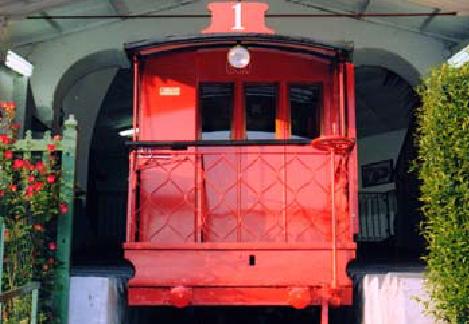
Slide title
Scrivi qui la tua didascaliaButton
Slide title
Scrivi qui la tua didascaliaButton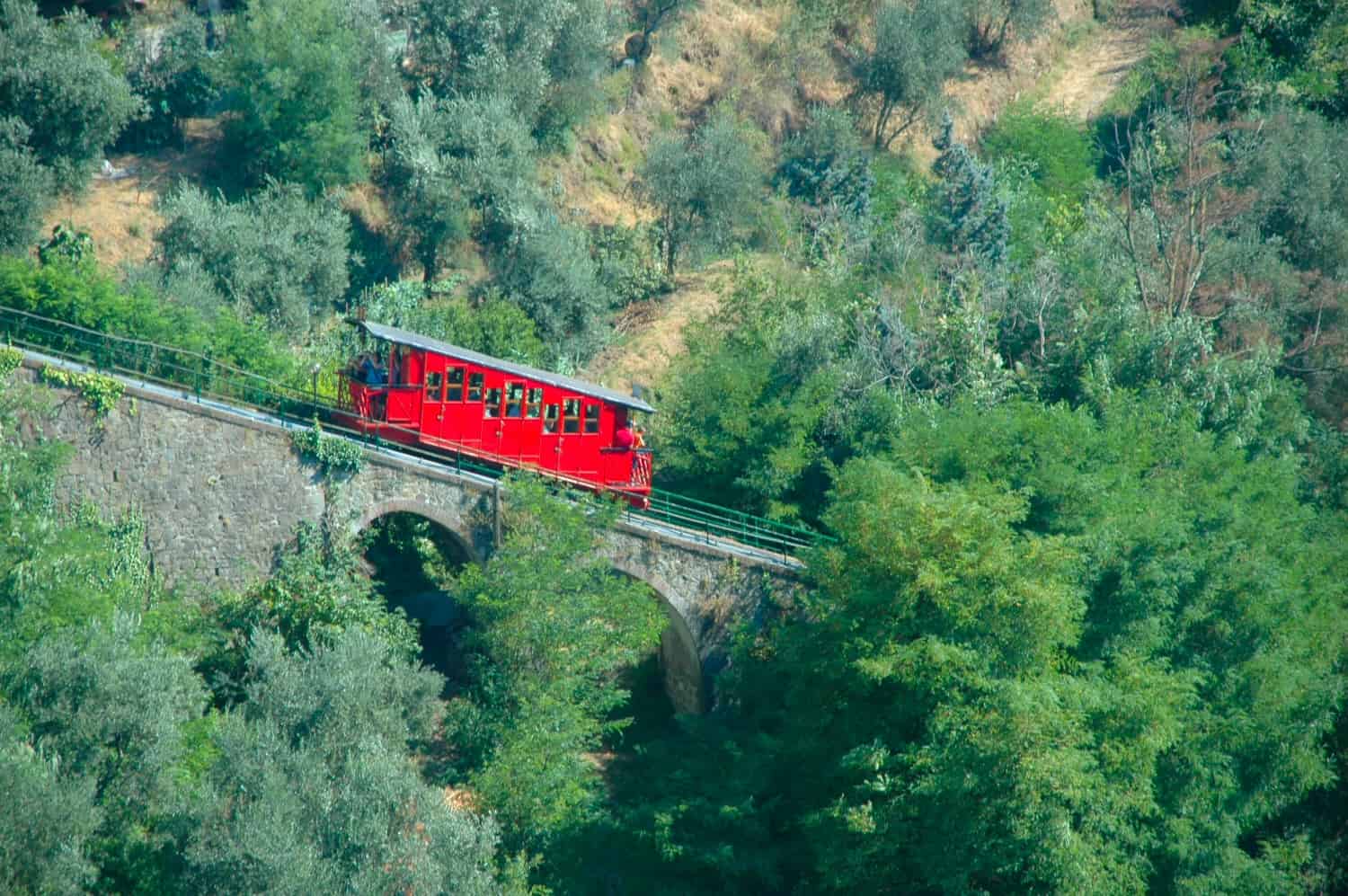
Slide title
Scrivi qui la tua didascaliaButton
Slide title
Scrivi qui la tua didascaliaButton
Slide title
Scrivi qui la tua didascaliaButton
-
Montecatini Terme - The Funicular
Two small cable cars which appear to have stepped out of a Western link Montecatini Terme with Montecatini Alto. Ten minutes to cover one kilometre with a rise of 200 metres and an average ascent at 20% arriving at almost 40% on the final tract. Built in 1898, Montecatini’s Funicular is the oldest in Europe and has been driven on steam since 1921. Damaged during World War II it was returned to service in 1949. From 1977 to 1982 the plant has been brought up to norm through enormous renovation works which have not altered the fascination of the historical little red cable cars which never fail to “salute” halfway along the track. Each cable car can hold 40 people and comprises of one cabin only divided into three sections, with wooden benches and two tiny external balconies – the most requested -, from which one can admire the unique panorama.
Valley Station - Viale Diaz - Montecatini Terme (PT)
Mountain Station - Via Vittorio Veneto - Montecatini Alto (PT)
Telephone +39 0572 766862
Dogs on a leash are allowed to go on the funicular
More Info https://funicolaremontecatini.com/
Montecatini Terme funicular - A bit of history - Timetables and tickets
12/6/2022
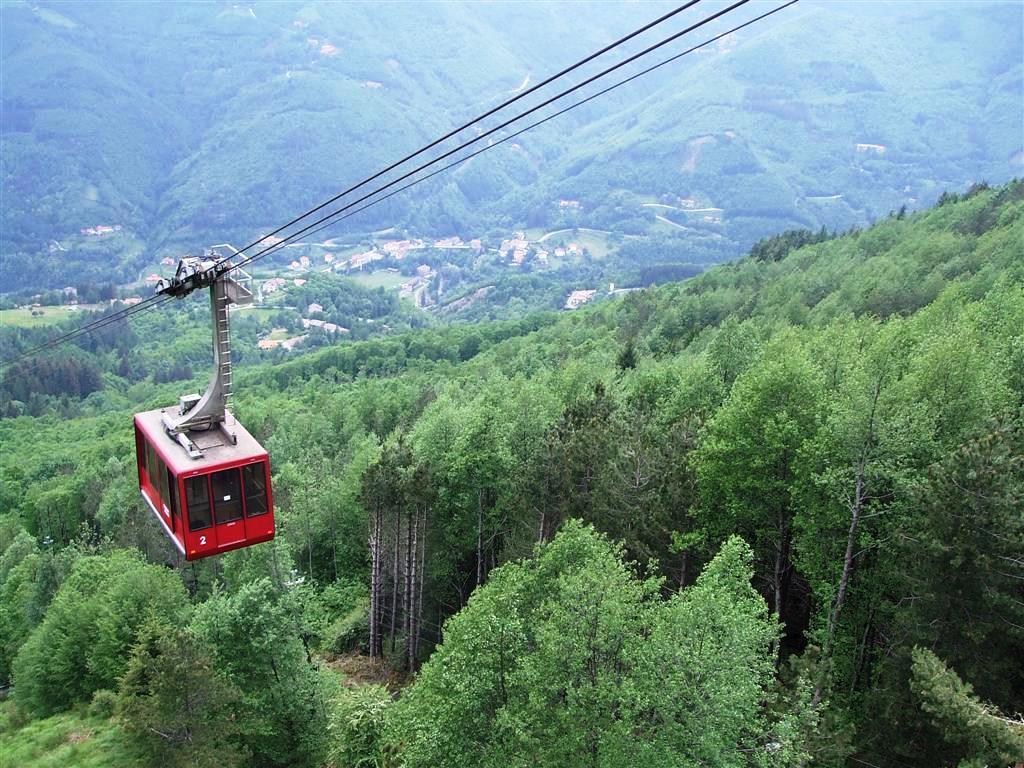
Titolo diapositiva
Scrivi qui la tua didascaliaPulsante
-
Cutigliano - The Cable Car
On the hottest days of the year or for mountain lovers or for families looking for special activities to do with their children, we recommend a trip to the mountains.
After the suspension bridge, a really exciting place, you reach Cutigliano, a beautiful mountain town that is very pleasant to visit.
A cable car also departs from Cutigliano that in winter takes you to the ski fields, while in summer the same fields are transformed into pleasant places for walks and playful activities.
The upstream arrival station is called Doganaccia, a place located on the remains of an ancient customs house between the Duchy of Modena and the Grand Duchy of Tuscany at 1547-1650 meters above sea level.
The air at the Doganaccia is always fresher than the plain and from here you can organize various activities including a walk to Lake Scaffaiolo, or, after a 15-minute walk, reach the exciting Adventure Park.
At the top station, there are also the La Bicocca Restaurant open for lunch with table service and La Grande Baita Pizzeria.
-
Timetable and Tickets
The cable car runs every day from June 18 to September 10 2022 8 am to 12.50 pm and from 2 pm to 5.30 pm.
The ticket price for adults is 12 Euros per person, children from 6 to 12 years 8 Euros.
For further information
Dogs on a leash are allowed to go on the cable car.
Cutigliano - Parco Avventura Orari e Biglietti di Ingresso
15/6/2022

Slide title
Scrivi qui la tua didascaliaButtonSlide title
Scrivi qui la tua didascaliaButton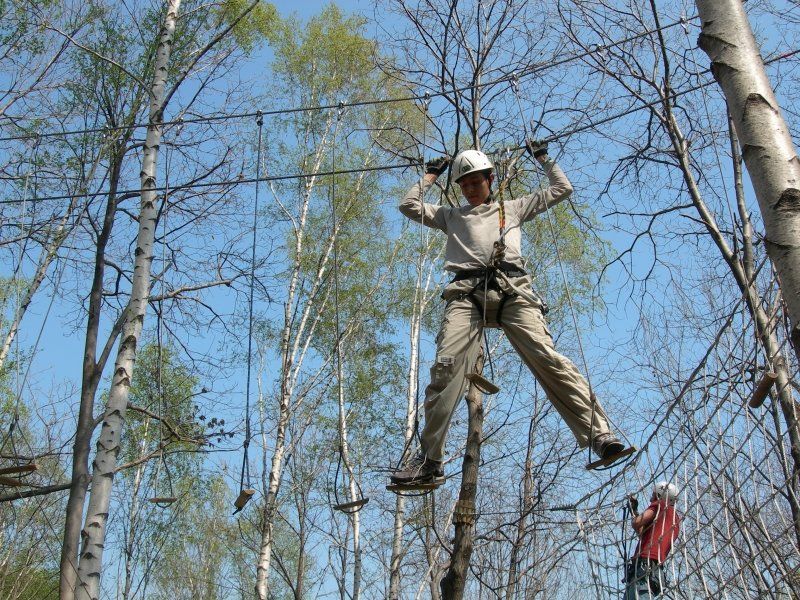
Slide title
Scrivi qui la tua didascaliaButton
-
Cutigliano - Adventure Park
Adventure park on the trees of Cutigliano, a challenge for body and soul! It is 40 minutes drive from the Agriturismo I Pitti. For adults and children from 5 years.
Evolve through the canopy with various means: ladders, bridges, zip lines and others will produce strong emotions and unforgettable memories.
Although you will of course be totally secured you will undoubtedly get a couple of adrenaline rushes. All that combined with our wild and beautiful forest is an excellent means to get rid of the stress of the city.
Reduced entrance tickets for guests of Agriturismo I Pitti and Casa Rowe B&B
-
Opening times and prices
The Adventure Park can be reached by car, or you can get to Cutigliano by car and from Cutigliano you can reach the Adventure Park using the funicular.
Cutigliano - Adventure Park Opening times and Entrance Tickets
15/6/2022
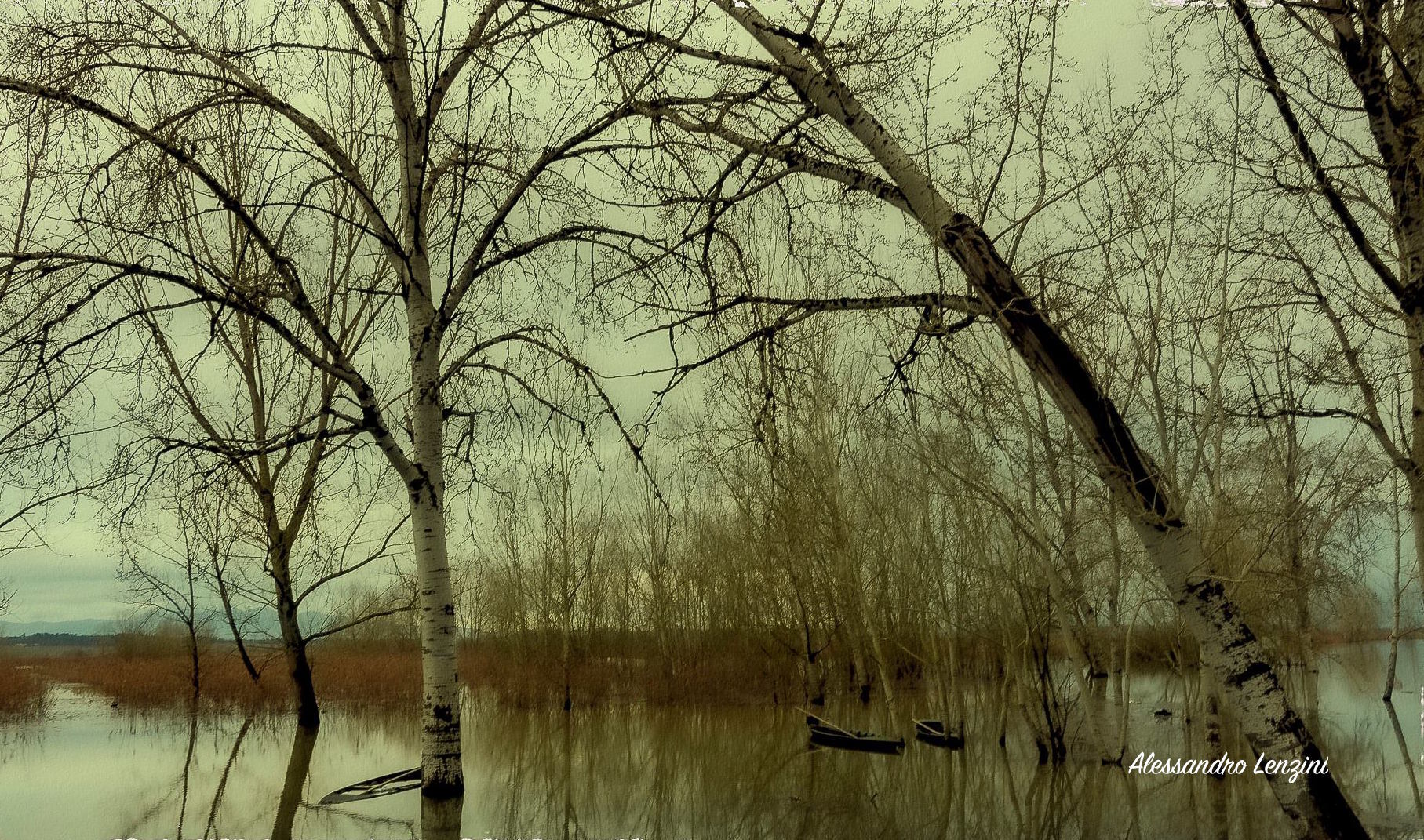
Slide title
Scrivi qui la tua didascaliaButton
Slide title
Scrivi qui la tua didascaliaButton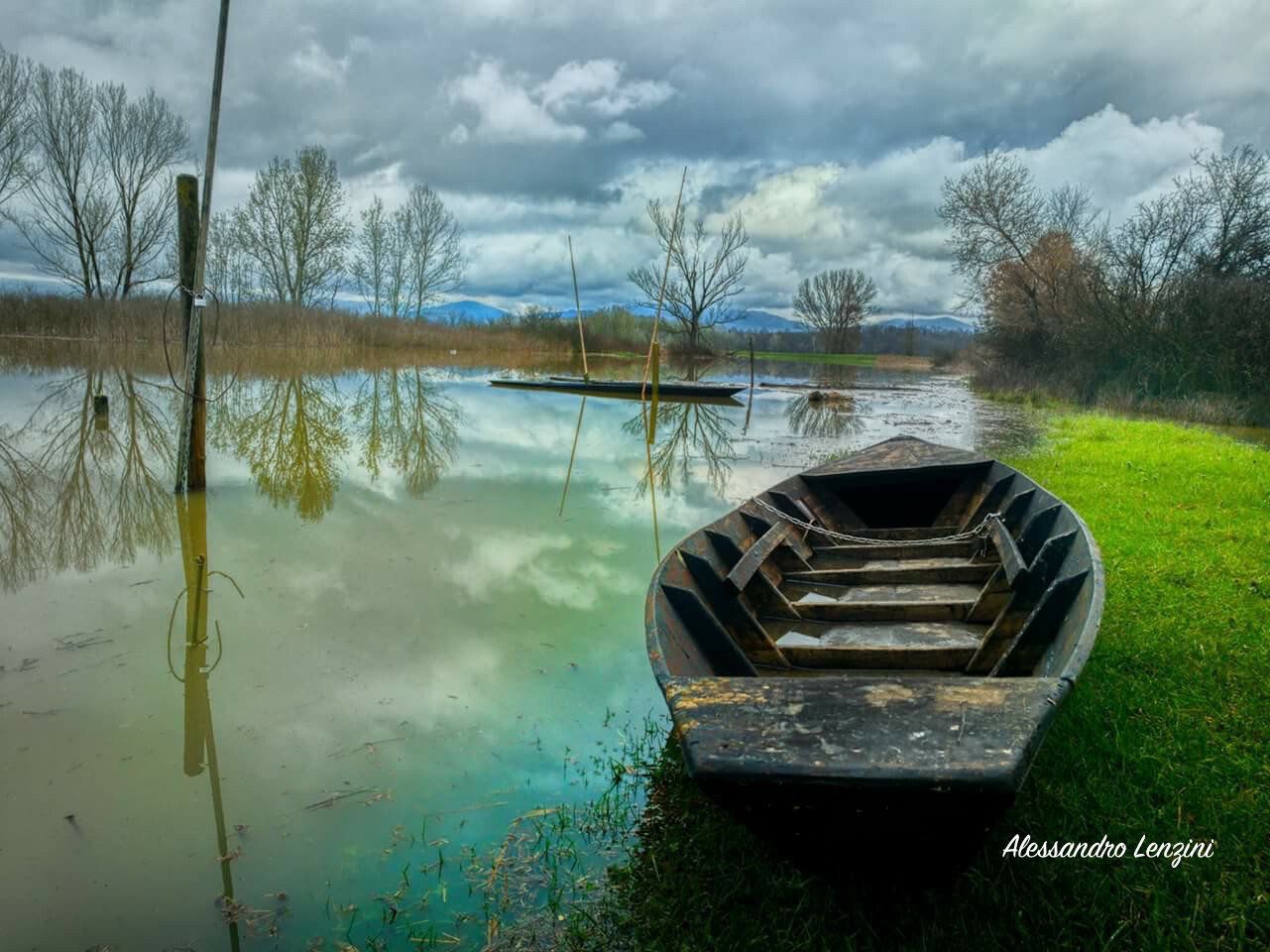
Slide title
Scrivi qui la tua didascaliaButton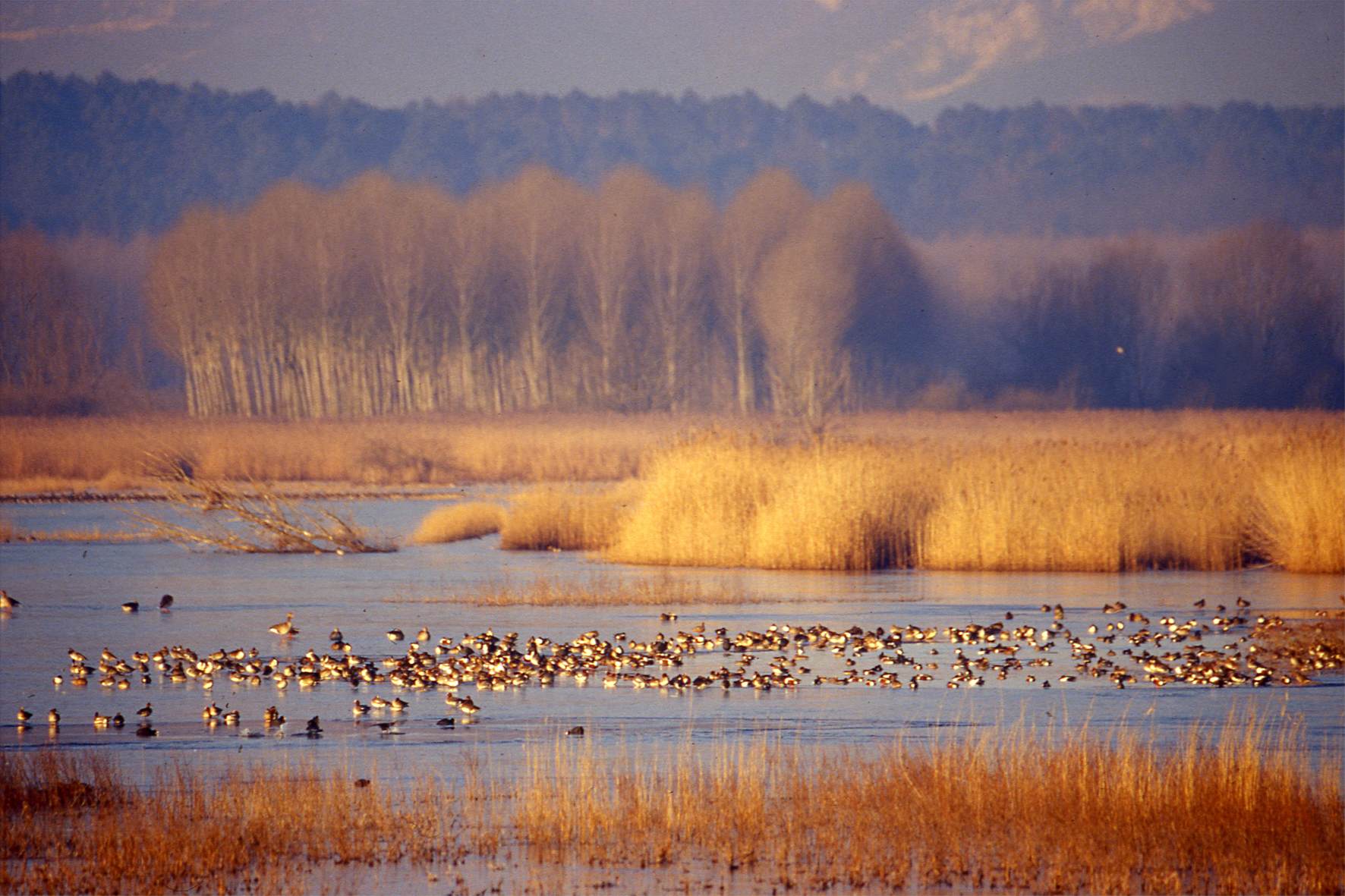
Slide title
Scrivi qui la tua didascaliaButton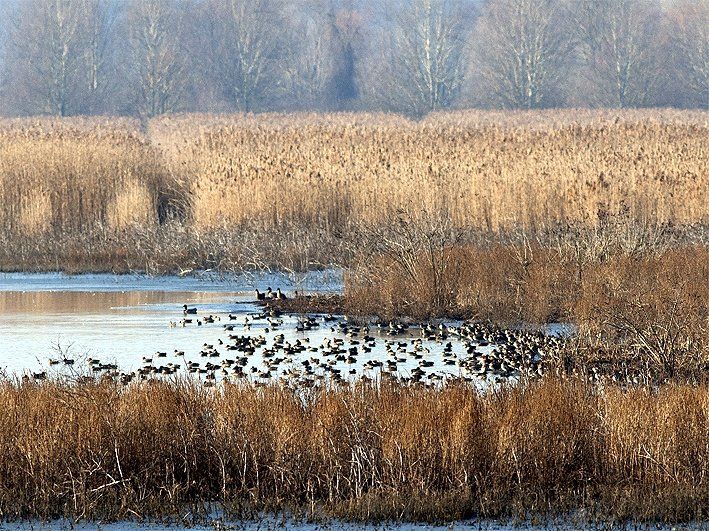
Slide title
Scrivi qui la tua didascaliaButton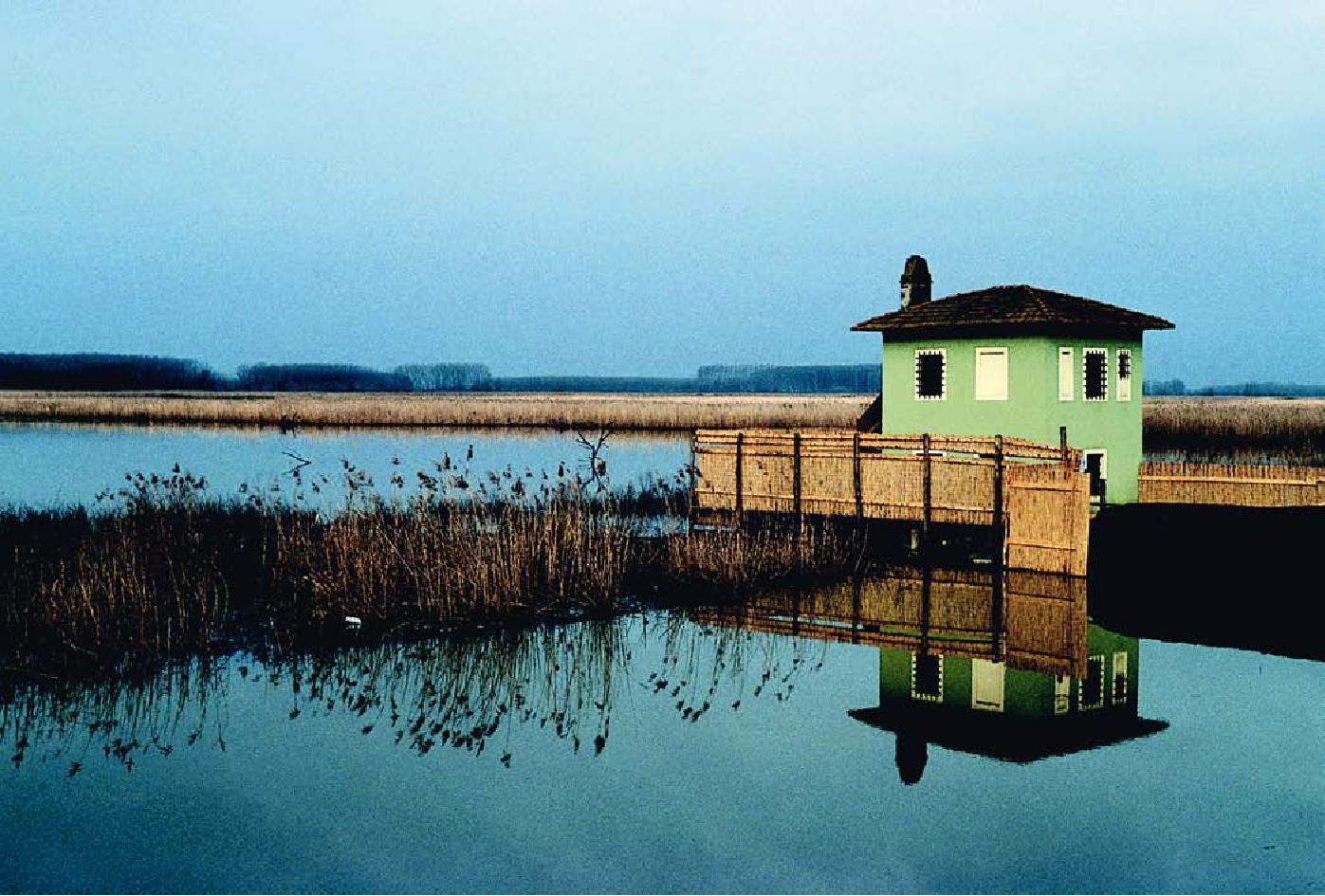
Slide title
Scrivi qui la tua didascaliaButton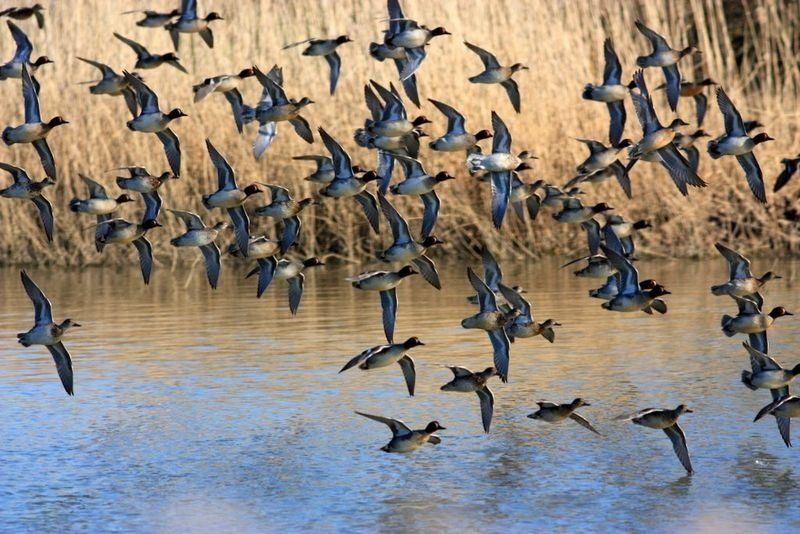
Slide title
Scrivi qui la tua didascaliaButton
-
The Fucecchio Marshes
The Fucecchio Marshes are approx 15 km from the Agriturismo I Pitti.
They cover an area of about 1,800 hectares and are the largest inland marshes of Italy.
The Marshes, due to their particular location, shelter plants adapted to warm, humid climate, as well as cold northern climates and have been considered a biotope of particular interest deserving protection since 1979.
Birdwatching
The Marshland plays a fundamental role in the migratory routes between the Tyrrhenian coast and hinterland, hosting more than 200 different species of birds during the course of the year. Therefore the marshland offers exceptional opportunities for birdwatchers and nature photographers, especially during spring migration and reproductive season. The passage of the migratory birds, together with the cyclical alternating of dry periods with floods, still today shows the natural rhythm of the seasons: an aspect of the Marshland that can be appreciated also with repeated visits over time.
The herons are a particularly important feature here, where they are concentrated in a large heronry, a real "city of herons" with thousands of birds consisting of parents, and last year's new born. This is the most important nesting colony in south-central Italy, for the number of breeding pairs (about 1000) as for the simultaneous presence of seven different species: Night Heron, Little Egret, Squacco Heron, Cattle Egret, Grey Heron, Great White Egret and Purple Heron.
Some activities, related to working the marshland grasses, have managed to survive: a few skilled craftsmen still gather and weave the local swamp grasses as “sarello” and “sala” to cover seats and flasks and manufacture other objects of every-day use, as well as “gaggia” and other typical plants.
Walk into the swamp choosing from one of its many tourist trails that can be enjoyed on foot and by bike.
Discover this extraordinary natural corner that despite being unique in Italy and its huge importance from many points of view is still little known outside local fields. We hope that the sensitivity of careful tourism may bring the beauty of this place to the light of the world and help to preserve a unique ecosystem.
The easiest and most requested visiting tour is the “Le Morette” walking tour, particularly suitable for birdwatchers and nature enthusiasts.
The trail starts at the Castelmartini Visitors’ Centre that provides plenty of documentation on the wetlands: a small photographic exhibition on the flora and fauna, aquariums with the most common species of fish, local handiwork made from the marshland grasses and a well supplied library.
From here following the road signs for the Nature Reserve you will reach a panoramic road at the Morette Harbour, where it is best to leave your car before reaching the bridge.
The walk through the marshland basin begins after the bridge, along the banks of the canal, and after several more hundred metres stands the Green (or Biagiotti) Hut that has been refurbished into a wildlife observatory. Look through the slits of the screens for a view of the stretches of open waters inside the Reserve, with their margins protected by extensive reed beds.
Opposite the observatory, during the spring and summer months, some of the emerging bushes and the large reed thicket support the heronry, with nests belonging to seven different species of heron; in autumn and winter the water ponds are home instead to thousands of ducks, coots and other overwintering water birds.
The best time of the year to visit the Reserve is Spring, from March to the first half of June. In the summer the best times are dawn and dusk to avoid the hottest hours of the day. From September to January the best days of the week are Tuesday and Friday (when hunting is prohibited) because the Reserve is surrounded by areas where hunting is permitted.
Padule di Fucecchio
Castelmartini (PISTOIA)
http://www.zoneumidetoscane.it
Padule di Fucecchio Visiting hours and advices
15/6/2022
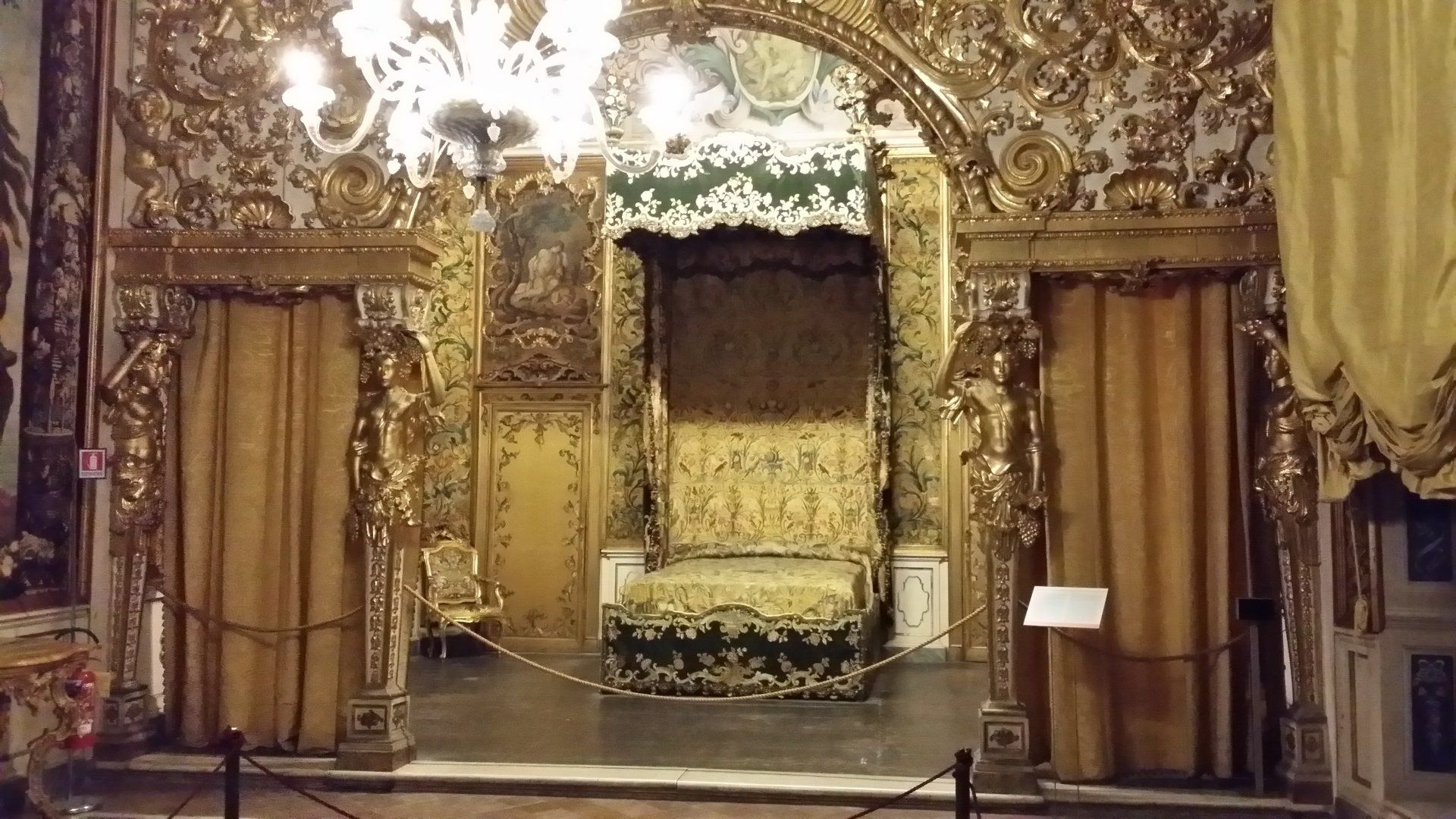
Slide title
Scrivi qui la tua didascaliaButton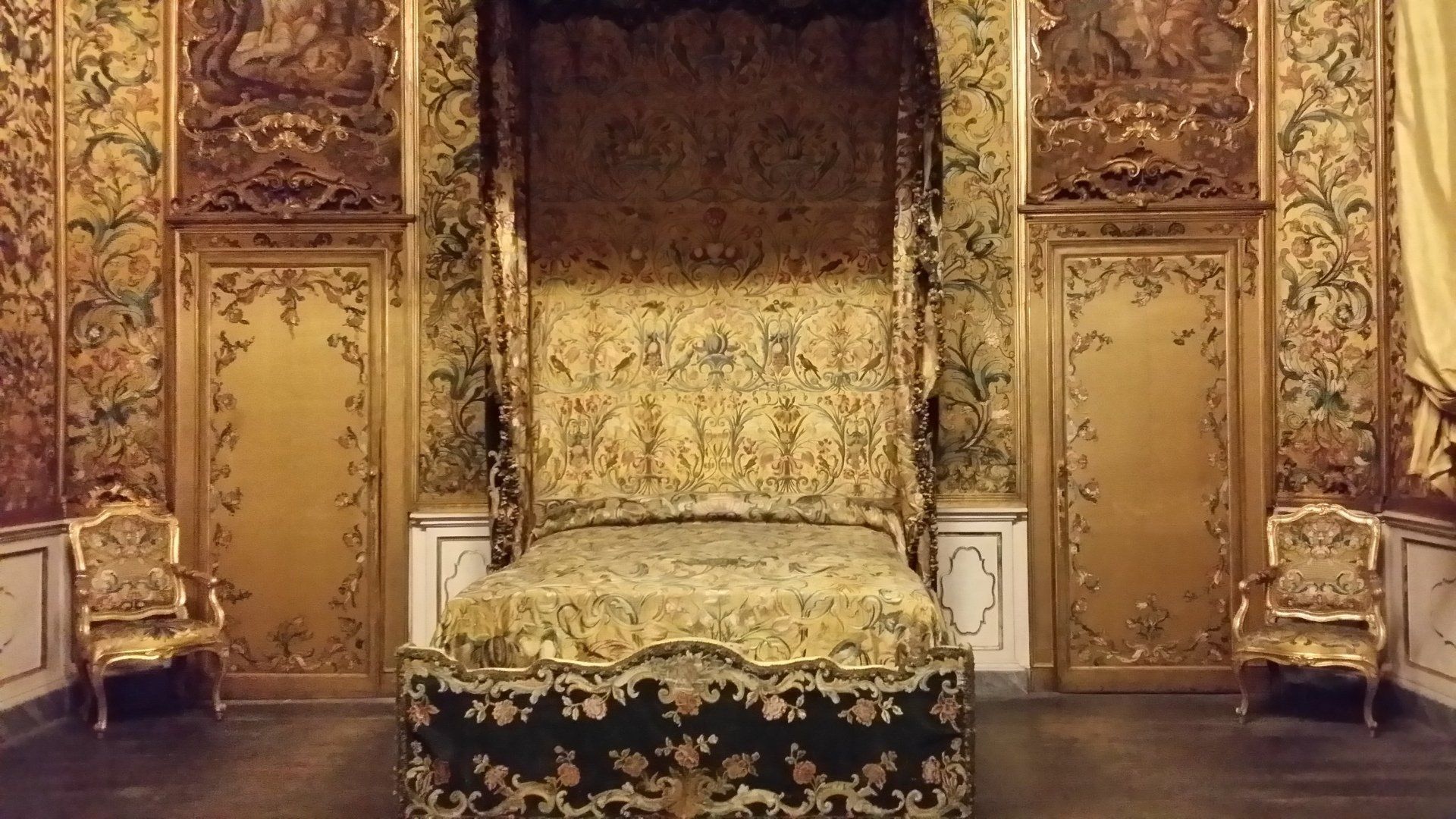
Slide title
Scrivi qui la tua didascaliaButton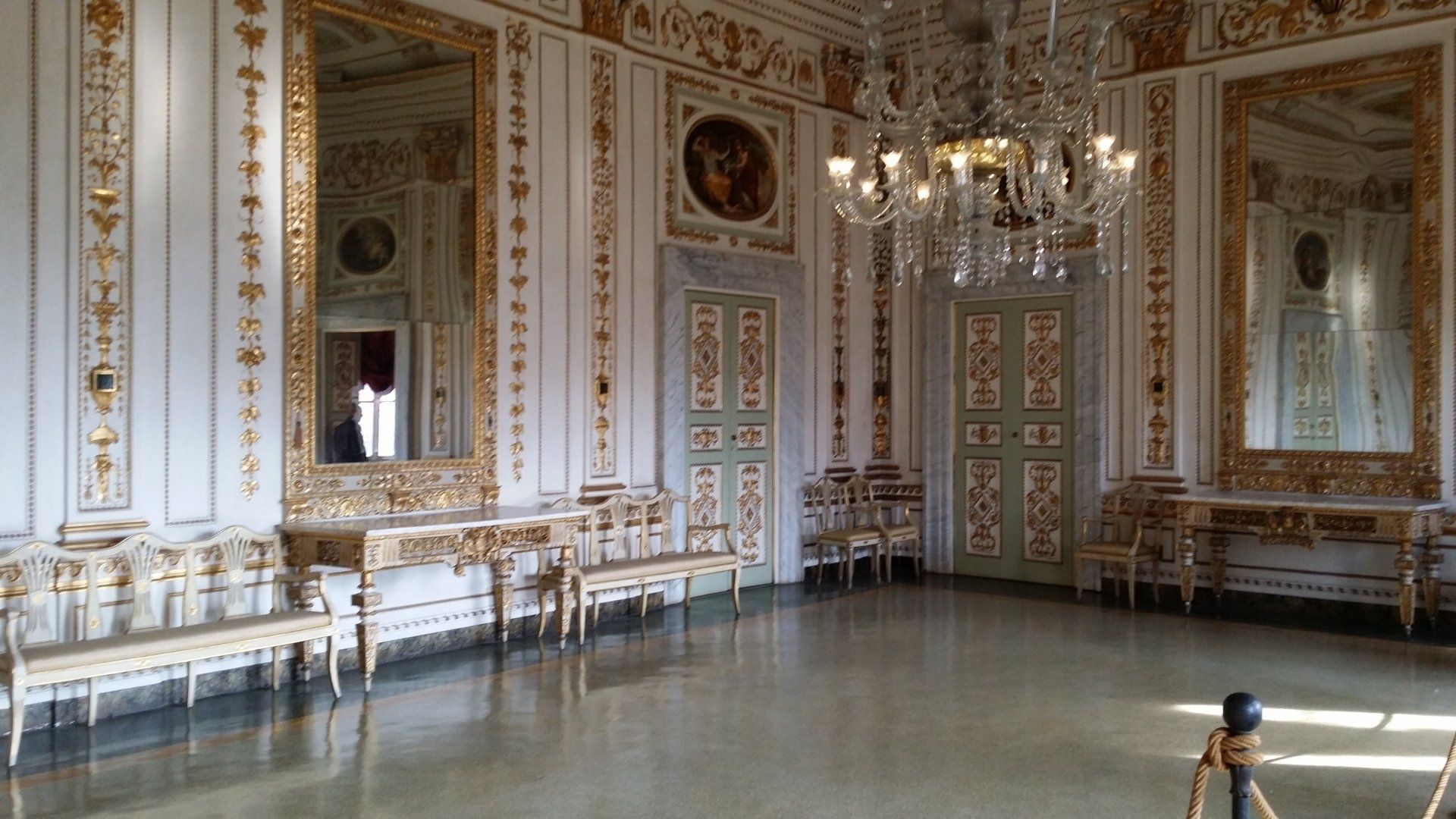
Slide title
Scrivi qui la tua didascaliaButton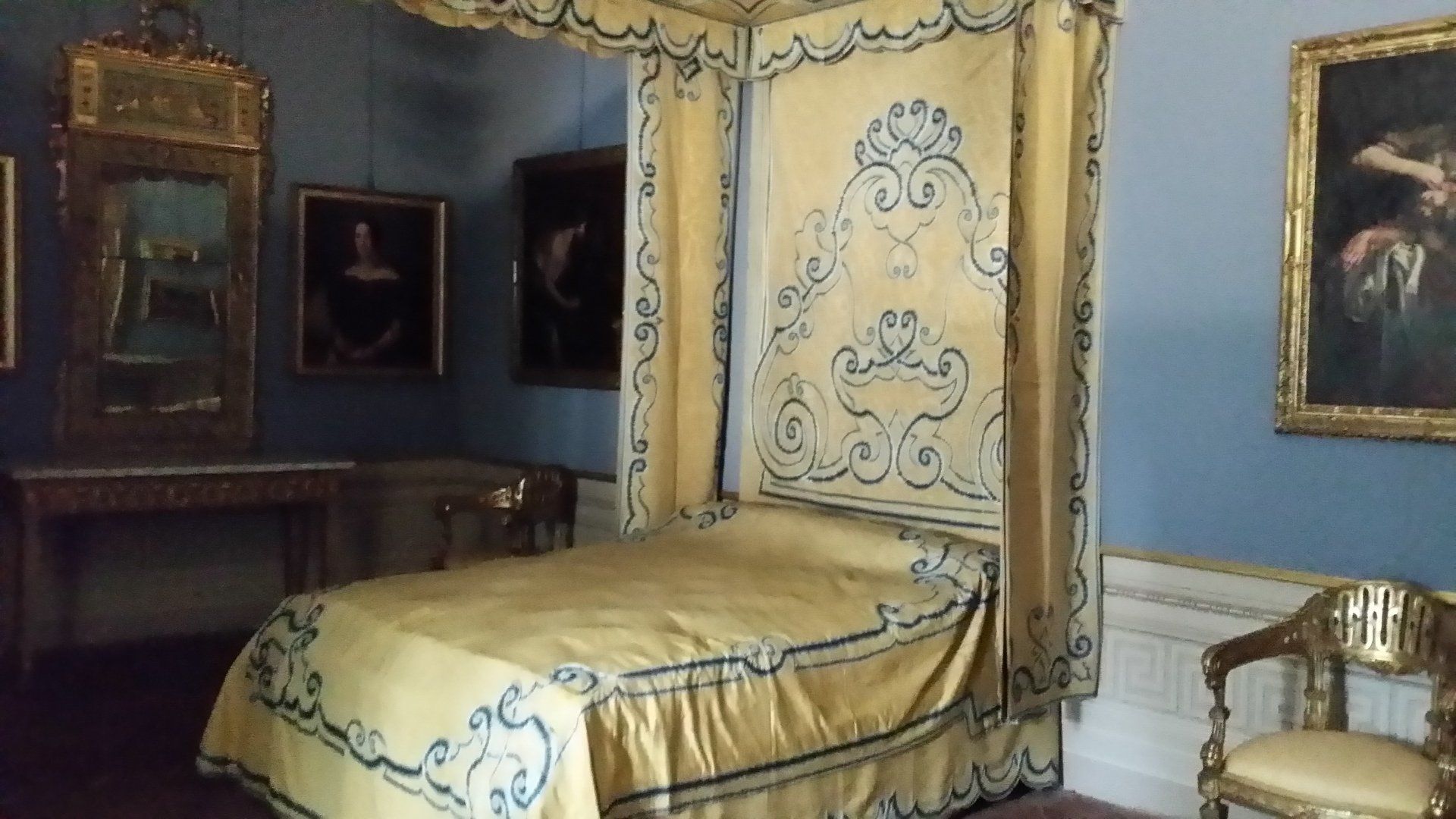
Slide title
Scrivi qui la tua didascaliaButton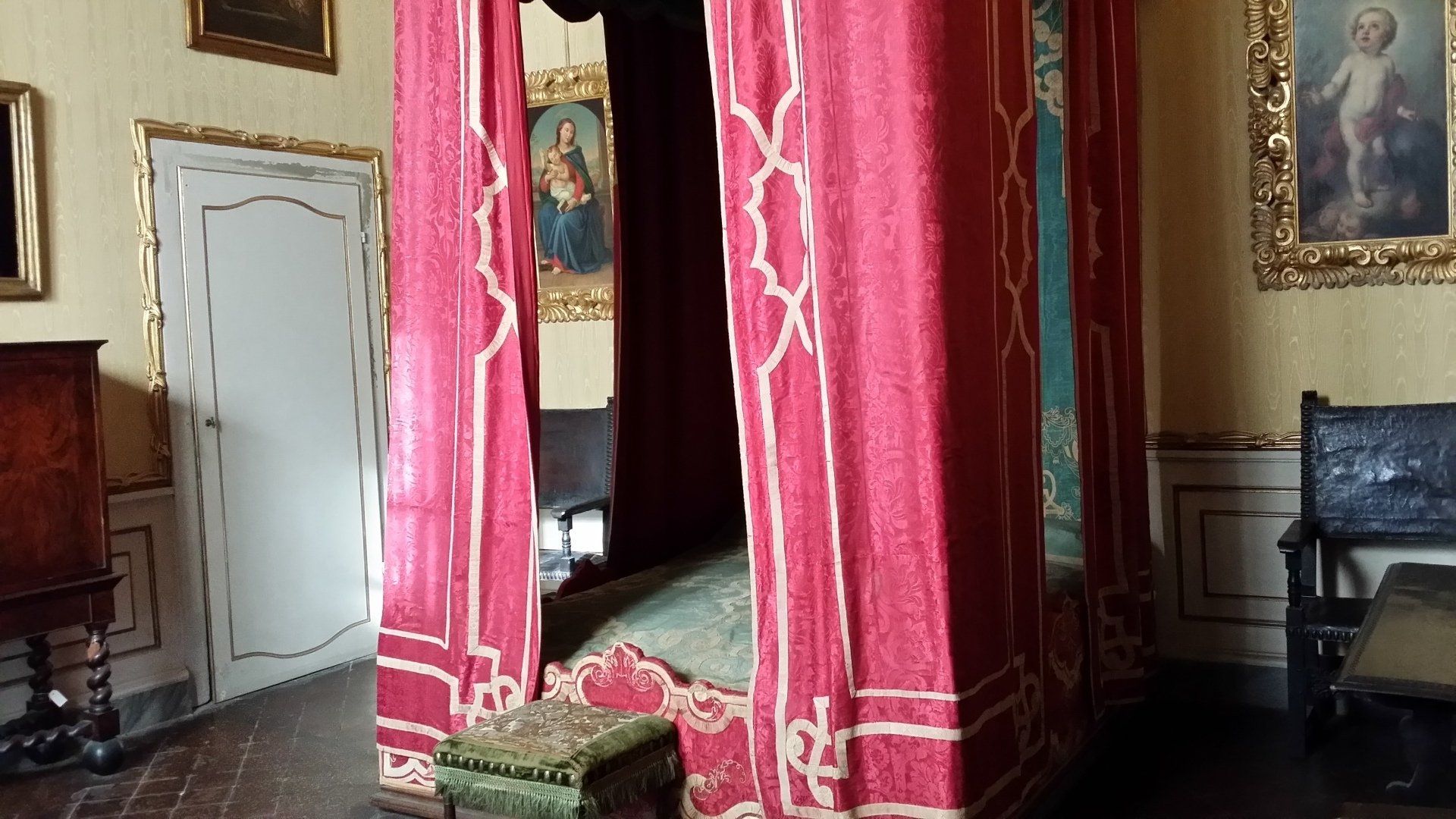
Slide title
Scrivi qui la tua didascaliaButton
-
Lucca - Palazzo Mansi and the bedroom of a princess
If you want to give your children an idea of how the ballroom and the bedroom of a princess could look like, I suggest you to visit the Palazzo Mansi in Lucca.
Due to its characteristics and its prestigious furniture Palazzo Mansi can be considered the "Museum of the patrician residence of Lucca." The building acquired its present appearance in the eighties-nineties of the seventeenth century, following the regrouping of existing medieval buildings owned by the Mansi family, who became one of the most eminent families of the city thanks to a flourishing mercantile activity. The task of building a dwelling adequate to the rank of the lineage was entrusted to the Lucchese Raffaello Mazzanti, while the interior decorations were made by fresco painters from Bologna and Florence.
On the main floor, the music hall and the three salons with the alcove are the main reason to visit the museum, thanks to the wealth of Flemish seventeenth century tapestries that cover the walls, the eighteenth-century silk embroideries of the bedroom, and the scenographic decorations in carved and gilded wood.
A rich art gallery forms an integral part of the Museum (among 83 paintings, there is the famous Portrait of Young Man of Pontormo, 1525) which was donated to the city by King Leopold II of Lorraine at the time of the annexation of Lucca to the Grand Duchy of Tuscany, placed in the spaces where originally the picture gallery of Mansi was located, dispersed mostly in the second half of nineteenth century.
On the ground floor, previously destined for the summer stay of the family members, is on a weaving workshop that recreates rustic techniques and decorative motifs of a traditional production of Lucca.
-
Opening time and prices
National Museum of Palazzo Mansi
Via Galli Tassi 43
55100 Lucca
Opening time
Tuesday, Thursday, Friday, Saturday, first and third Sunday of the month 9.00-19.30 (last admission 18.00).
Wednesday 12.00-19.30 (last admission 18.00)
Saturday 25 June 12.00-19.30 (last admission 18.00)
Closed
Mondays, January 1, December 25.
Entrance
Full price € 4.00, reduced € 2.00;
Free admission for persons under 18 years.
15/6/2022
Palazzo Mansi and the bedroom of a princess
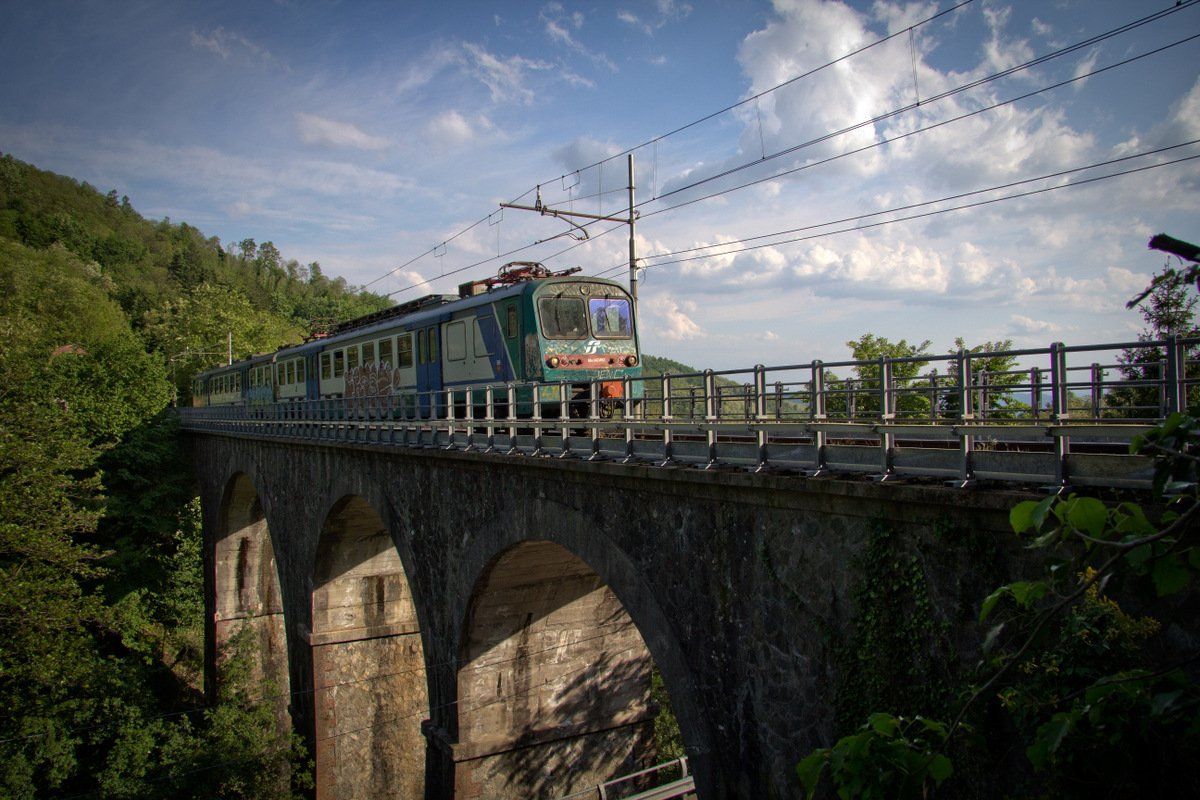
Slide title
Scrivi qui la tua didascaliaButton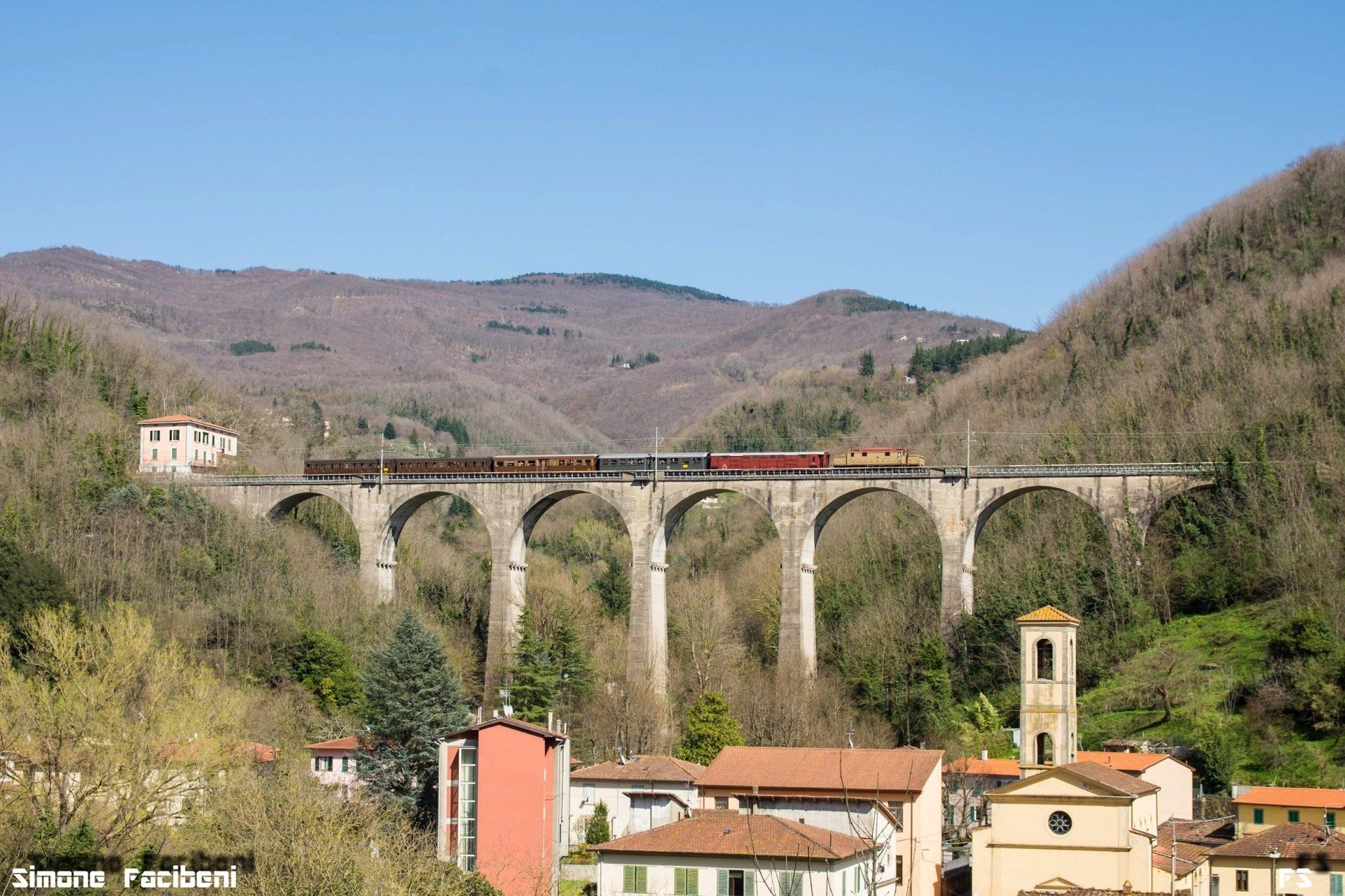
Slide title
Scrivi qui la tua didascaliaButton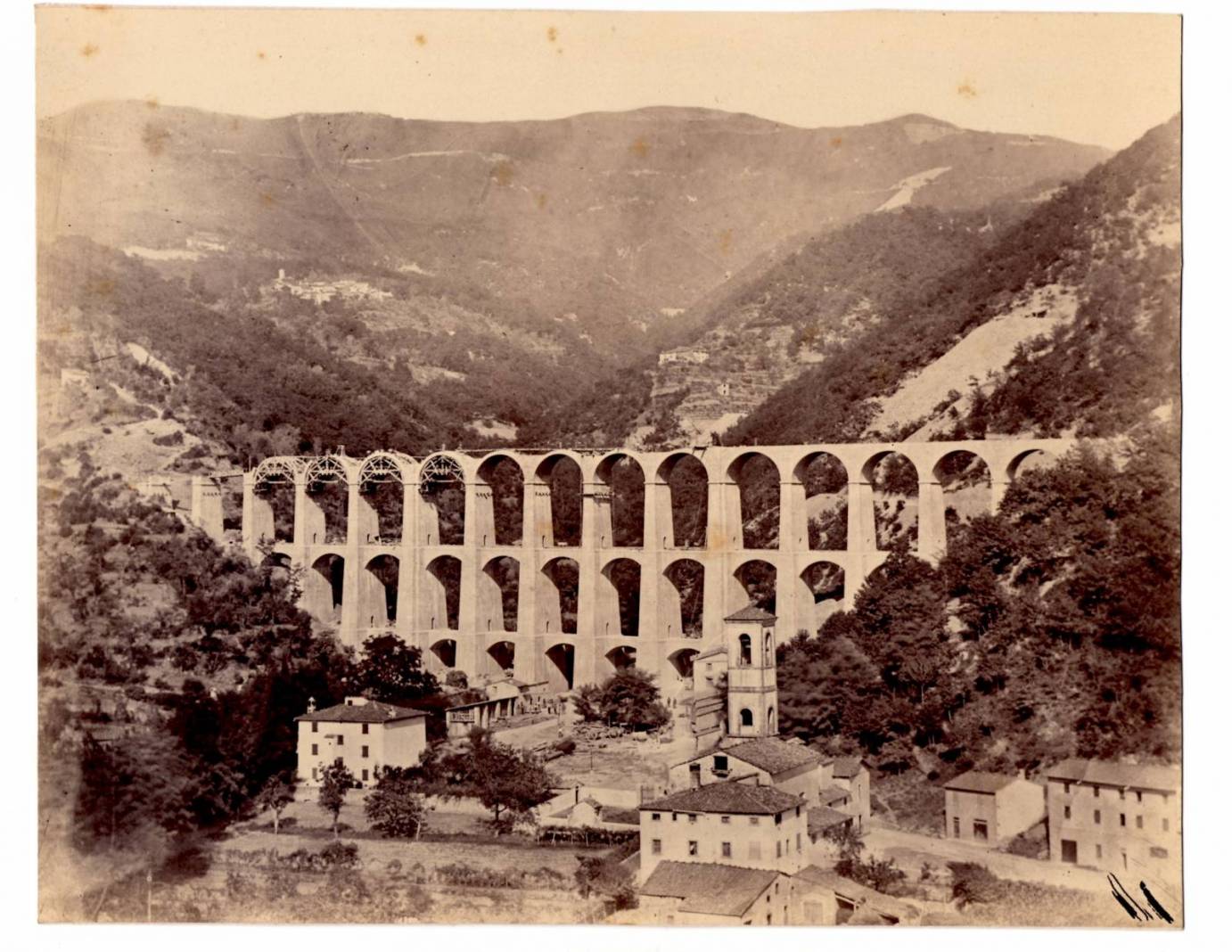
Slide title
Scrivi qui la tua didascaliaButton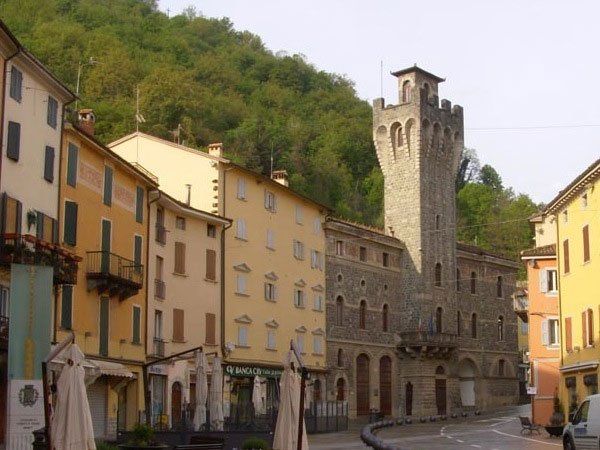
Slide title
Scrivi qui la tua didascaliaButton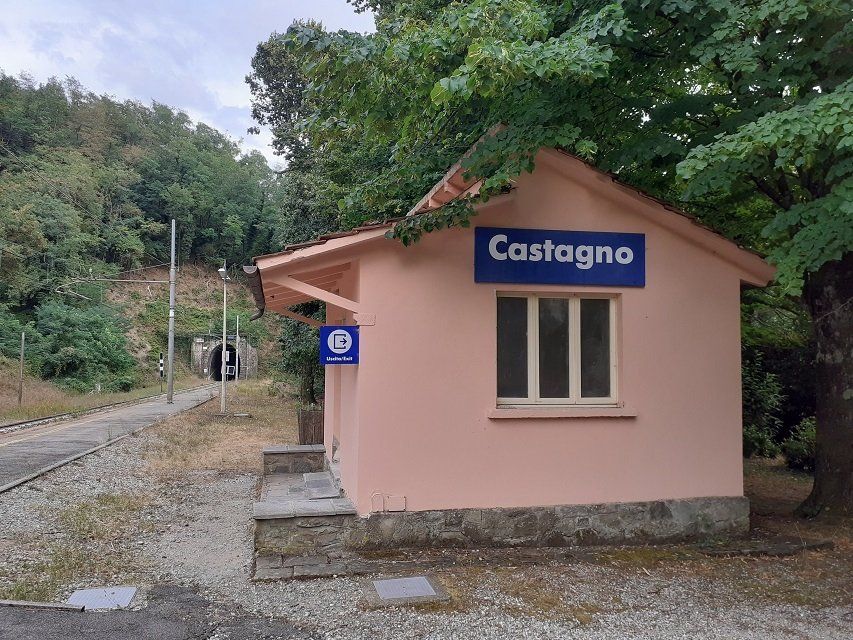
Slide title
Scrivi qui la tua didascaliaButton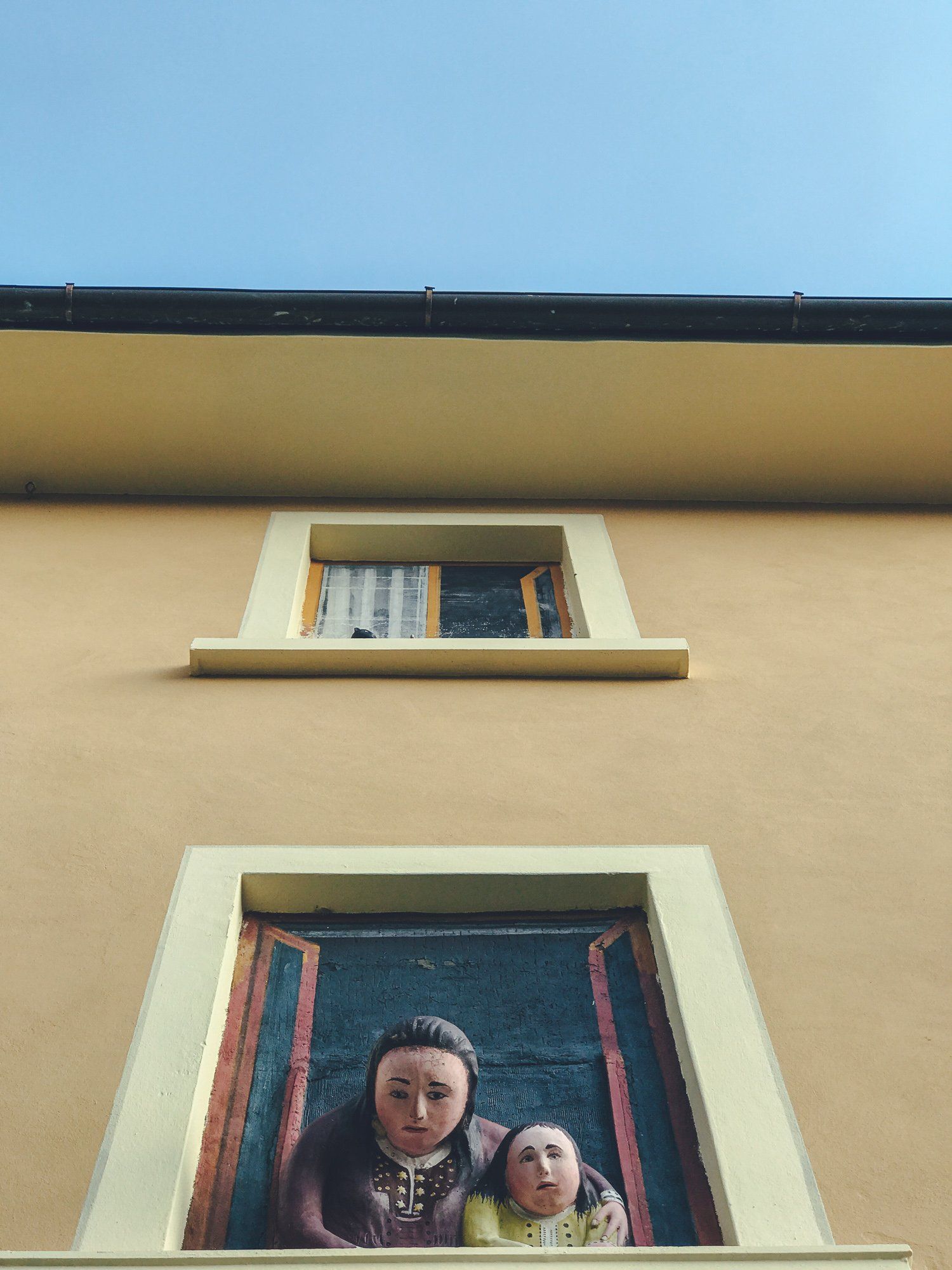
Slide title
Scrivi qui la tua didascaliaButton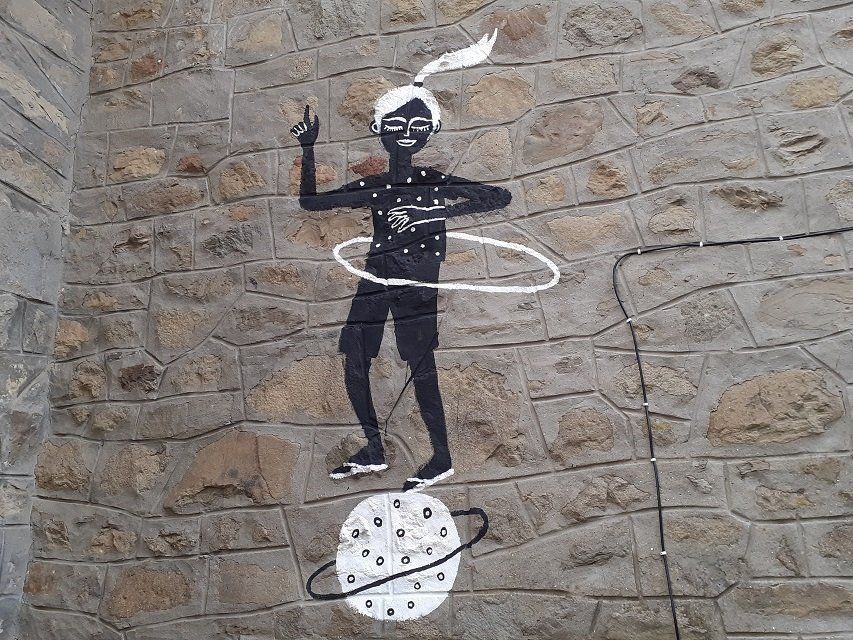
Slide title
Scrivi qui la tua didascaliaButton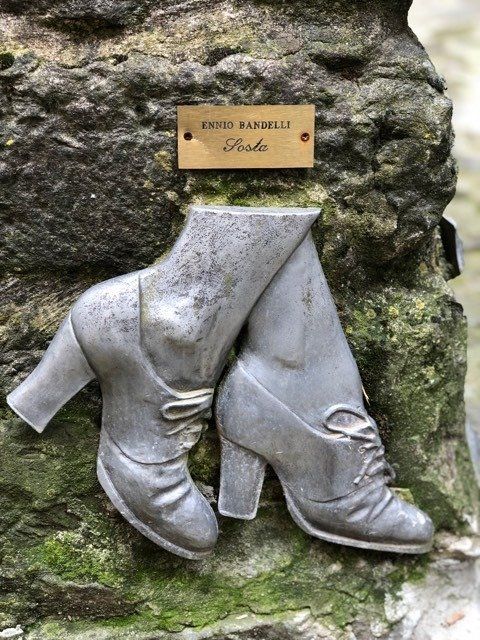
Slide title
Scrivi qui la tua didascaliaButton
Slide title
Scrivi qui la tua didascaliaButton
Slide title
Scrivi qui la tua didascaliaButton
-
Pistoia - The Porrettana Railway
Children have always loved to take the train. A railway line known as the Porrettana departs from Pistoia, which was inaugurated in 1864 and which at the time connected northern Italy and the center, crossing the Apennines for the first time. The "Transappenninica" following the Reno and Ombrone valleys, connects Bologna to Pistoia and is 99 km long. This railway line is still active and consists of two sections: from Pistoia to Porretta Terme (39 km) and from Porretta Terme to Bologna (60 km).
The stretch up to Porretta Terme is a beautiful idea for a daily excursion to discover the harshness and sweetness of the mountain landscape, on this train that travels climbing up the Tuscan-Emilian Apennines along numerous viaducts and six tunnels that were at the time at the forefront of design. One of the difficulties was the difference in height between 650 meters above sea level of Pracchia (the highest point) and 60 meters above sea level of Pistoia in 25 km, which led designer and French engineer Jean Louis Protche to develop new solutions, such as the creation of a semi-spiral tunnel in the Piteccio-Corbezzi section that styretched the route, thus decreasing the incline, or the construction of ventilation shafts in the numerous tunnels to evacuate the fumes of the locomotives.
The viaduct of Piteccio is impressive in its majesty, overlooking the town of the same name in the Pistoia area, bombed in the Second World War, but rebuilt after the war.
Starting in the morning from Pistoia, in an hour's journey you reach Porretta Terme, a very popular place when going to the spa was not only a must for health, but also a fashion habit that allowed meetings with personalities from entertainment, politics, cinema . After lunch, we recommend taking the train back to the valley, but stopping at Il Castagno, the open air museum village, which offers the visitor surprising glimpses with numerous works of art placed in the town streets.
The last train from Castagno to Pistoia leaves at 18.54. Make your way to the station in time!
The Porrettana Railway - Brief History and route advice. Stop at Castagno for a short visit
12/6/2022
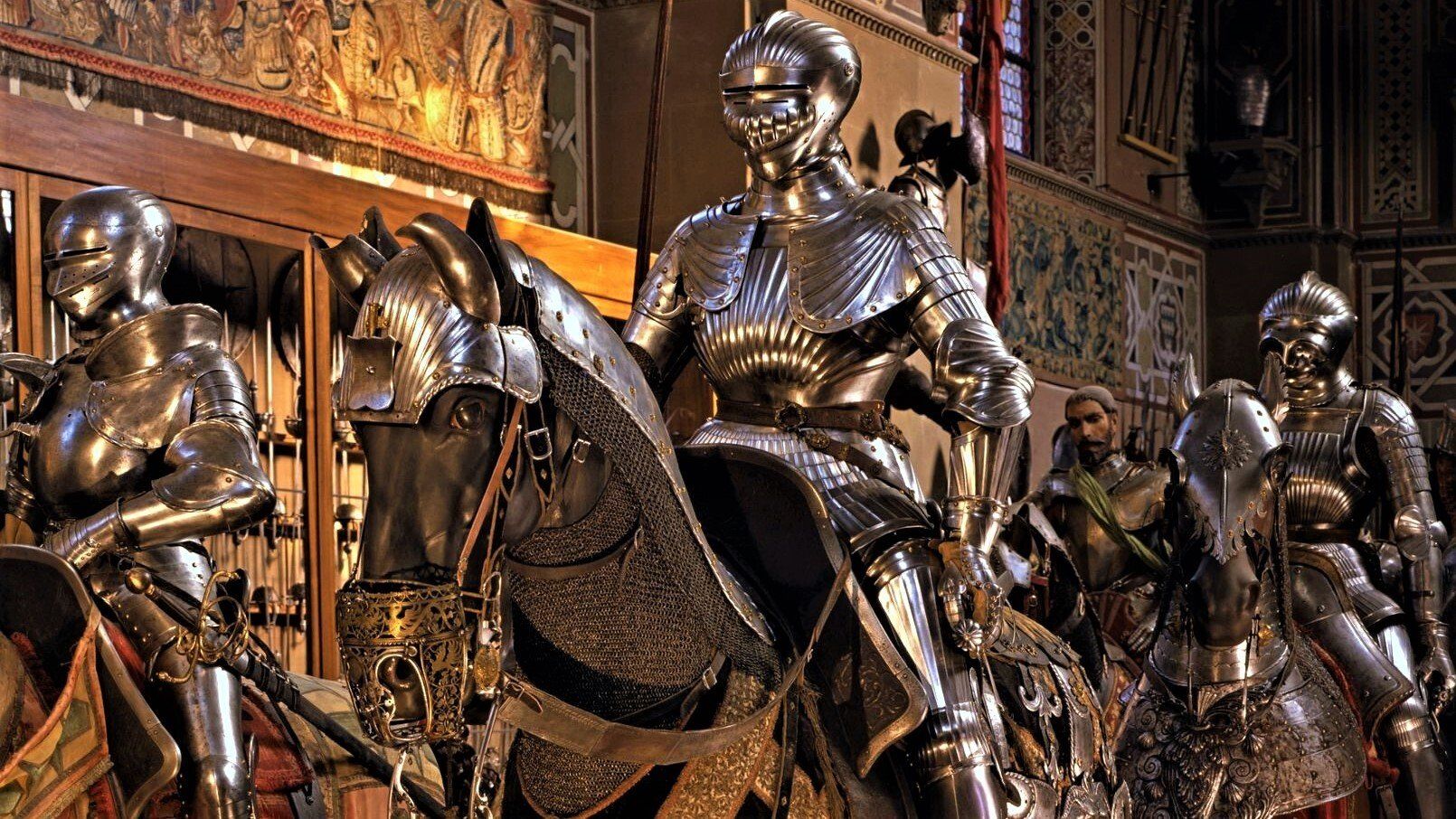
Slide title
Scrivi qui la tua didascaliaButton
Slide title
Scrivi qui la tua didascaliaButton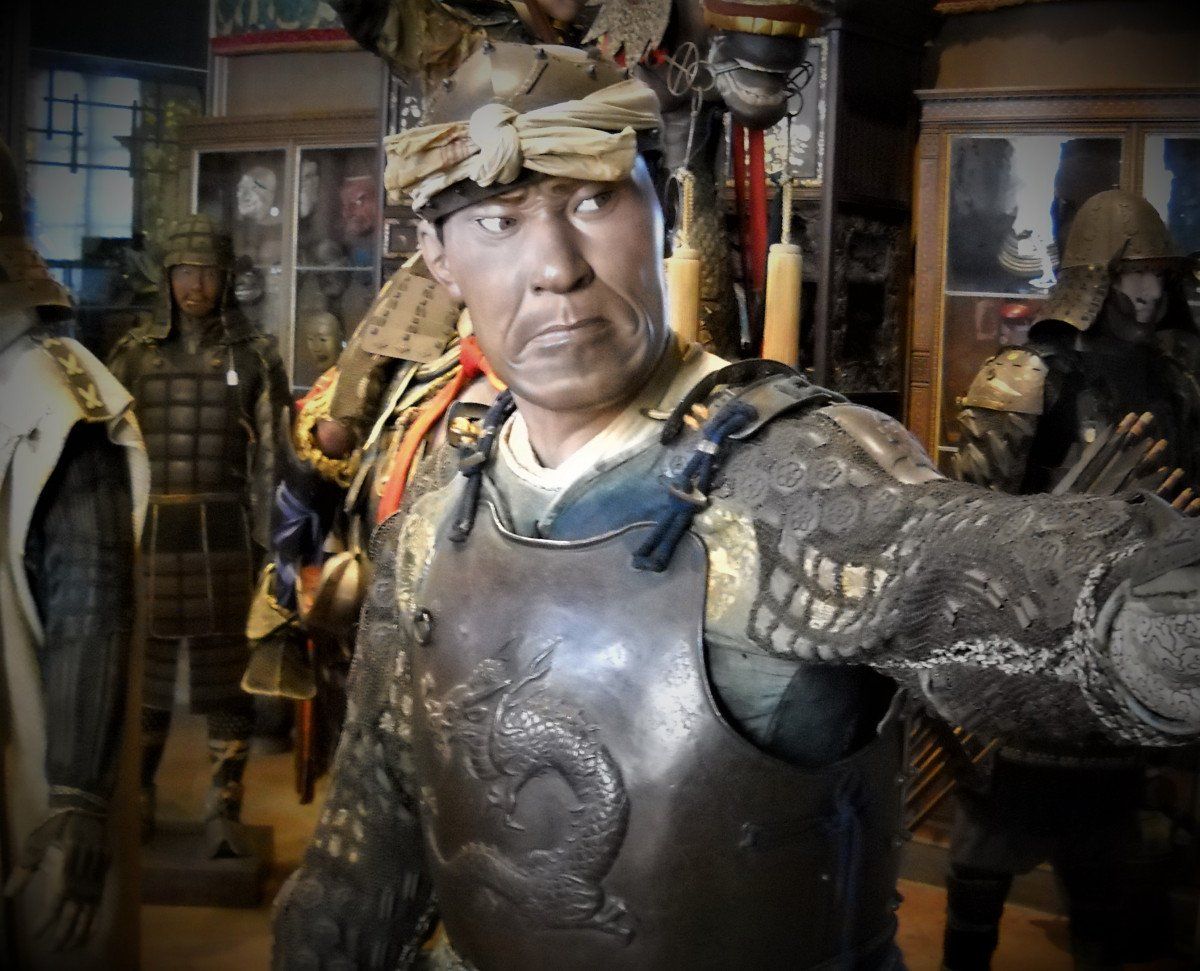
Slide title
Scrivi qui la tua didascaliaButton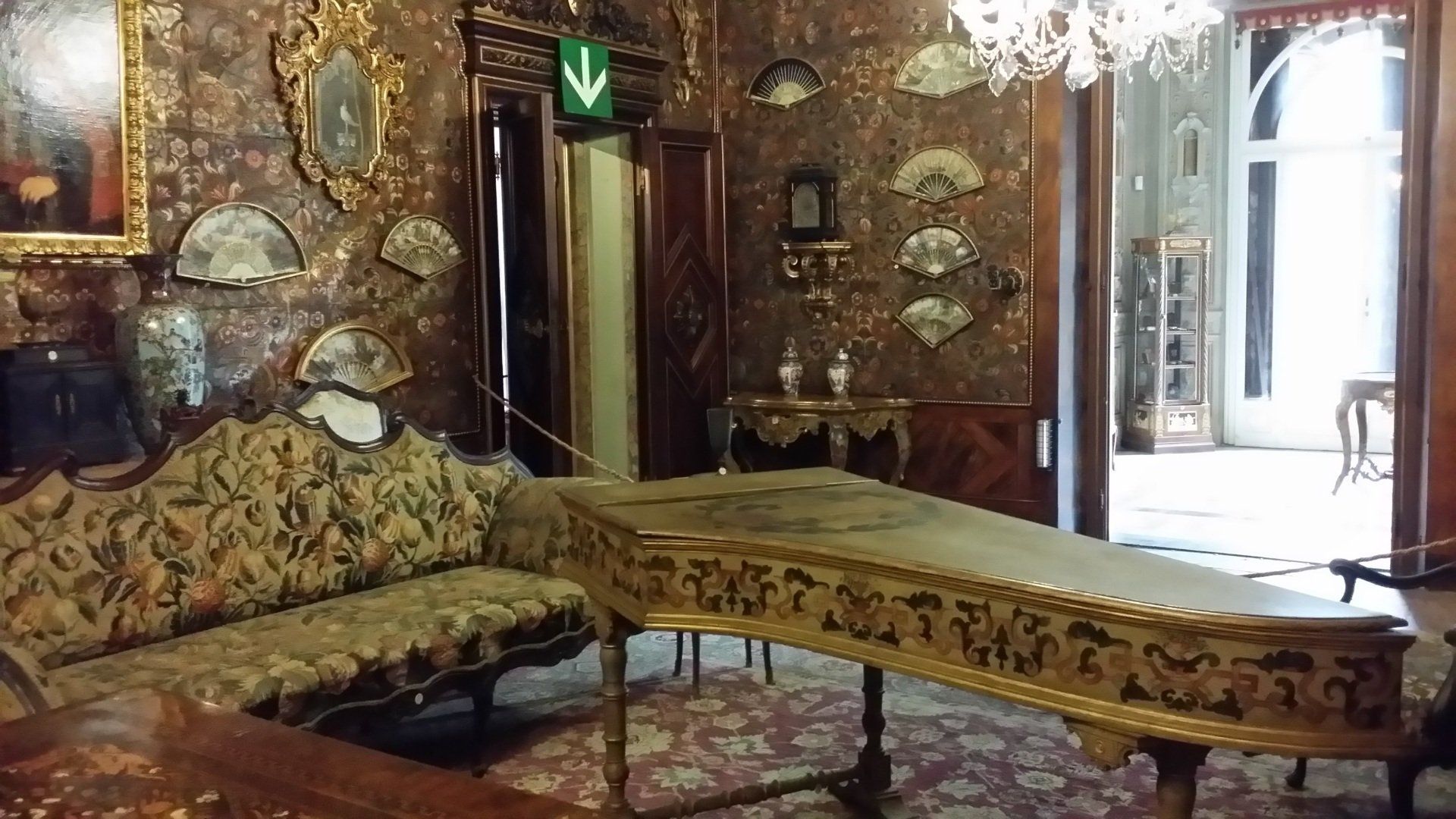
Slide title
Scrivi qui la tua didascaliaButton
-
Florence - The Stibbert Museum
The history, tokens of the past and distant places: the culture experienced and told through the costumes and works, as well as the war accessories, presented in an absorbing setting. This is the museum of Frederick Stibbert (1838 - 1906), a distinguished man with the moral and civic values of the past. Born to a Tuscan mother and an English colonel of the prestigious Coldstream Guards, as well as grandson of the general governor of Bengal, Stibbert lived in an environment imbued with military culture consisting of honour, commitment and a sense of duty. We shouldn’t forget that the whole of history and also the developments of mankind arise from war research: from Leonardo da Vinci to Pascal’s triangle, from gunpowder to nuclear energy.
Frederick Stibbert was born in Florence in 1838. Educated in English colleges, after just turned 20 years old, he inherited a fortune and devot- ed it to a challenging cultural and educational project: “My museum, on Montughi hill, which costs me huge sums of money, much attention and hard work,” in the words of his will, whereby he left the museum to the City of Florence for the knowledge of scholars and to educate the young. A sanguine person, a lover of life and beauty, an independent spirit dis- inclined to the formal rigidity of the military life.
The museum is a walk through history and culture; each individual piece has something to say. The quality in the selection of pieces is surpris- ing: 2,000 for every armoury, which reveals a surprising knowledge of those cultures, so far away at the age. The constantly growing collection consists of more than 50,000 objects, divided into thematic areas: Euro- pean armoury and Japanese armoury (the rst of its kind in Italy in 1870 and one of the rst outside Japan). Then, there’s Islamic armoury, which is still one of the world’s richest collections. In the museum you can also nd costumes, porcelain and a rich picture gallery with works such as Madonna di Allori, Medici portraits, two works by Luca Giordano, as well as a portrait of Francesco dei Medici attributed to Il Bronzino.
It is a museum that is particularly suitable for young people of school age who have the opportunity to see real weapons, armor and costumes that have also greatly inspired the costumes of the most beloved Fantasy characters.
We recommend a visit to the romantic English-style gardens, designed by Giuseppe Poggi, with temples, lakes, grottos, fountains and an elegant lemon house.
-
Opening time and tickets
Stibbert Museum
Via Federigo Stibbert, 26
50314 Florence
☞ http://www.museostibbert.it/
Tel. Ticket office 055 475520
Opening times:
Monday - Wednesday 10:00 - 14:00
Friday - Sunday 10:00 - 18:00
Closed on Thursday
Closed on: 1st January, Easter Sunday, 1st May, 15th August, 25th December.
Entrance ticket:
Full: 8.00 EUR
Reduced: EUR 6.00
(children up to 12 years)
The ticket office closes 45 minutes before closing time.
15/6/2022
The Stibbert Museum in Florence tickets and entrance times and some useful information about the collection
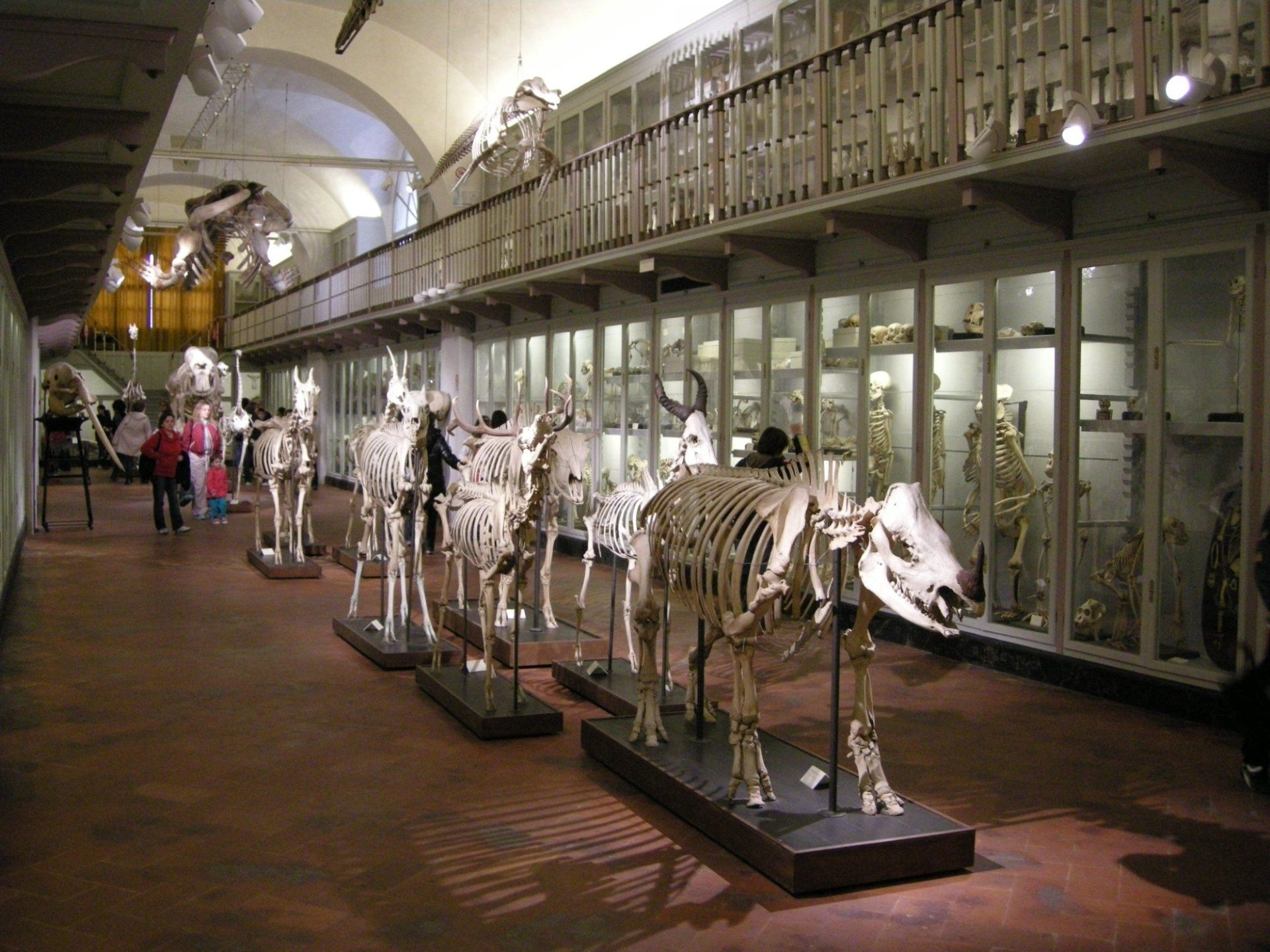
Slide title
Scrivi qui la tua didascaliaButton
Slide title
Scrivi qui la tua didascaliaButton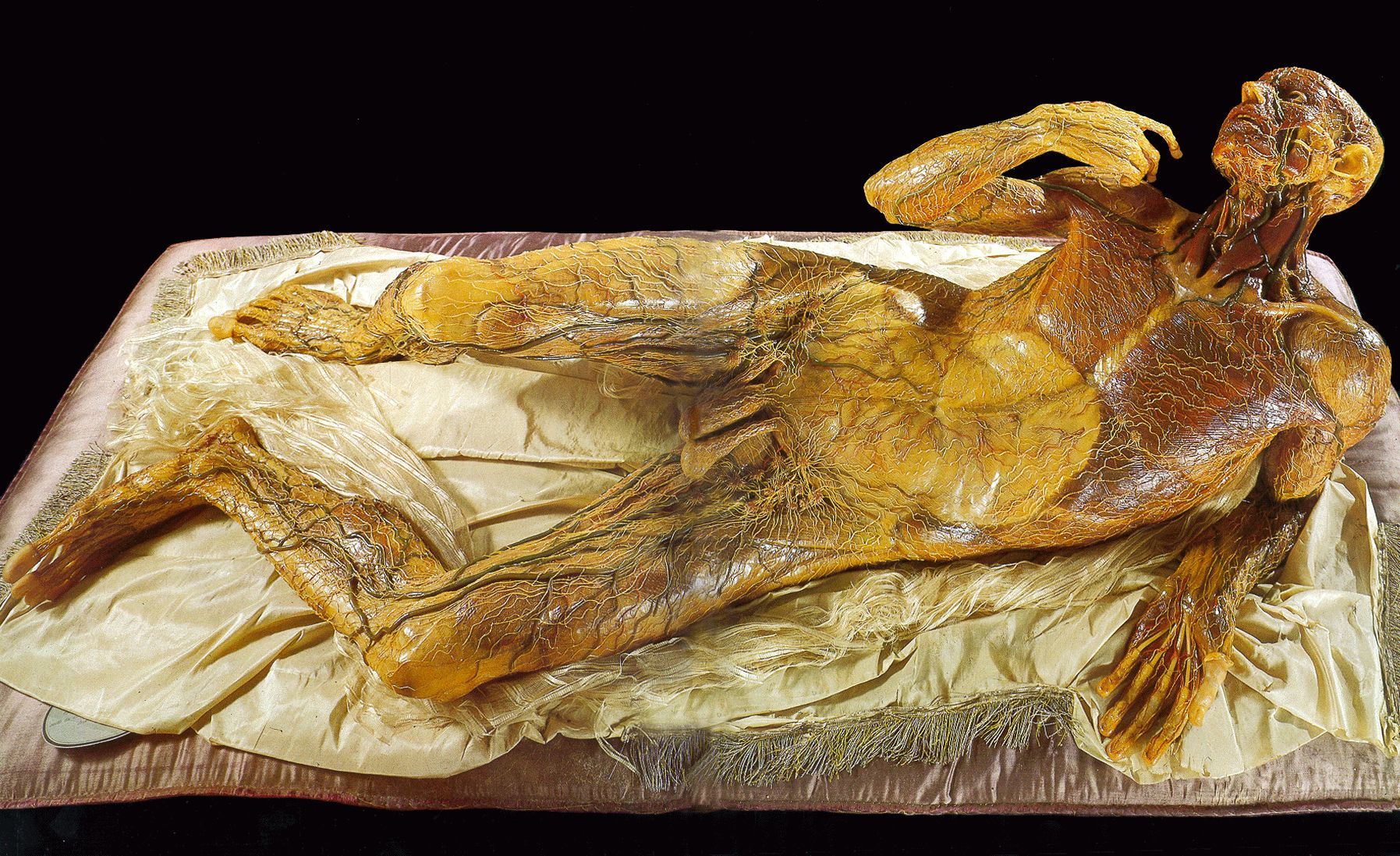
Slide title
Scrivi qui la tua didascaliaButton
Slide title
Scrivi qui la tua didascaliaButton
-
Florence - The Specola Museum
The Museum La Specola was founded on February 21, 1775, on the initiative of Grand Duke Pietro Leopoldo, as a scientific museum open to all. Its name, which formerly indicated a raised place for sky observation, derives from the Astronomical Observatory located in the Tower.
Grand Duke Pietro Leopoldo's idea of presenting nature in its entirety, from Earth to Sky, without forgetting the human being, was ahead of its time regarding the dissemination of scientific culture and a conception of knowledge that is as comprehensive as possible.
The zoological path spans 23 rooms, displaying specimens from around the world, some extinct and thus particularly precious. Although they seem many to walk among, they represent only a small part of the over 4 million preserved artifacts. From invertebrate species to the most evolved mammals, with some ancient specimens like the hippopotamus, donated to Grand Duke Pietro Leopoldo of Lorraine in the second half of the 18th century and before being stuffed, lived for a few years in the Boboli Gardens.
Dating back to the same period, the collection of anatomical waxes is a global excellence, produced over about a century from the Wax Workshop of the museum. Artists such as Clemente Susini, Francesco Calenzuoli, Luigi Calamai, and Egisto Tortori created about 1400 works collected in 562 urns, accompanied by drawings and didactic apparatuses made by expert calligraphic designers.
When there was neither artificial intelligence nor 3D printing nor the Metaverse, to study the human body, these perfect and suggestive reproductions were used, which can also be admired from an artistic point of view.
After over a century, it will be possible to admire the collection of Florentine botanical waxes, which includes plants, fruits, and tables of exceptional realism and beauty, along with naturalistic and anatomical models dating from the seventeenth century. Completing the new visit path are the Baroque allegorical theaters of Giulio Gaetano Zumbo, the still lifes of Bartolomeo Bimbi, and the anatomical statues in wood and papier-mâché.
A novelty for Palazzo Bini Torrigiani, but already visible previously in the spaces of Via La Pira, is the Mineralogy section, which documents the genesis of minerals, starting from their oldest traces in meteorites and up to the layers formed in the remote times of the Earth's cooling. The precious Medici Collection of worked stones, mostly coming from the Uffizi Tribune, offers masterpieces of glyptic art, such as those belonging to Lorenzo the Magnificent.
Particularly evocative is the visit to the Hall of Skeletons, on the ground floor, with the early 19th-century exhibition layout, all in wood with a balcony and 120 showcases housing 3000 skeletons of numerous species, especially mammals, still studied by experts from around the world. Among these, there are genuine rarities and specimens hiding curious stories, such as the Asian elephant exhibited alive under the Loggia dei Lanzi in 1655 and, after its death, studied by the naturalist Carl Linnaeus to describe the species.
Among the visiting paths, there is also the Galileo Tribune, with the statue sculpted by Aristodemo Costoli that recalls the Tuscan genius and his key role in the development of modern science thanks to the application of the experimental method, and the astronomical tower designed at the end of the 18th century. In the Meridian Room, also known as the Stork Room for the neoclassical stuccoes representing birds in flight, the marble, copper, silver, and scagliola sundial made in 1784 is still present and functioning. And then, the 360° view of Florence from the eight windows of the upper octagonal room is an unusual and unmissable experience.
-
Opening time and tickets
The Museo della Specola in Florence short history and information for the visit tickets and entrance times
11/3/2024
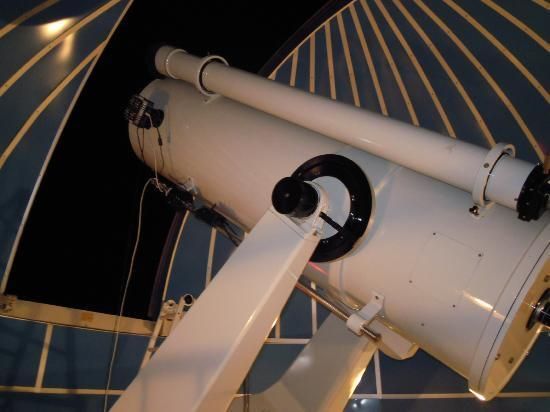
Titolo diapositiva
Scrivi qui la tua didascaliaPulsante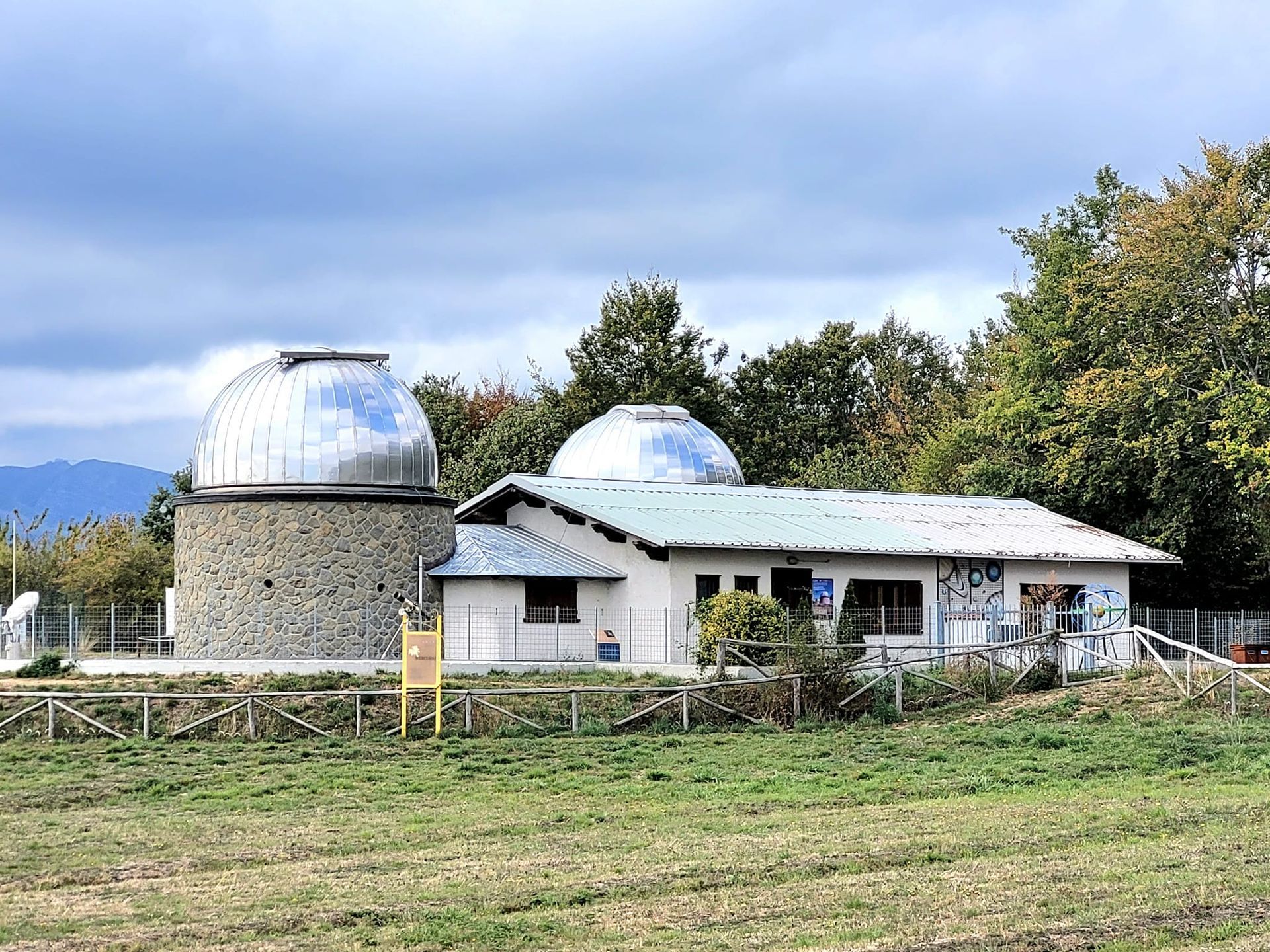
Titolo diapositiva
Scrivi qui la tua didascaliaPulsante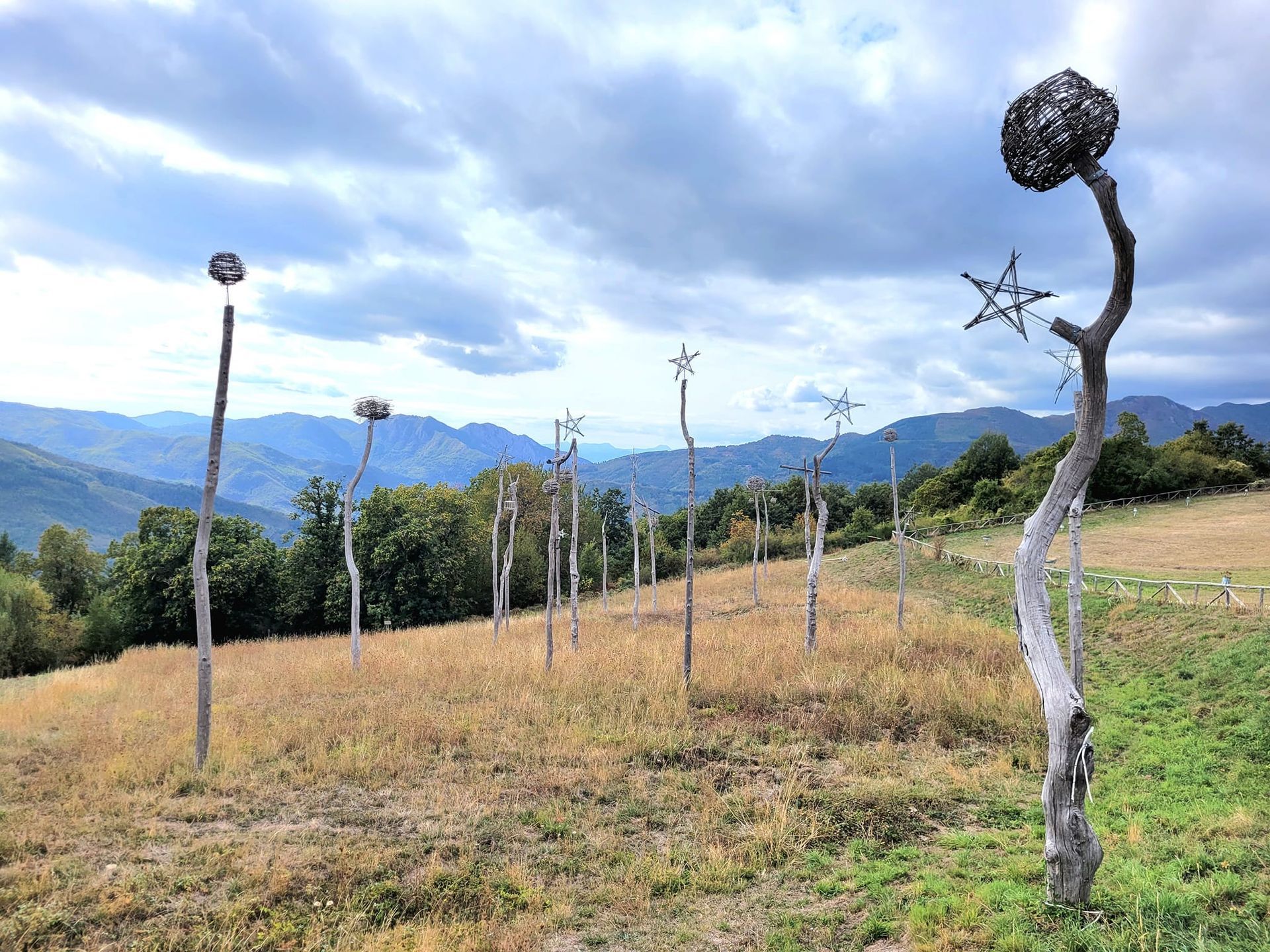
Titolo diapositiva
Scrivi qui la tua didascaliaPulsante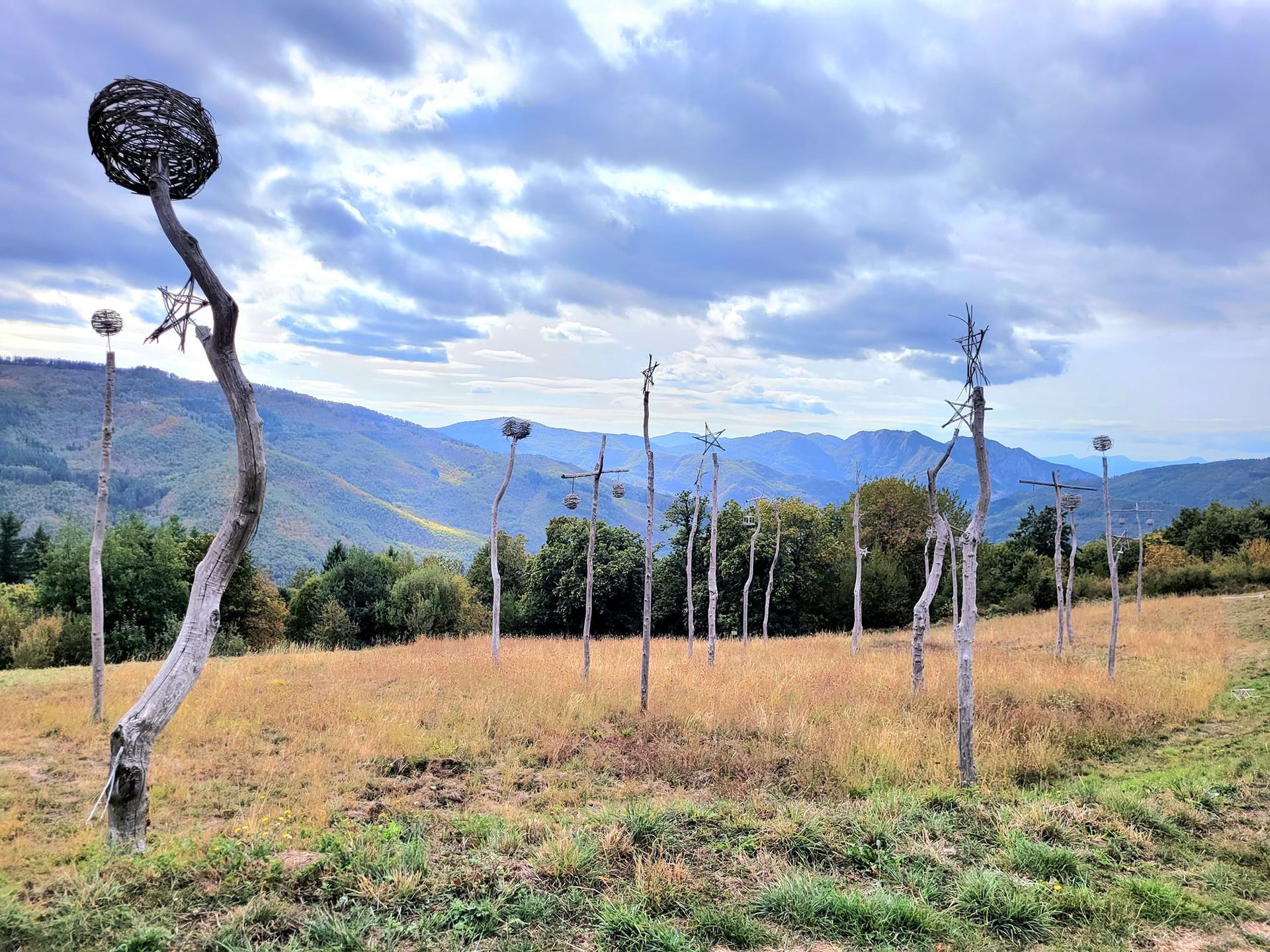
Titolo diapositiva
Scrivi qui la tua didascaliaPulsante
Titolo diapositiva
Scrivi qui la tua didascaliaPulsante
-
Gavinana (PT) Astronomical Observatory of the Pistoia Mountains
In the Pistoia Mountains, driving along the uphill road from Gavinana to Pratorsi, at about 1000 m above sea level, you arrive at a plain called Pian dei Termini, where the Astronomical Observatory of the Pistoia Mountains is located. Built in 1991, the Astronomical Observatory consists of two domes of 5 meters in diameter which house respectively a telescope of 40 cm in diameter and one of 60 cm, which allow both observation of the sun and night observation of the sky. The management of the Observatory is entrusted to the members of the GAMP, a group of amateur astronomers founded in 1981, that promotes educational initiatives but are also engaged in scientific research and mapping of new asteroids. In addition, in 2015 the so-called "Park of the Stars" was also inaugurated, a garden in which works by artists Silvio Viola and Andrea Dami were installed, inviting the visitor to make a "planetary journey".
-
Opening time and tickets
Opening time and Tickets
Access to the Montagna Pistoiese Astronomical Observatory on open evenings is possible only by reservation through the Municipal Library (Tel. +39 0573 621289), both for individuals and groups, including school groups.
(In case of library closure, please send cancellations to the email gamp104@gmail.com)
Public Opening, Winter Period
(September 1 - June 30) takes place on the following evenings:
Friday and Saturday starting at 9:00 PM
(In June at 9:30 PM)
Additionally, for school groups (and interested individuals), Tuesday and Thursday mornings for solar observation at 10:00 AM. (always by prior mandatory reservation)
From July 1 to August 31, the observatory is open:
Monday, Friday, and Saturday evenings from 9:30 PM,
Tuesday and Sunday mornings for solar observation at 10:00 AM.
Normally, the duration of the visit is estimated at about 90/120 minutes.
Visits to the observatory will be conducted with a minimum of 10 reservations and a maximum of 50.
In case of bad weather or unfavorable conditions, it will not be possible to observe through the telescopes.
The visit includes a basic theoretical lecture in the conference room lasting about 50/70 minutes, observation through the telescope of one of the celestial objects visible at the moment, and an explanation outside (or inside if the weather does not allow staying outdoors) of the constellations visible in the current night sky.
Appropriate clothing is recommended.
The visit is suitable for an audience aged 8 and above.
Tickets
The ticket price is 5.00 euros per person. Reduced price: 3.00 euros (for those under 14 years old)
Payment at the observatory is ONLY accepted via Debit Card or Credit Card.
Gavinana (PT) Astronomical Observatory of the Pistoia Mountains
23/10/2023
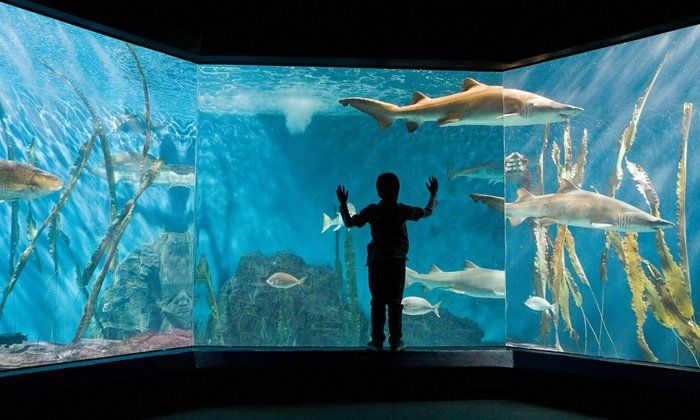
Titolo diapositiva
Scrivi qui la tua didascaliaPulsante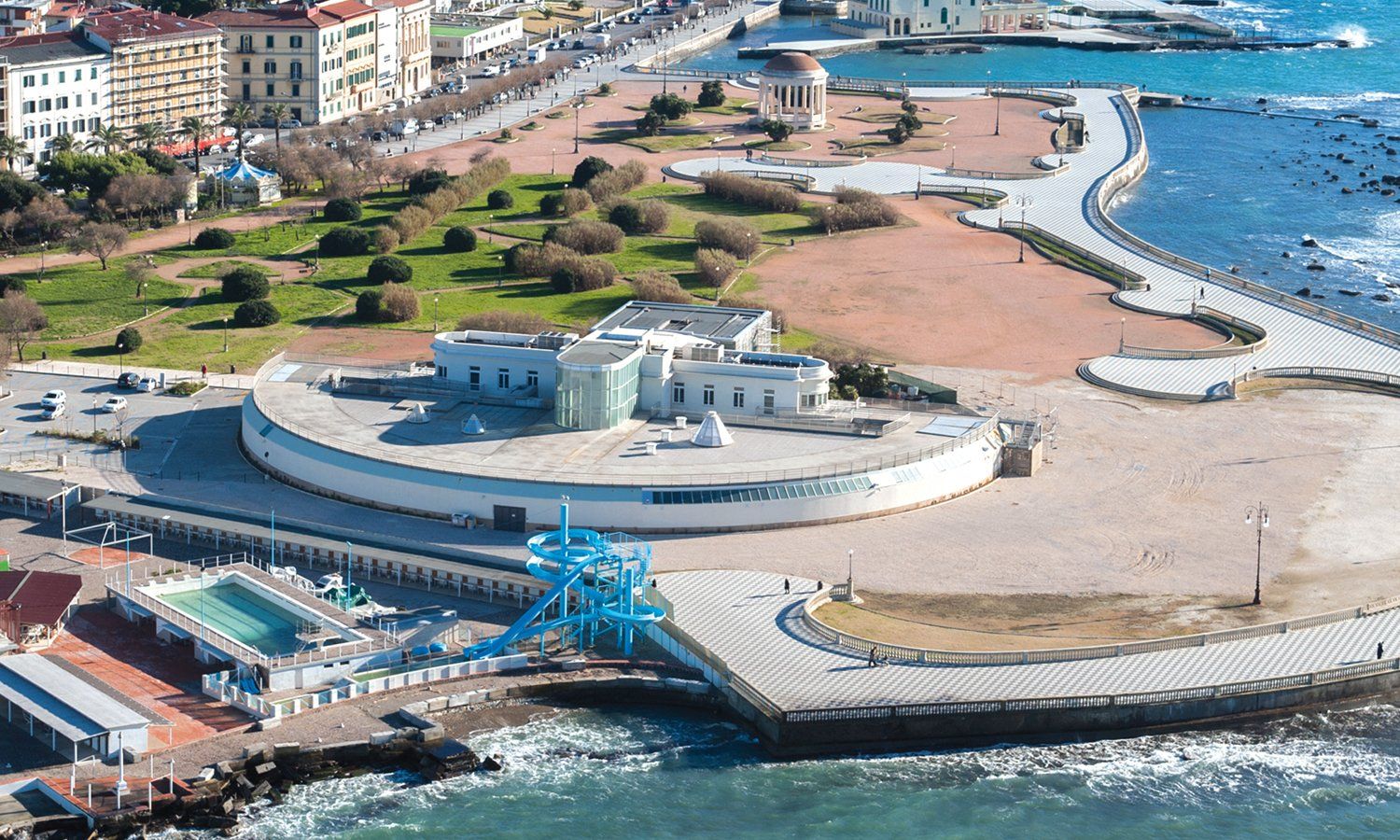
Titolo diapositiva
Scrivi qui la tua didascaliaPulsante
Titolo diapositiva
Scrivi qui la tua didascaliaPulsante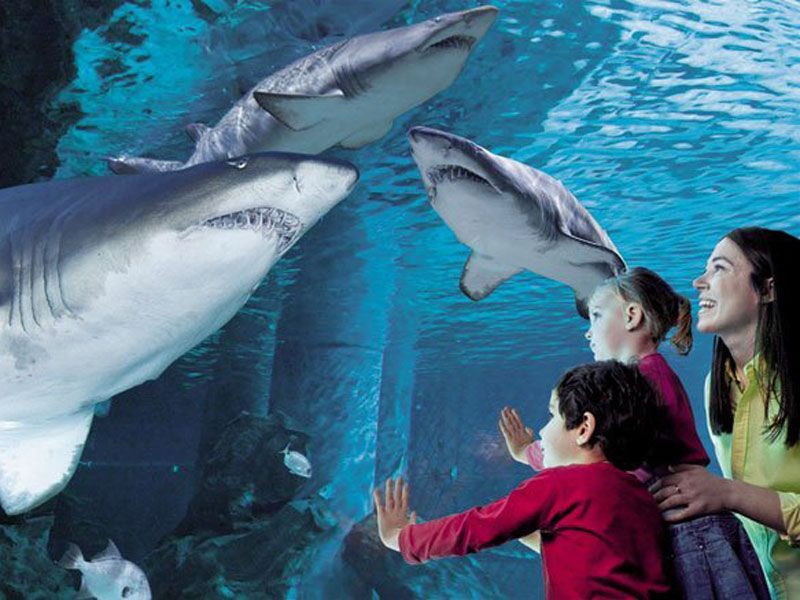
Titolo diapositiva
Scrivi qui la tua didascaliaPulsante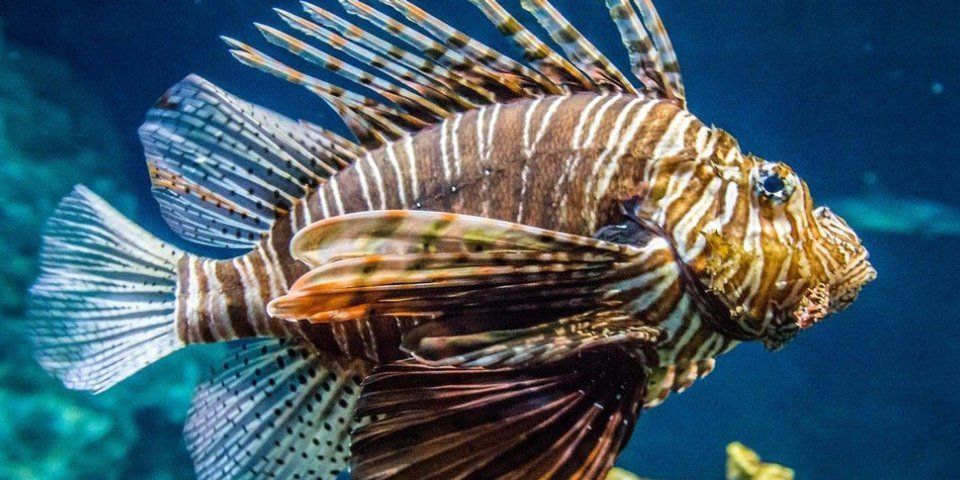
Titolo diapositiva
Scrivi qui la tua didascaliaPulsante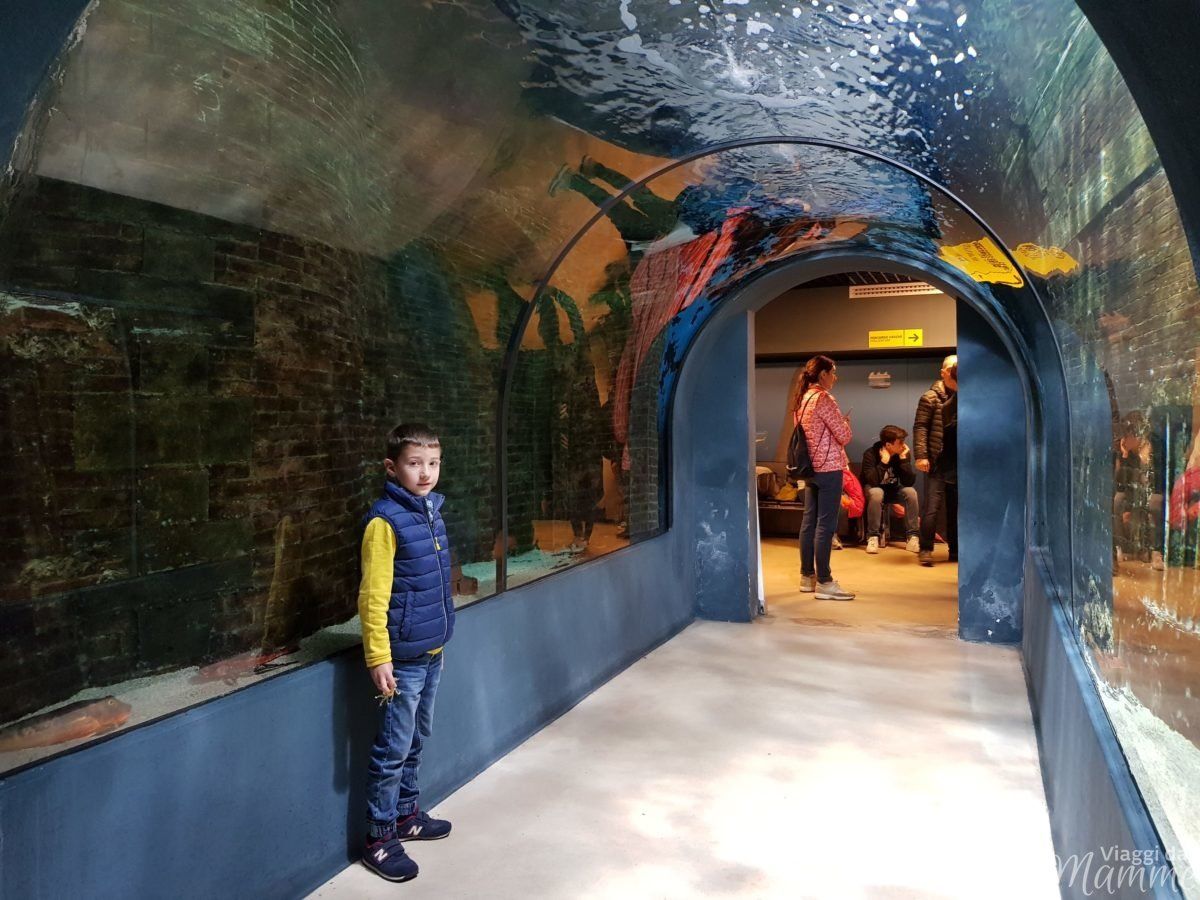
Titolo diapositiva
Scrivi qui la tua didascaliaPulsante
-
The Livorno Aquarium
3000 square meters on two floors, 20 tanks and 150 different species for a total of about 1200 animals: a visit to the Livorno Aquarium is truly an exciting experience.
The attraction is the third largest in Italy, after Genoa and Cattolica, and enjoys a splendid privileged position with a strong emotional and scenographic impact on the seafront, next to the Mascagni promenade.
On the ground floor, we find the blue of the abyss with its display tanks that house the two splendid green turtles "Ari" and "Cuba", the Napoleon fish, the zebra sharks and even the seahorses, jellyfish, starfish and much more. A section was recently dedicated to the kelp, the submerged forests made up of different species of Macroalgae capable of developing in height for several meters, to form a real submerged forest, and to the octopus tank, an intelligent and fascinating animal.
The visit continues on the first floor where the blue of the abyss gives way to the green of the forests in a space dedicated to the discovery of the beauties and curiosities of the world of insects, amphibians and reptiles in their fascinating shapes and different colors: the "invisible" insect stick, arrow frog and chameleon camouflage!
From the first floor you can access a splendid panoramic terrace from which you can admire the beauties of the Tuscan Archipelago and the Livorno coast.
-
Opening Time and Tickets
Prices
Attention: limited number of admissions per day. Online purchase is recommended for guaranteed entry.
At the ticket office FULL € 16.00 On line price starting from: € 12.00
BOY (from 1m to 140 cm height) € 10.00 Online price from: € 9.00
REDUCED (over 65, military, disabled access, teachers) € 10.00 Online price starting from: € 9.00
CHILDREN <1m and DISABLED 100% Free
Prices and opening hours are subject to change. For up-to-date information, it is advisable to contact the Aquarium by telephone before visiting at no. +39 0586 269111
Opening Times
Every day from 10 to 18 (last admission 17)
Livorno Acqaurium - Short description Entrance Times and tickets
15/6/2022
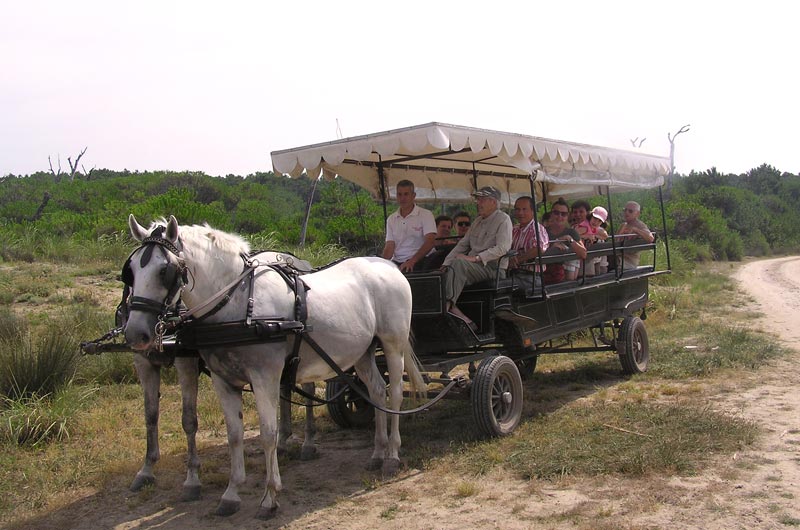
Slide title
Scrivi qui la tua didascaliaButton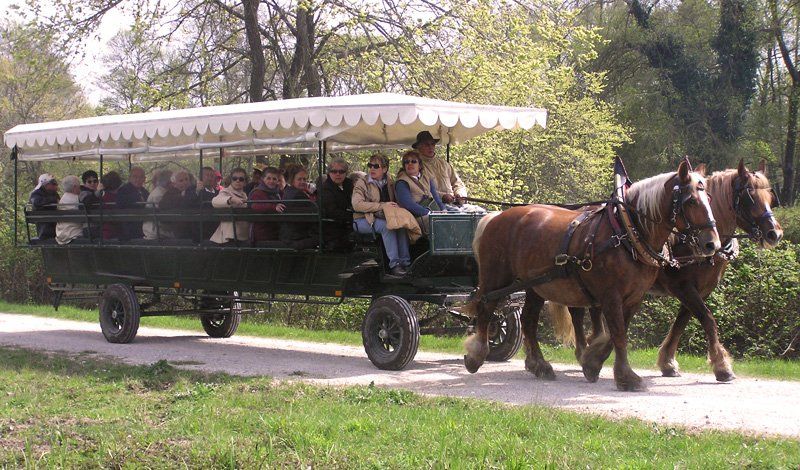
Slide title
Scrivi qui la tua didascaliaButton
-
Pisa - The Regional Park of Migliarino - San Rossore - Excursions with carriage
Among the many country areas in the province of Pisa one of the most important is the Regional Park of Migliarino San Rossore which also comprises the Lake Massaciuccoli area which is part of the province of Lucca. In the Pisa area, as well as the Migliarino and San Rossore woods, the Tombolo wood is also of interest. The uninterrupted strip of pine wood running along the coastline is a man-made element which was planted in the eighteenth century to protect the native vegetable species. Here, the Pinus variety includes Pinus pinea (stone pine) and Pinus pinaster (pinaster or cluster-pine). But the special flora and fauna of this area can also be found in the fossils and species populating the area. There are different kinds of vegetation in the coastal and inland areas, ranging from the typical plants of sandy ground to pine woods and deciduous woods. The latter contain oak trees, ash trees, alder trees, poplar trees, hornbeam trees and an undergrowth of privets and wild plums. Of particular interest is the “Palazzetto a San Rossore” wood which contains centuries-old oak trees and typical species of the Atlantic climate. Where the pine trees are more luxuriant, there is also a rich undergrowth of holm oaks (Quercus ilex). The southern part of the park is dominated by Mediterranean scrubland; the Tombolo wood features mastic trees (Pistacia lentiscus) and almost everywhere there is an alternation of holm oaks and deciduous trees. The fauna is divided into two very distinct groups, one connected with the humid and river-lake areas, the other with the woodland areas. Of greater interest than the aquatic fauna, featuring typical still water or slow running water species (amphibians, reptiles and aquatic invertebrates), is the inland fauna which includes fallow deer, wild boar, squirrels, dormice, foxes and porcupines. To the East of the park, of particular interest is the Pisan Mountains area, which extends from Calci to Capannori in the province of Lucca. From the olive groves of the hills we pass on to the pine woods, chestnut woods and coppices of the higher areas. Here can be found maritime pines and an undergrowth of holm oaks and chestnut trees. As regards the characteristic fauna, wild boar, porcupines, blackbirds and thrushes are the most common species.
-
Opening time and tickets
This is a different way to explore the Park of San Rossore. With the excursion with carriage you can visit the park in relax, with a guide, witch explains you the many different types of vegetation that you can find in San Rossore
One can choose among three different Itineraries:
- Short excursion: 1 hour and half. Price: Adults € 10 - Children € 8 (0-3 years free)
- Medium excursion: 2 hous. Price: Adults € 120 - Children € 10 (0-3 years free)
- Long excursion: 3 hours with walk to the seaside: Adults € 14 - Children € 12 (0-3 years free)
Daily Tours starting from Casale La Sterpaia at 10 am and 2.30 pm
RESERVATION REQUIRED
For booking:
CENTRO VISITE “CASALE della STERPAIA”
Tenuta di San Rossore
Loc. Sterpaia
56122 Pisa
Tel 050 523019
e-mail: turismo@sanrossore.it
Guide:
Antonio Di Sacco +39 335 7113793
Federico Di Sacco + 39 330 206235
Carriage ride to the S. Rossore Park. Timetables, prices and advice
15/6/2022
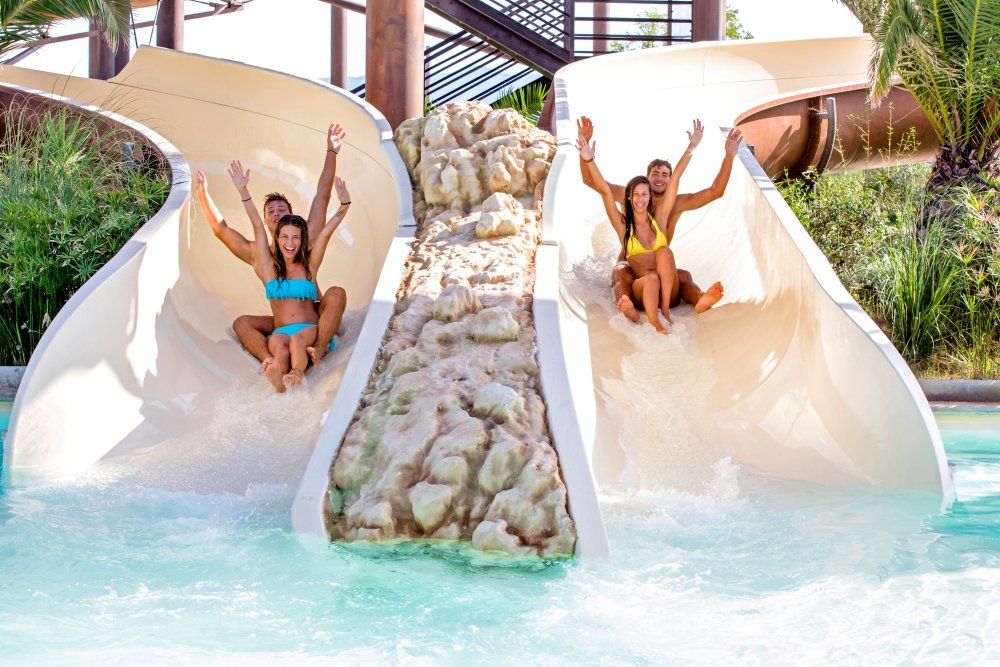
Titolo diapositiva
Scrivi qui la tua didascaliaPulsante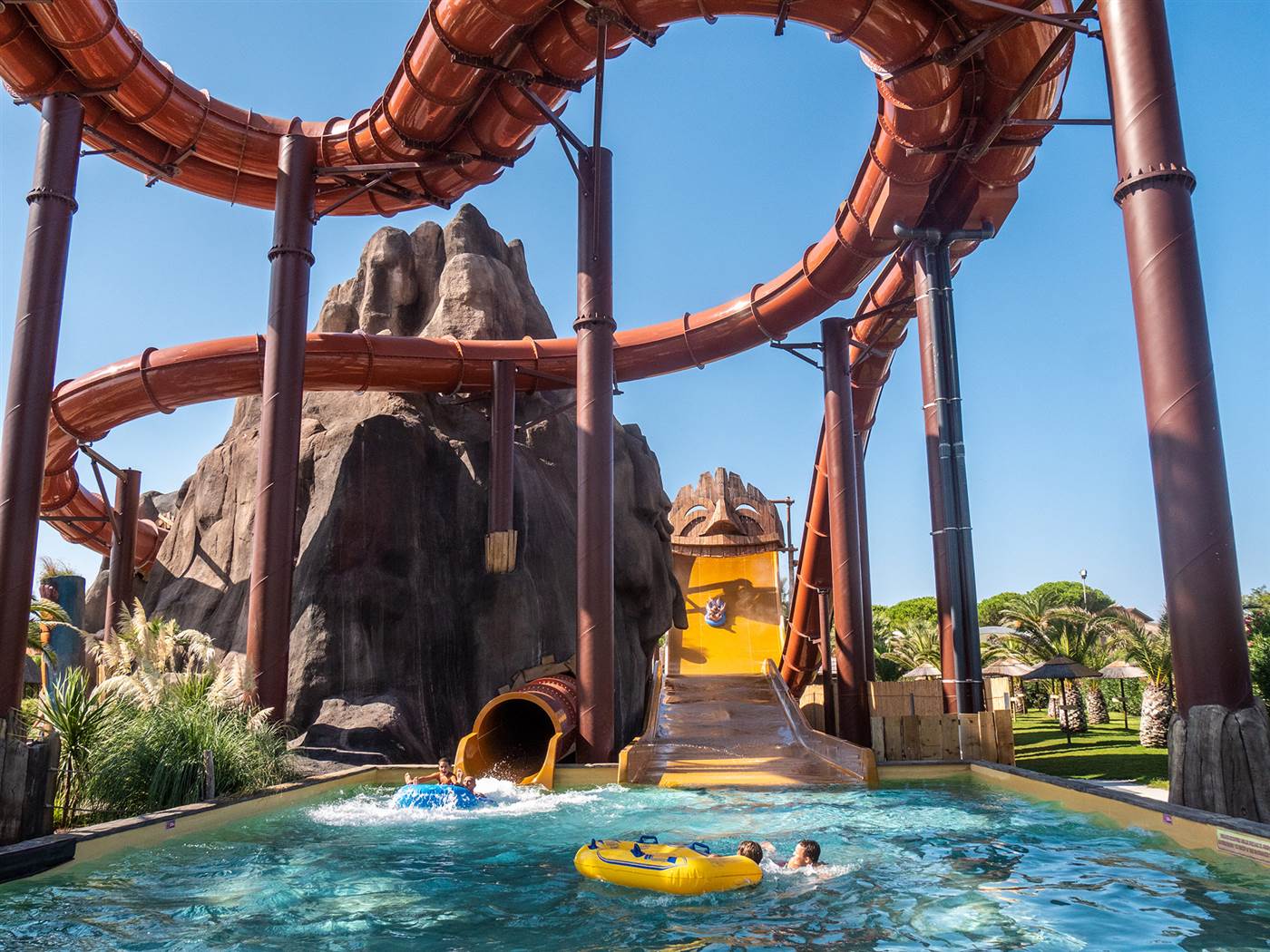
Titolo diapositiva
Scrivi qui la tua didascaliaPulsante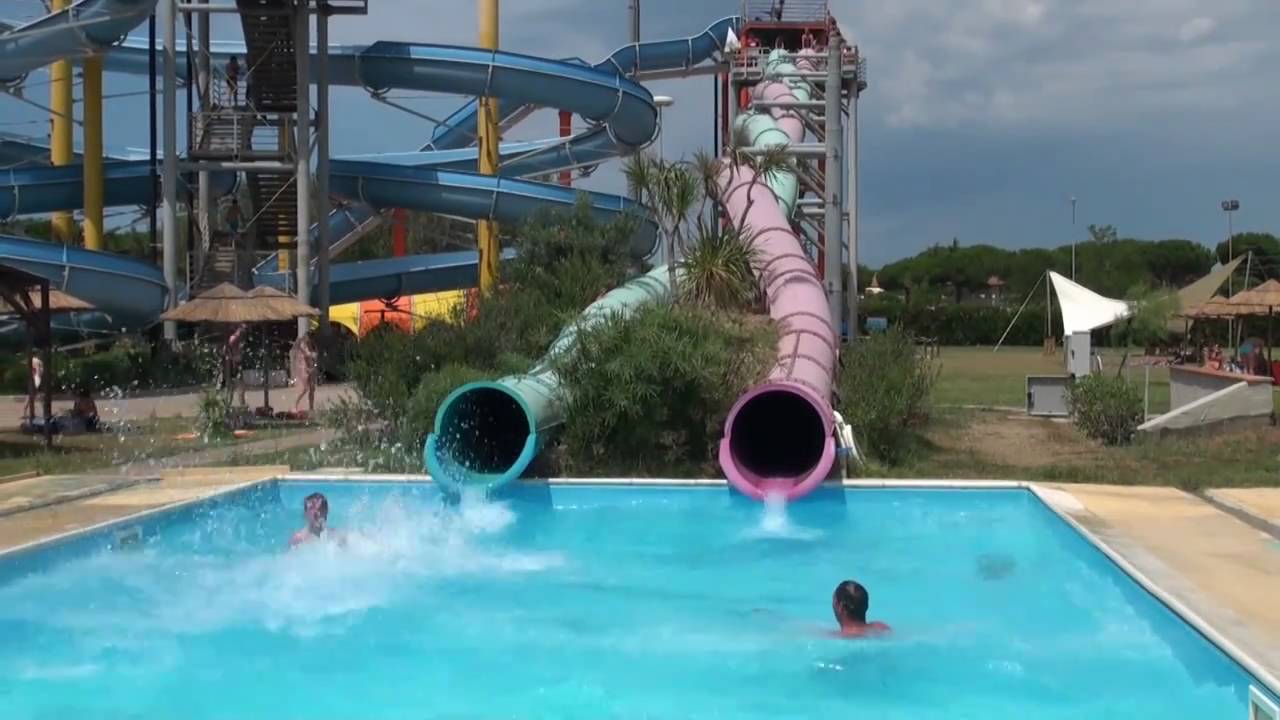
Titolo diapositiva
Scrivi qui la tua didascaliaPulsante
Titolo diapositiva
Scrivi qui la tua didascaliaPulsante
Titolo diapositiva
Scrivi qui la tua didascaliaPulsante
-
Acqua Park in Cecina
Would you like to make your children happy with a reckless water park? Do you also want to have fun yourself, returning to childhood games for a few hours? The Acqua Village water park in Cecina offers you this opportunity.
Hundreds of meters of slides: the maxi slide Intrigo with its exhilarating rafting, the dark courses of Twister, two adrenalinic Kamikaze, the funny Anaconda parabolics and the fantastic Surfing Hill!
Three thousand square meters of swimming pools: Fun island with water games and whirlpools for the relaxation and fun of everybody, the pool and its moving water, and for younger kids Moku, the children’s island by Pago, a swimming pool with a Hawaiian-themed scenery, slides and nice water games!
And then Aloha Drink&Food Restaurant to satisfy every taste!
-
Opening time and Prices
Prices
from 0 to 2 years and over 70 free
from 3 to 11 years reduced daily ticket on weekdays and holidays € 19, in the afternoon from 2.30pm € 15
from 12 to 69 years full day ticket on weekdays and holidays € 25, in the afternoon from 2.30pm € 19
Opening Time
From 10 am to 6 pm every day
Acquapark of Cecina - Short description, opening times and tickets
16/6/2022
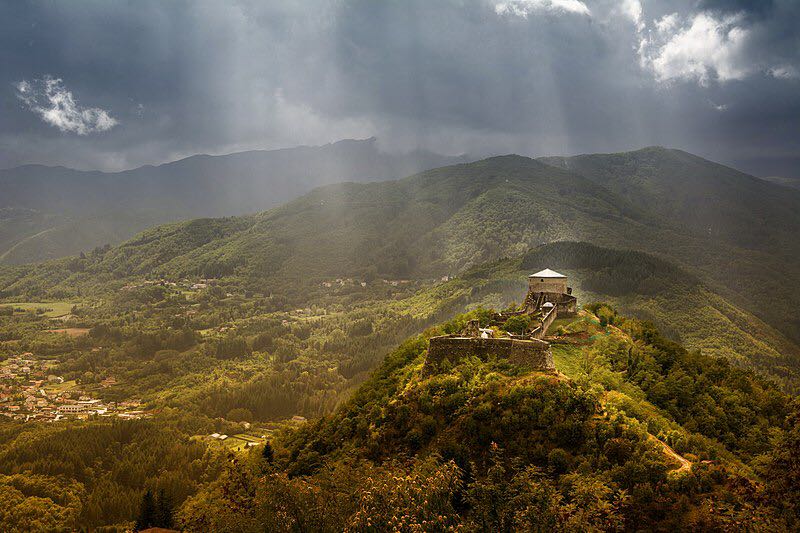
Titolo diapositiva
Scrivi qui la tua didascaliaPulsante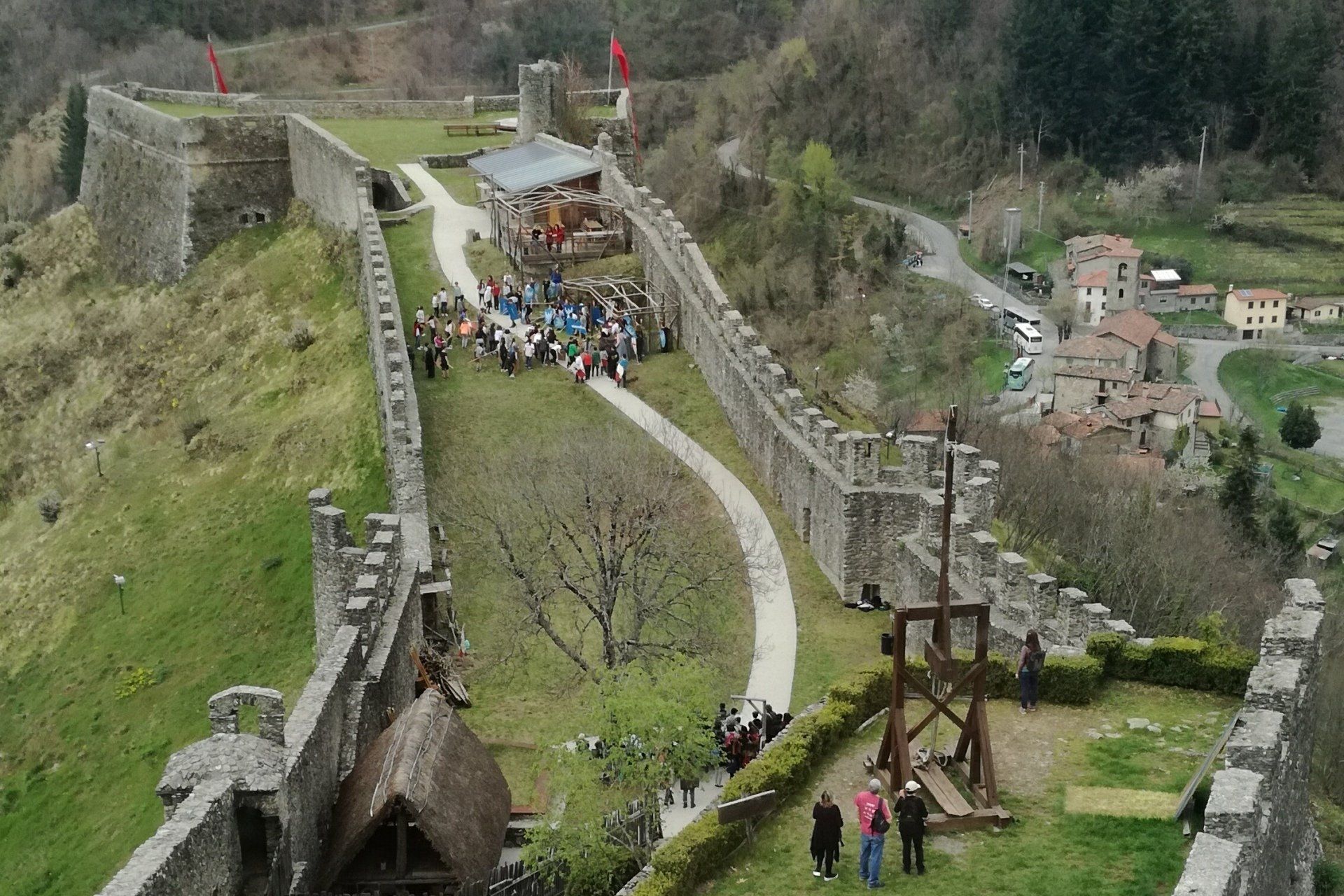
Titolo diapositiva
Scrivi qui la tua didascaliaPulsante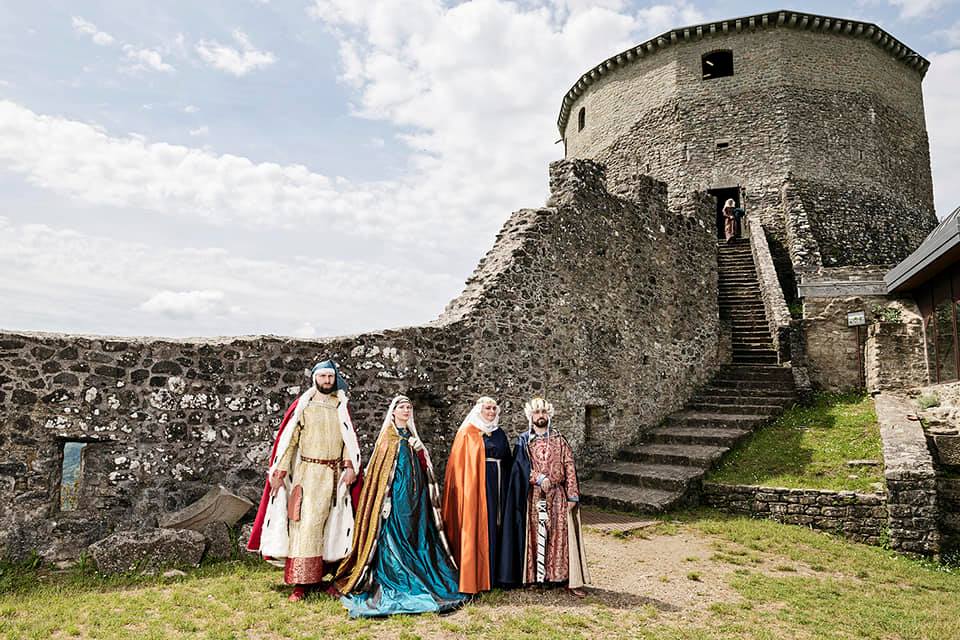
Titolo diapositiva
Scrivi qui la tua didascaliaPulsante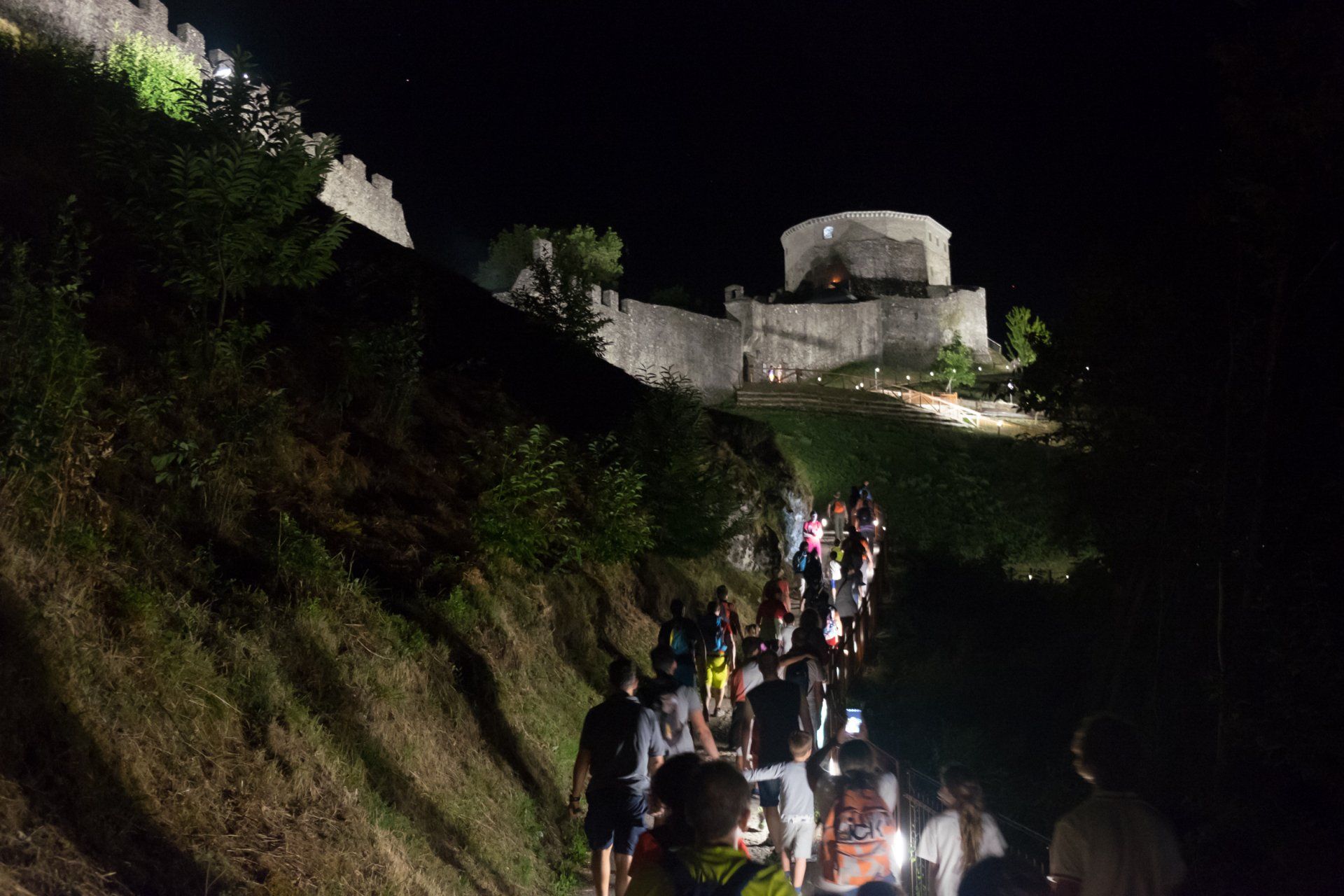
Titolo diapositiva
Scrivi qui la tua didascaliaPulsante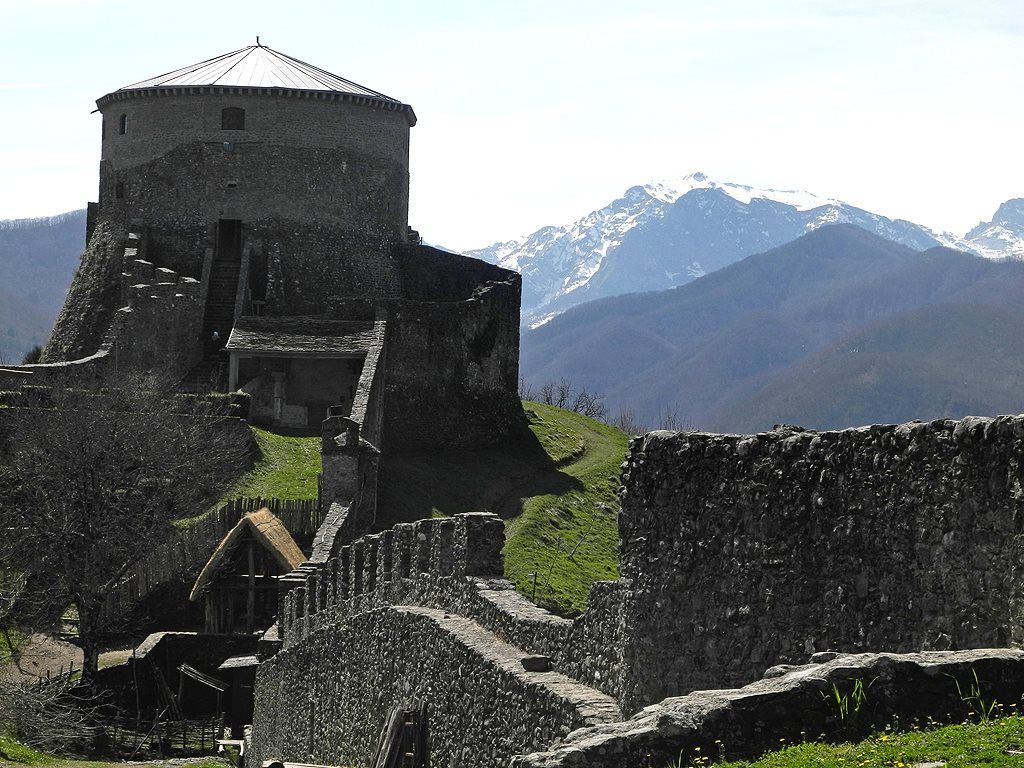
Titolo diapositiva
Scrivi qui la tua didascaliaPulsante
-
Garfagnana - The Verrucole Fortress
Behind Lucca, there is the Garfagnana, an area dotted with numerous fortresses used to keep the whole area under control in the past.
The Garfagnana, a name that literally means Great Forest, is a territory that remained closed in itself and still today we see the valley as it appeared to its first visitors, leaving us amazed by the luxuriant extension of its woods. Among the woods of beech and chestnut trees, a very rich fauna is hidden: foxes, wild boars, deer and birds of prey of various races.
One of the most representative monuments is the Verrucole Fortress, which has been restored and can be visited since 2013 thanks to the Fortezza Verrucole Archeopark Project, which provides for the reconstruction of life inside the Fortress in the form of a living museum, as it was when it was inhabited in the past. The rooms have been rearranged as they could have been at the end of the 13th century and thanks to the presence of guide-actors, the history and life of the Fortress can be discovered. Visitors are involved in discovering the daily life of the past through a unique and personal experience, making the environments credible and alive.
At the foot of the fortress there is a large dirt parking lot. From here continue on foot through a fairly steep climb.
Dogs are welcome if accompanied on a leash.
-
Opening time and Prices
Opening time
June
from Friday to Sunday - from 10.30am to 6.30pm
Guided tour starts on Friday and Saturday at 11am 2.30pm 4pm
Guided tour starts on sunday at 11am 12am 2.30pm 4pm 5pm
July
from Wednesday to Sunday - from 10am to 6.30pm
Guided tour starts from Wednesday to Friday at 11am 12am 4pm 5pm
Guided tour starts on Saturday and Sunday at 11am 12am 2pm 3pm 4pm 5pm
August
from Tuesday to Sunday - from 10am to 6.30pm
Guided tour starts from Tuesday to Friday at 11am 12am 4pm 5pm
Guided tour starts on Saturday and Sunday at 11am 12am 2pm 3pm 4pm 5pm
September
01 Sept - 11 September from Thursday to Sunday - from 10.30am to 6.30pm
12 Sept - 30 September from Friday to Sunday - from 10.30am to 6.30pm
Guided tour starts on Friday and Saturday at 11am 2.30pm 4pm
Guided tour starts on Sunday at 11am 12am 2.30pm 4pm 5pm
October ('till 23 of October)
from Friday to Sunday - from 10.30am to 6.30pm
Guided tour starts on Friday and Saturday at 11am 2.30pm 4pm
Guided tour starts on Sunday at 11am 12am 2.30pm 4pm
TICKETS
Entrance with guided tour euro 7,00
Young people from 6 to 18 years old euro 5,00
Baby Entrance from 0 to 5 years old is free
RATES
Full € 5.00
Child 6/13 € 3.00
☞
Verrucole Fortress. Description, opening times, prices and suggestions for the visit.
15/6/2022

Titolo diapositiva
Scrivi qui la tua didascaliaPulsante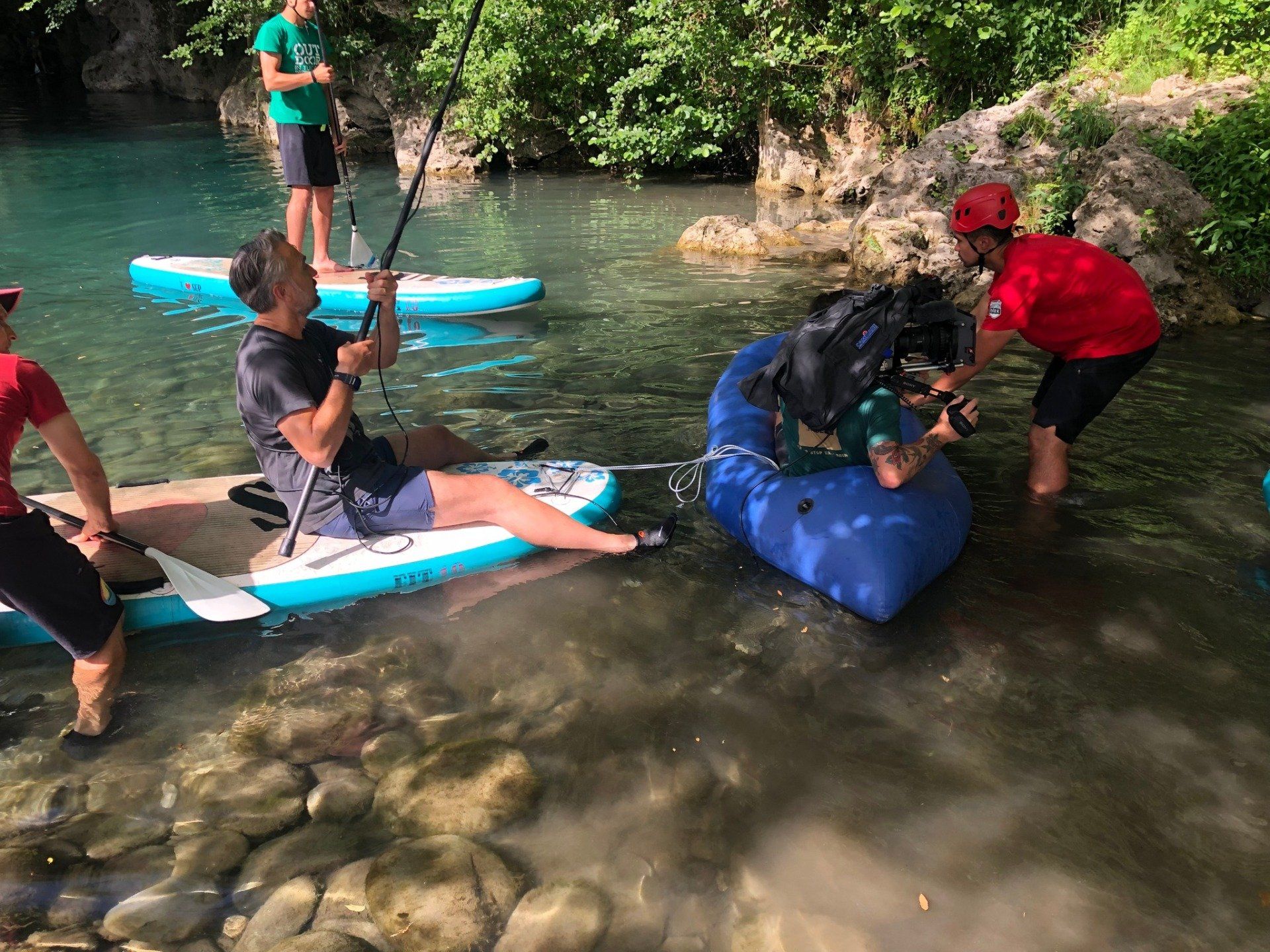
Titolo diapositiva
Scrivi qui la tua didascaliaPulsante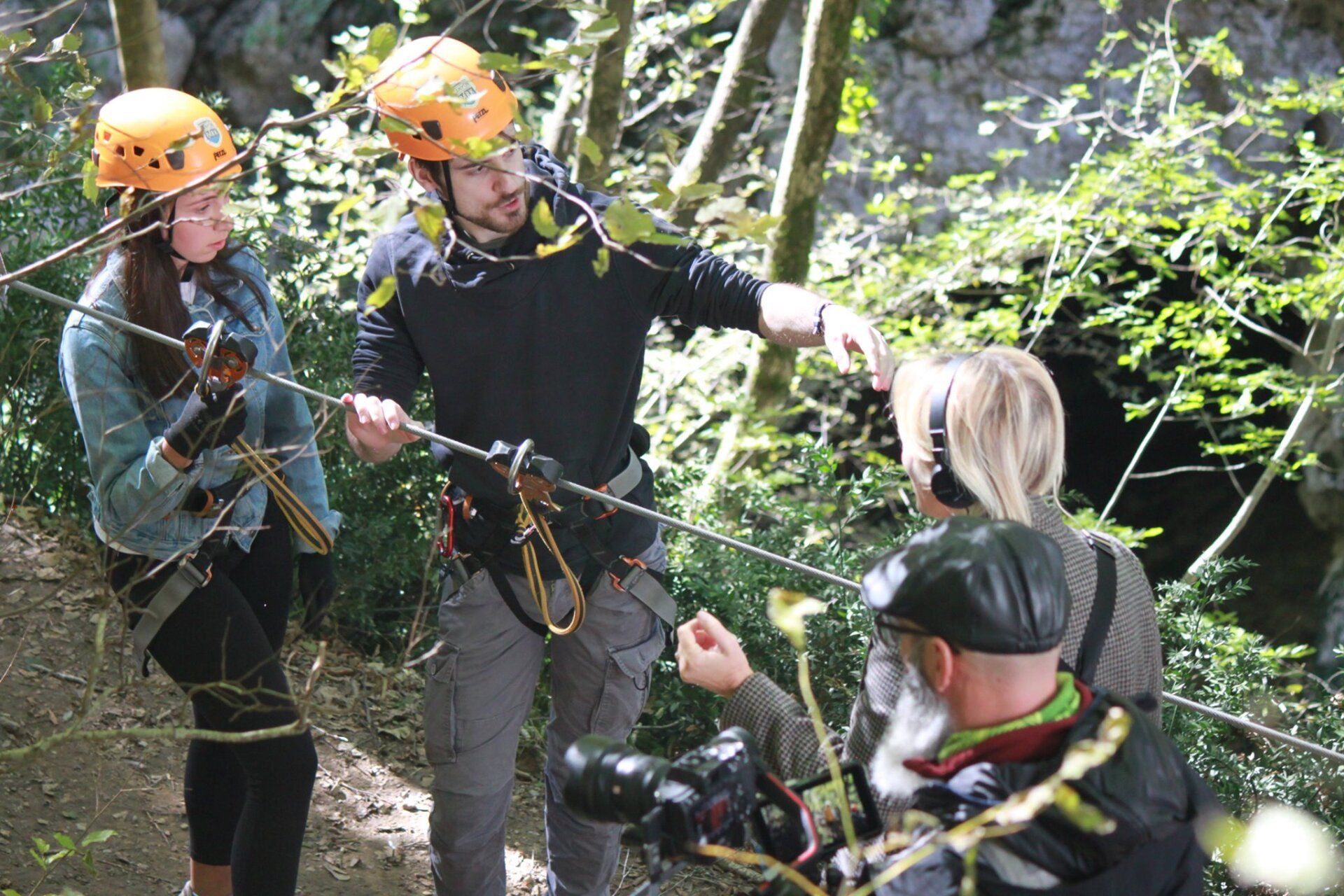
Titolo diapositiva
Scrivi qui la tua didascaliaPulsante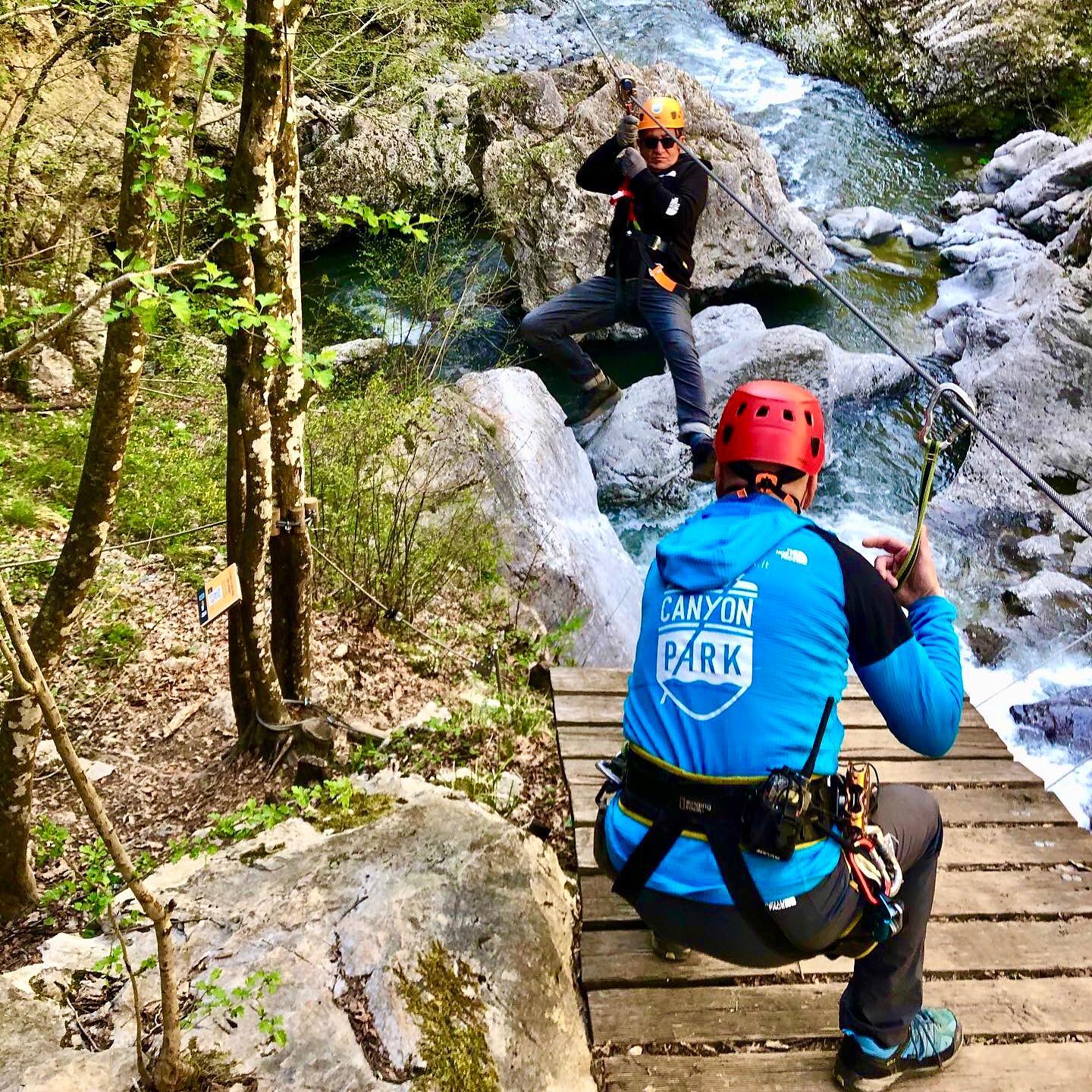
Titolo diapositiva
Scrivi qui la tua didascaliaPulsante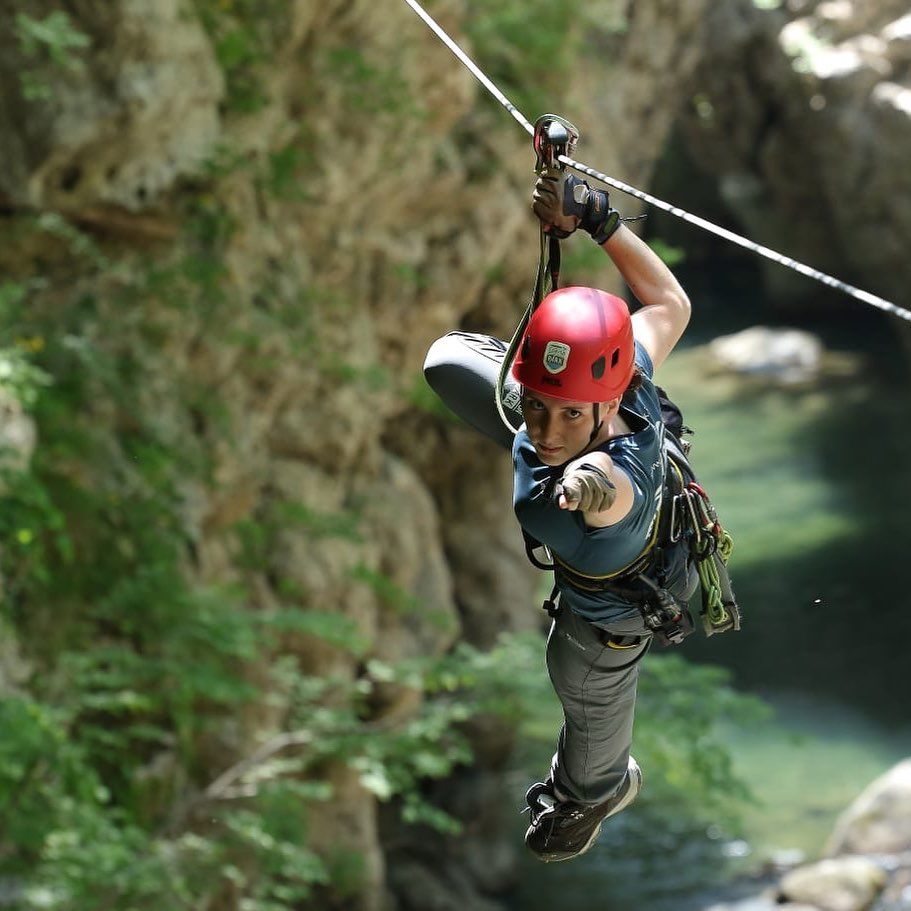
Titolo diapositiva
Scrivi qui la tua didascaliaPulsante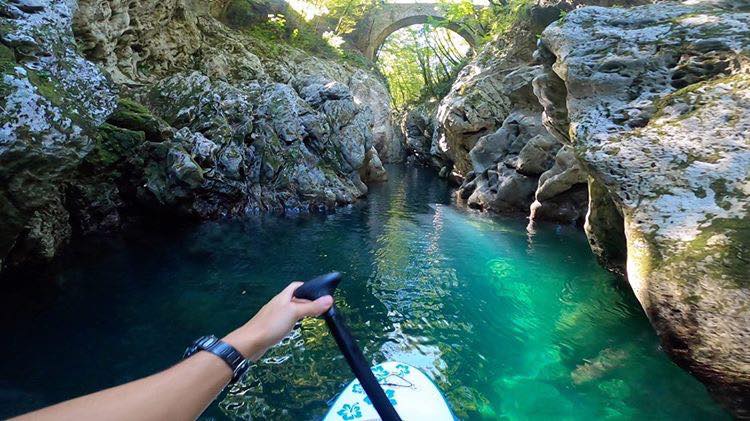
Titolo diapositiva
Scrivi qui la tua didascaliaPulsante
-
Scesta - Canyon Park
Adventurous excursions into inaccessible canyons, either with an aerial route, or SUP (Stand Up Paddleboard) excursions inside the canyon. Yoga sessions are also offered on raised platforms and on floating platforms. Two beaches, two canyons and many emotions in a magical place. Canyon Park is Zero Impact, no bars and restaurants, solar energy and natural purification systems.
The proposed activities are two:
Canyon Zip Line
It is an aerial route with Tibetan bridges, slack lines and cableways over 100 meters long inside a canyon.
Duration: 1.5 / 2 hours
Canyon SUP - Stand Up Paddleboard
Guided excursion in the canyon of the Strette di Cocciglia famous for its turquoise water and considered among the most transparent in Europe.
Duration 1 hour and a quarter.
The staff provides:
Harnesses, helmet, gloves and under-helmet cap (for Canyon Zip Line), Safety Devices,
Canyon Park Instructor
I Love SUP board, Paddle, briefing
Free parking
Suggested Clothing
Short clothing or bathiég suit for SUP
Sportswear
Pices
☞ https://canyonpark.regiondo.it/pacchetto-canyon-day
Further information
Tel: 0583 1748094
(9am-1pm | 2pm-6pm only for reservations)
Scesta - Canyon Park Short description, prices and times
19/6/2022
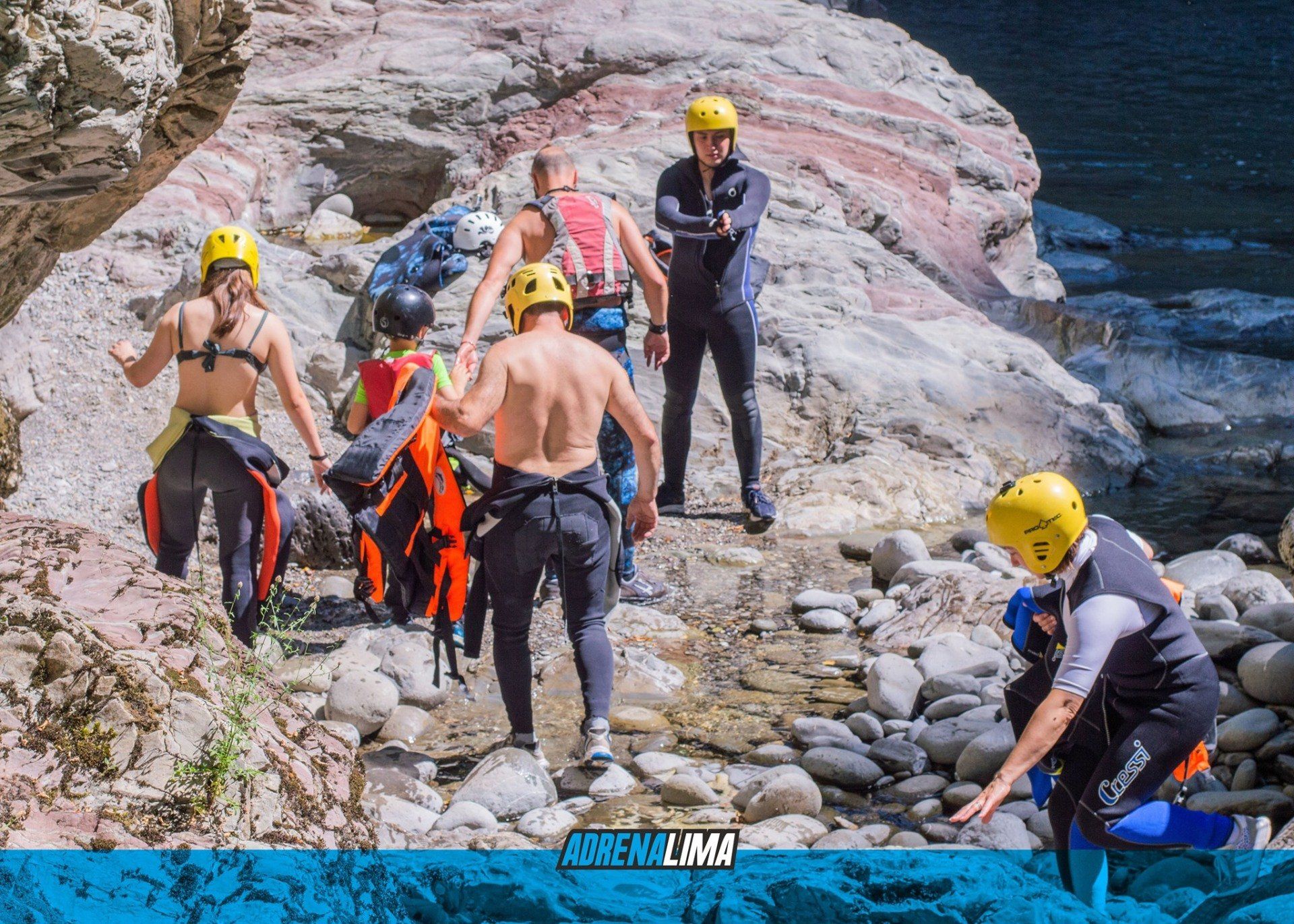
Titolo diapositiva
Scrivi qui la tua didascaliaPulsante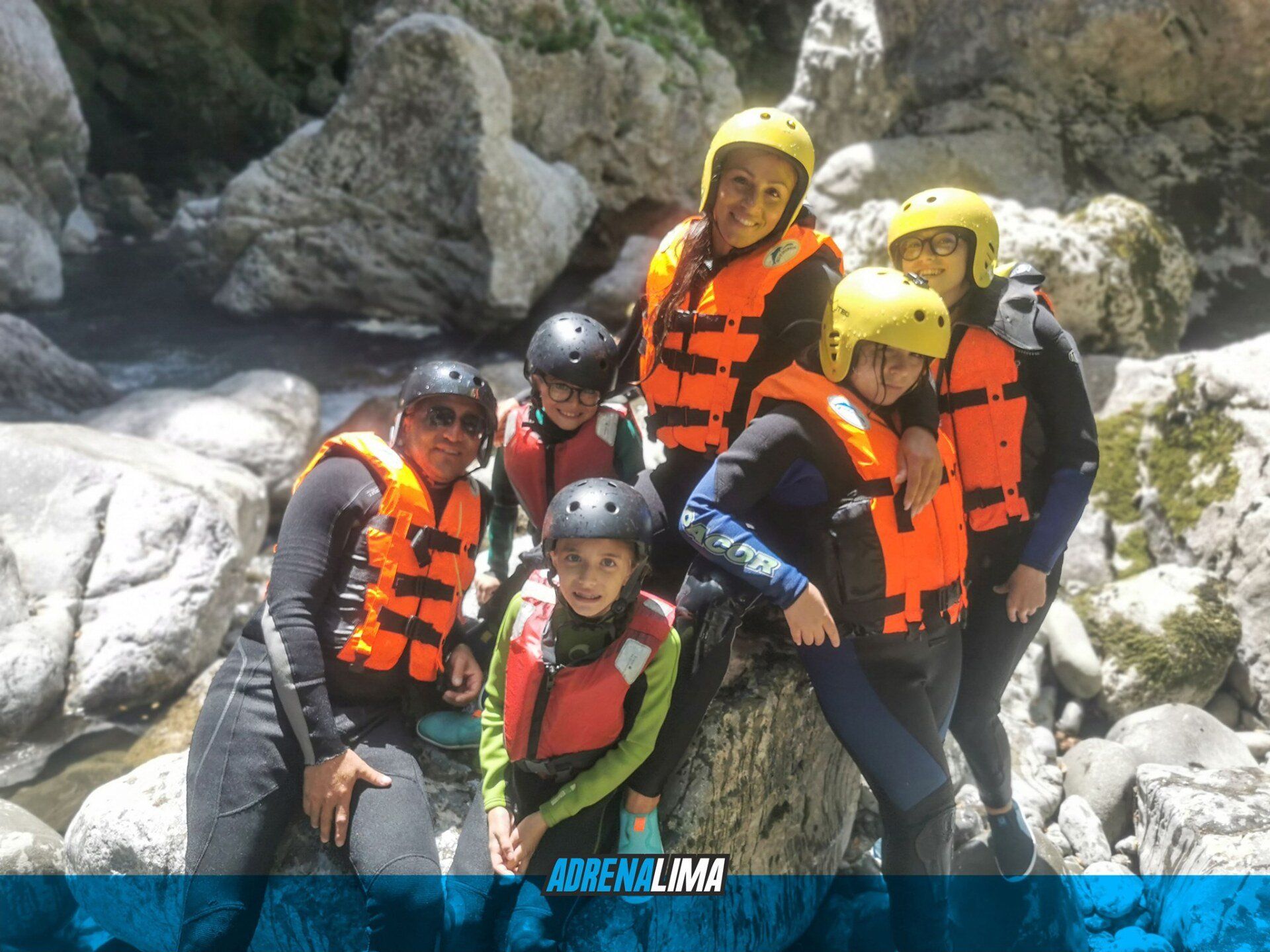
Titolo diapositiva
Scrivi qui la tua didascaliaPulsante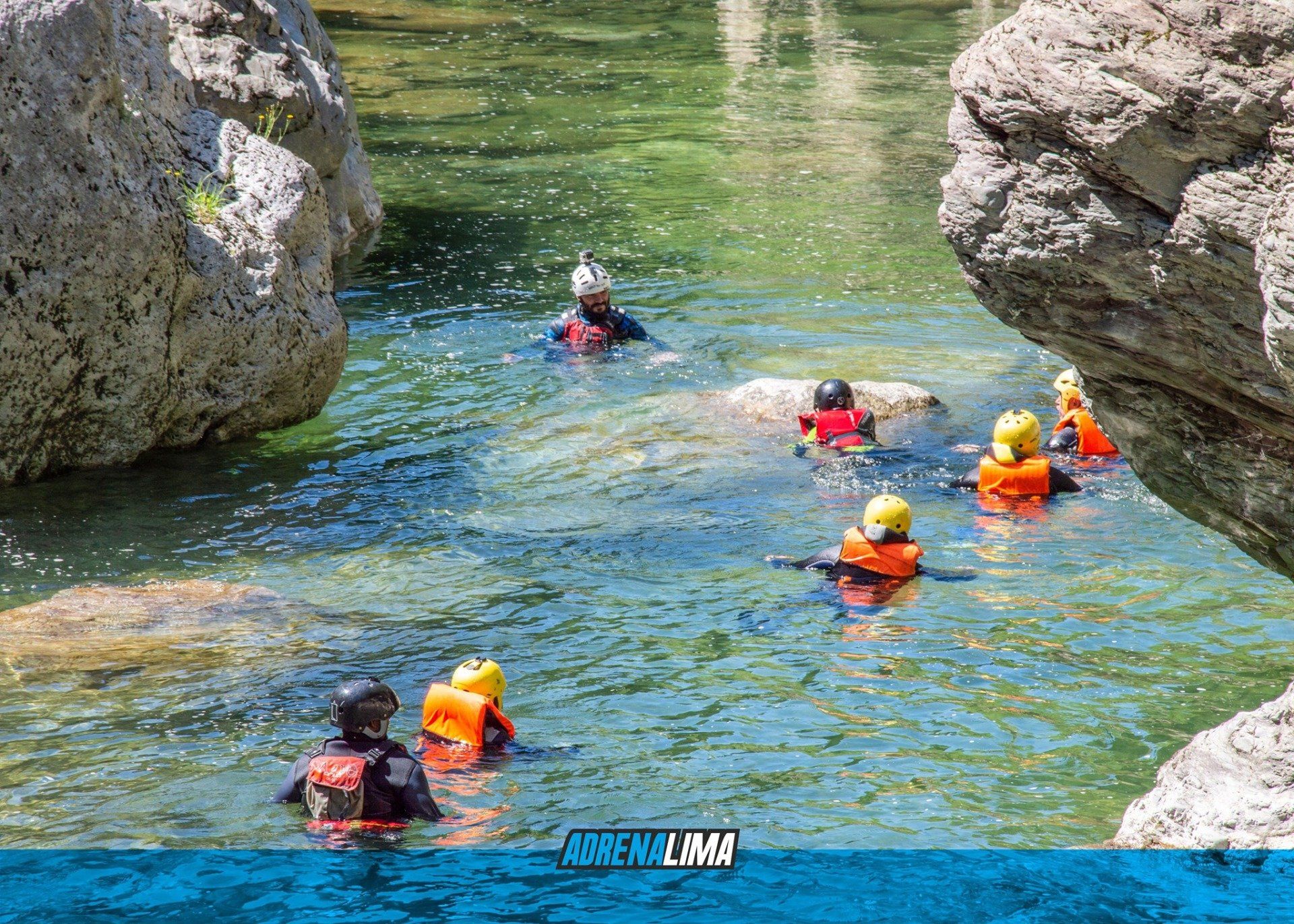
Titolo diapositiva
Scrivi qui la tua didascaliaPulsante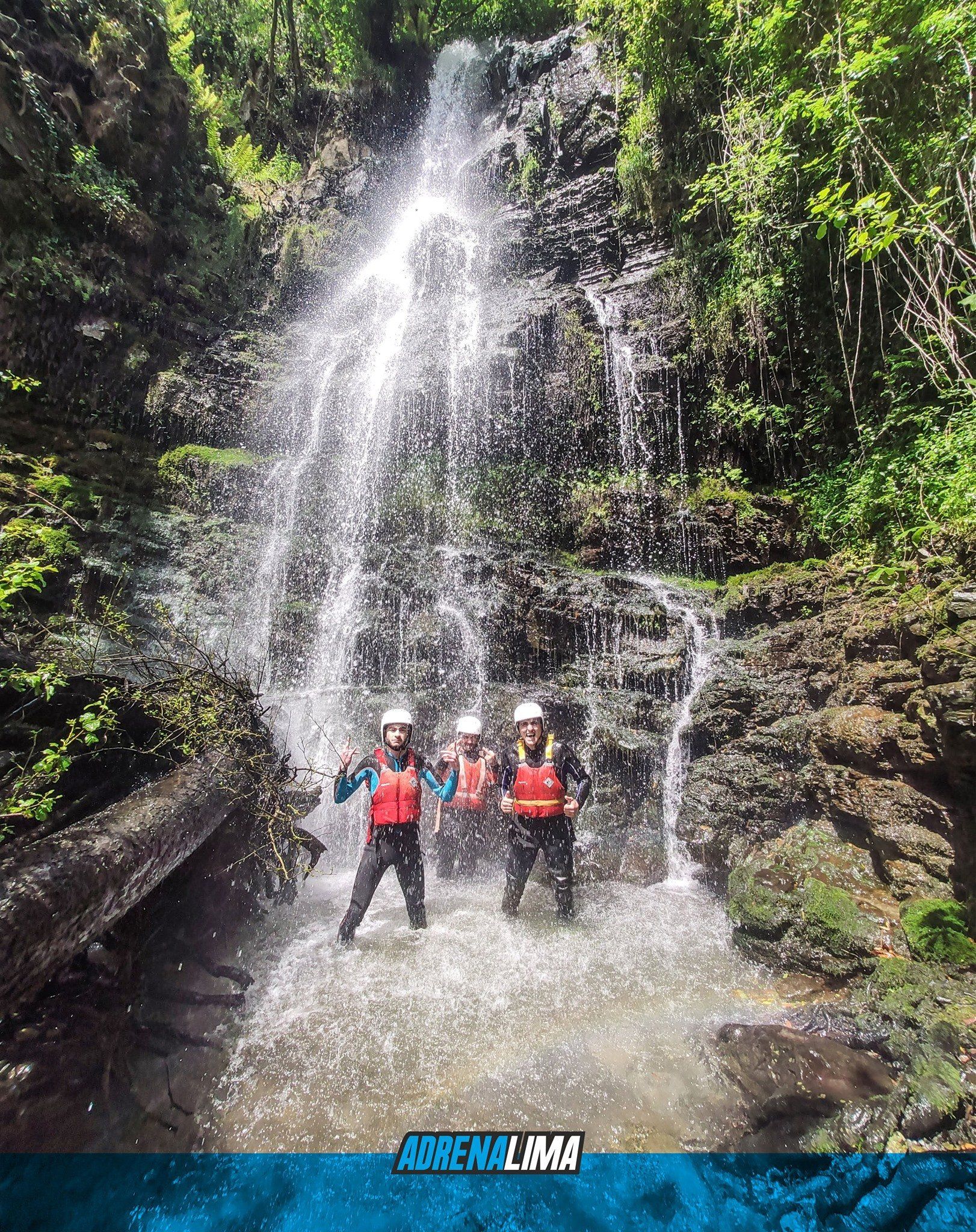
Titolo diapositiva
Scrivi qui la tua didascaliaPulsante
-
Adrenalima - River Adventure
Another activity dedicated to adventure and immersed in nature with your family or friends.
In the valley crossed by the Lima torrent it is possible to spend an unforgettable day full of adventure in nature, for people who are afraid of water, for families who want a simple adventure, to those who want a rush of "Adrenalima" "!
There are tailor-made routes for every need and always putting safety first, ranging from Aquatrekking to Rafting at various levels of difficulty.
Every day, from Monday to Sunday there are activities both in the morning and in the afternoon that can be booked via whatsapp at +39 348 377 7813 or from the website
Adrenalima - River Adventure
27/6/2022
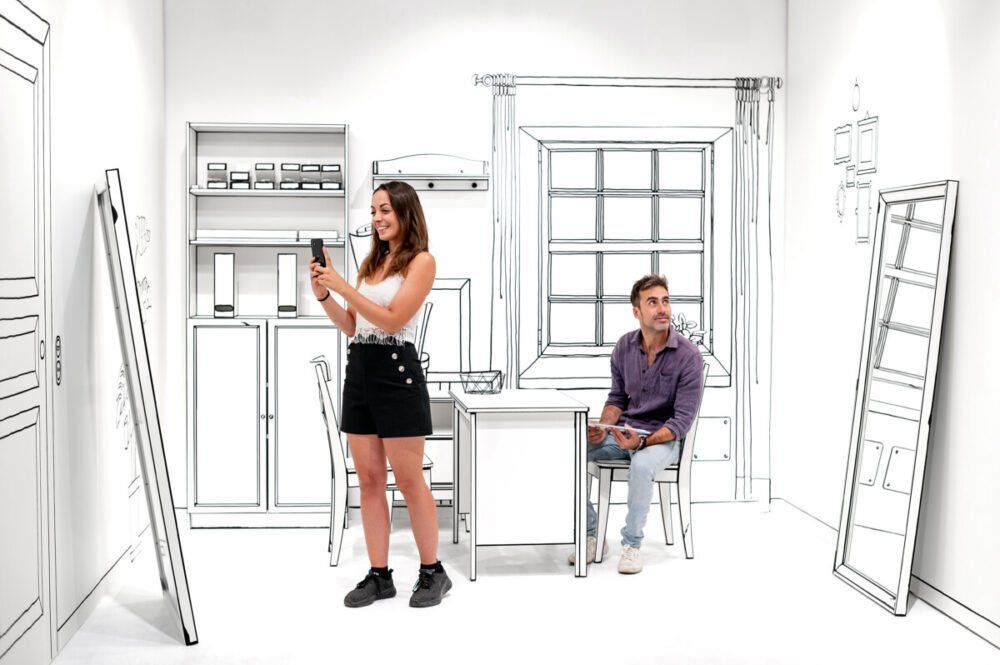
Titolo diapositiva
Scrivi qui la tua didascaliaPulsante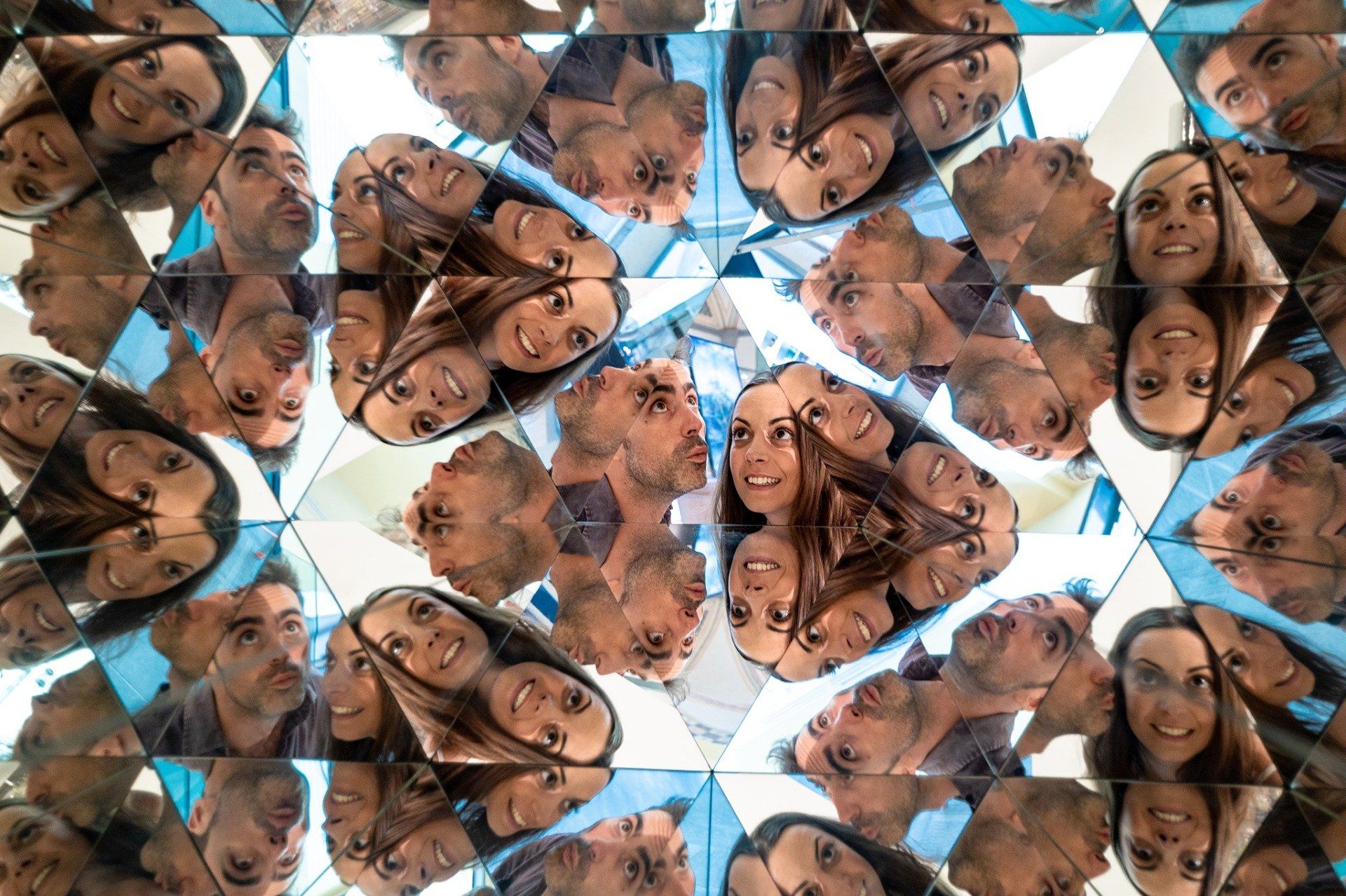
Titolo diapositiva
Scrivi qui la tua didascaliaPulsante
Titolo diapositiva
Scrivi qui la tua didascaliaPulsante
-
Firenze – Museum of Illusions
The Museum of Illusions has opened in Florence in a former 1900 cinema in the historic Tornaquinci Della Stufa Palace in via Borgo Albizi, 29. It is a museum that tests our imagination and beyond, mixing science, art, physics and optics. In 600 square meters are exhibited mysterious works of art, classic riddles, rooms that create illusions, magic mirrors, horse statues whose shadows give life to the profiles of two lovers who talk to each other and much more.
It is a fun place for adults but especially children where you can take pictures to find all visual tricks.
The experience is enriched by interactive entertainment, it is in fact possible to draw with light, create shadows, experience unforgettable moments in the world "upside down".
The permanent exhibition is always evolving: every year new objects on display will be added to the collection.
-
Opening times and tickets
Museo delle Illusioni
Borgo degli Albizi, 29
Firenze
Opening times
The museum is open from Monday to Friday from 10:00 to 19:00 and on Saturdays and Sundays from 10:00 to 20:00.
Tickets:
adults 17 euros;
students, schoolchildren, pensioners 13 euros;
preschool (3–6 years) 6;
family ticket (2 adults + 2 children) 51 euros;
under 3 years free.
Firenze – Museum of Illusions short description and opening times
13/11/2022
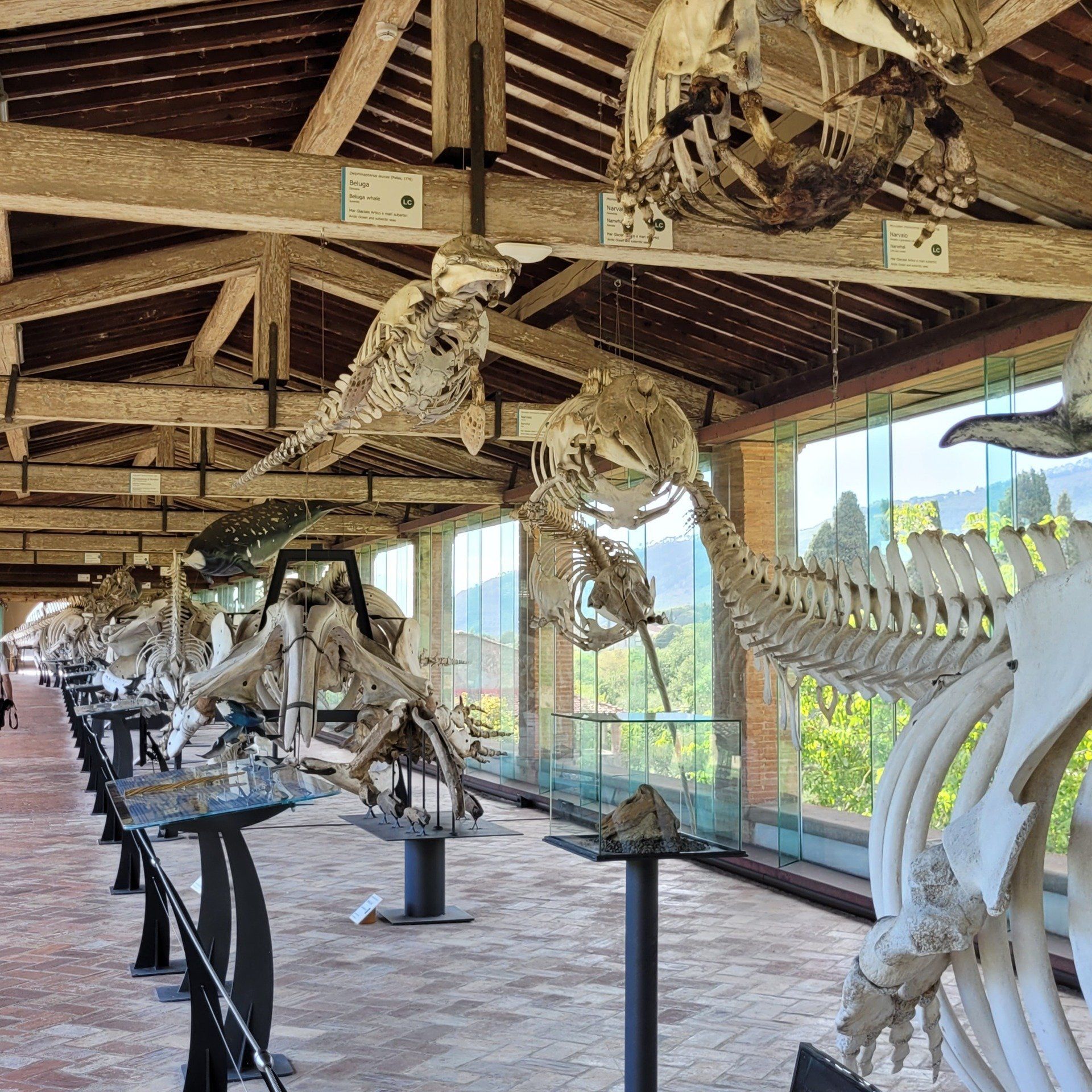
Titolo diapositiva
Scrivi qui la tua didascaliaPulsante
Titolo diapositiva
Scrivi qui la tua didascaliaPulsante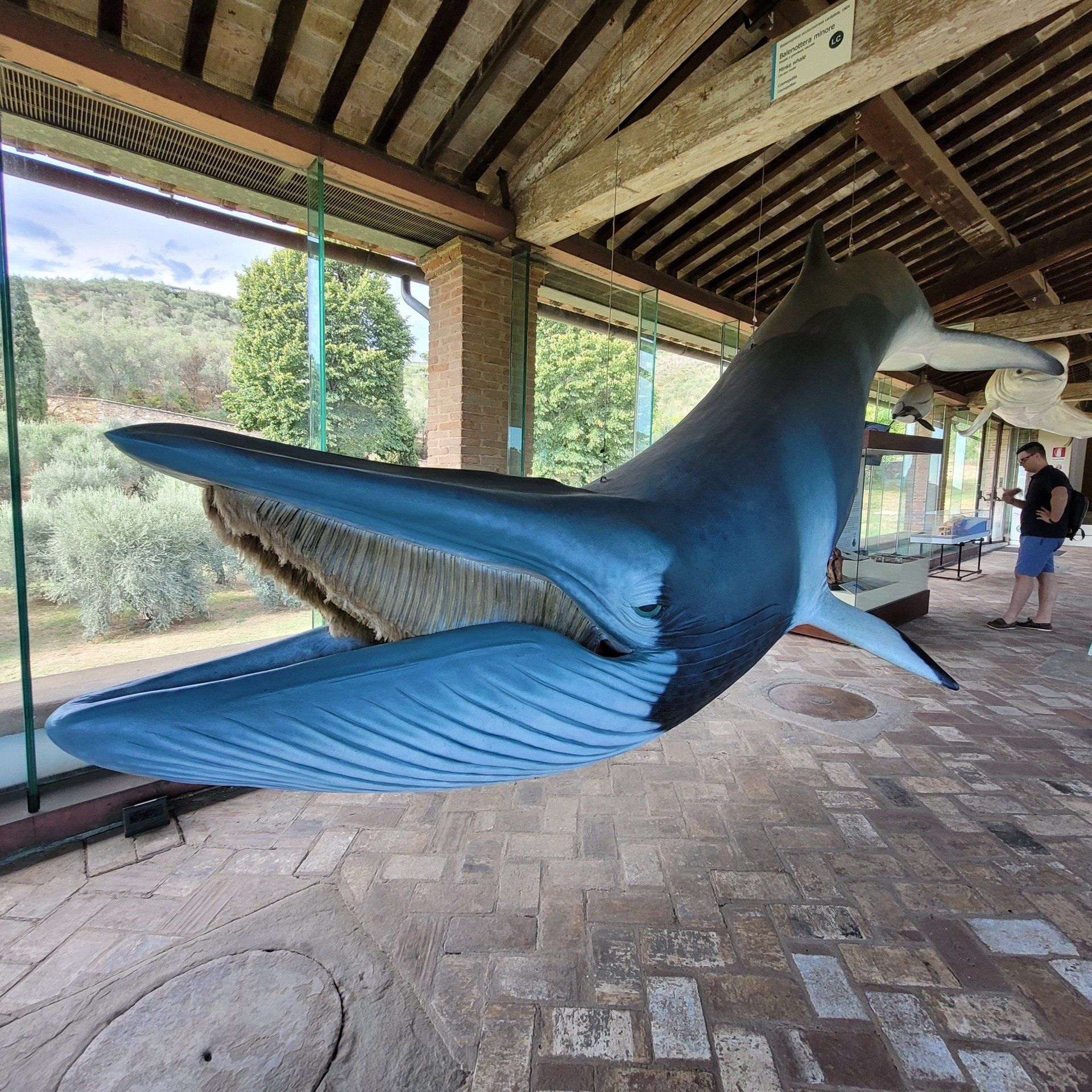
Titolo diapositiva
Scrivi qui la tua didascaliaPulsante
Titolo diapositiva
Scrivi qui la tua didascaliaPulsante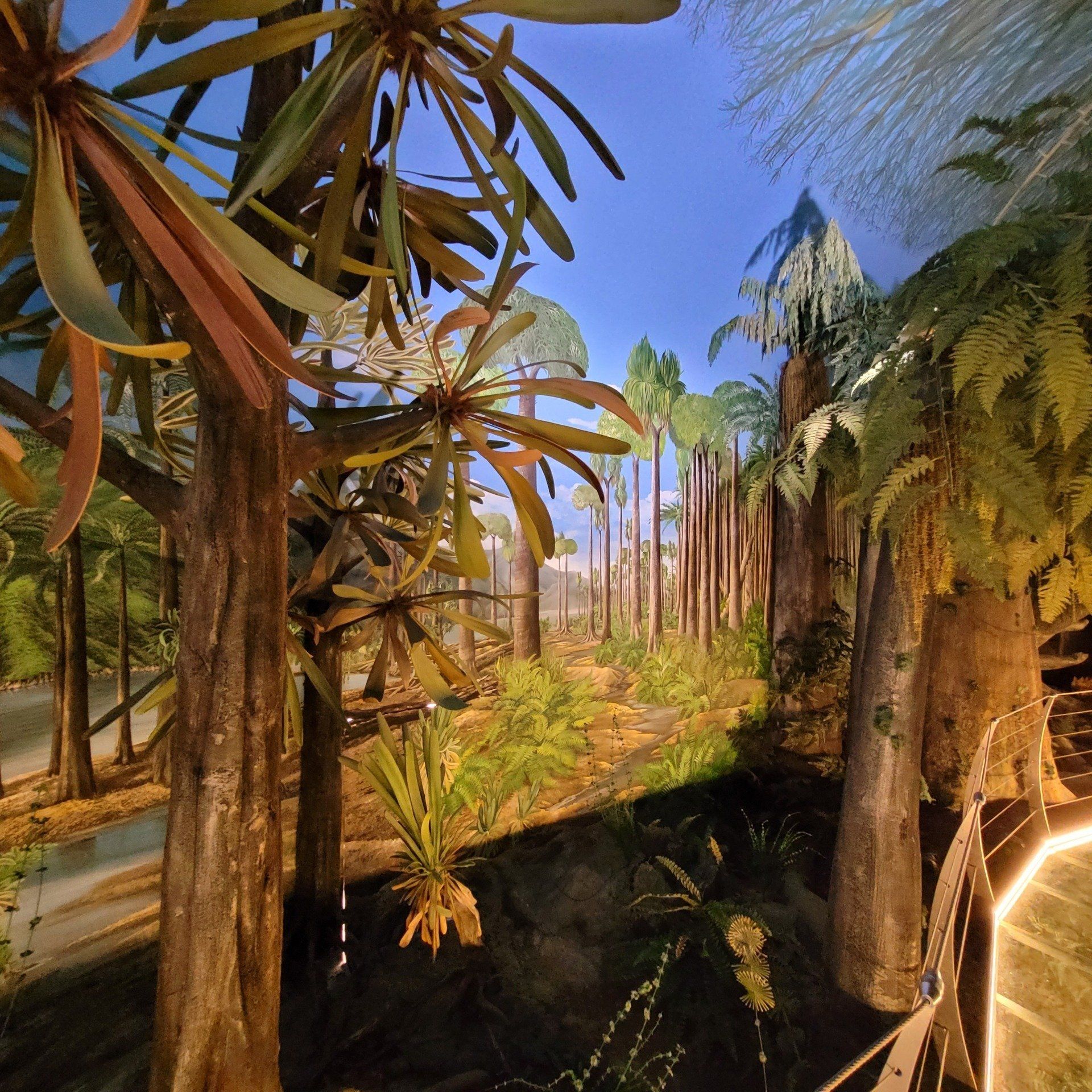
Titolo diapositiva
Scrivi qui la tua didascaliaPulsante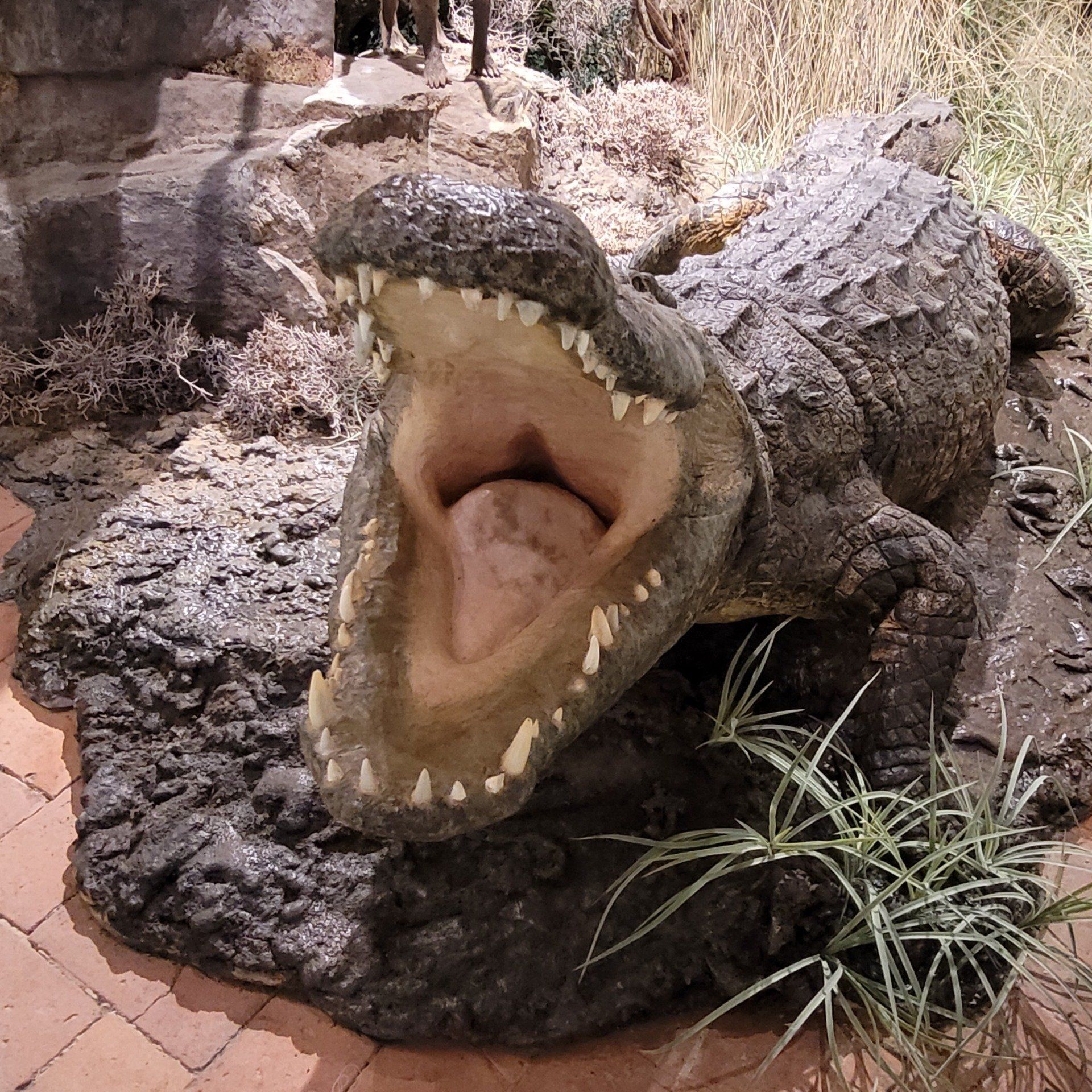
Titolo diapositiva
Scrivi qui la tua didascaliaPulsante
Titolo diapositiva
Scrivi qui la tua didascaliaPulsante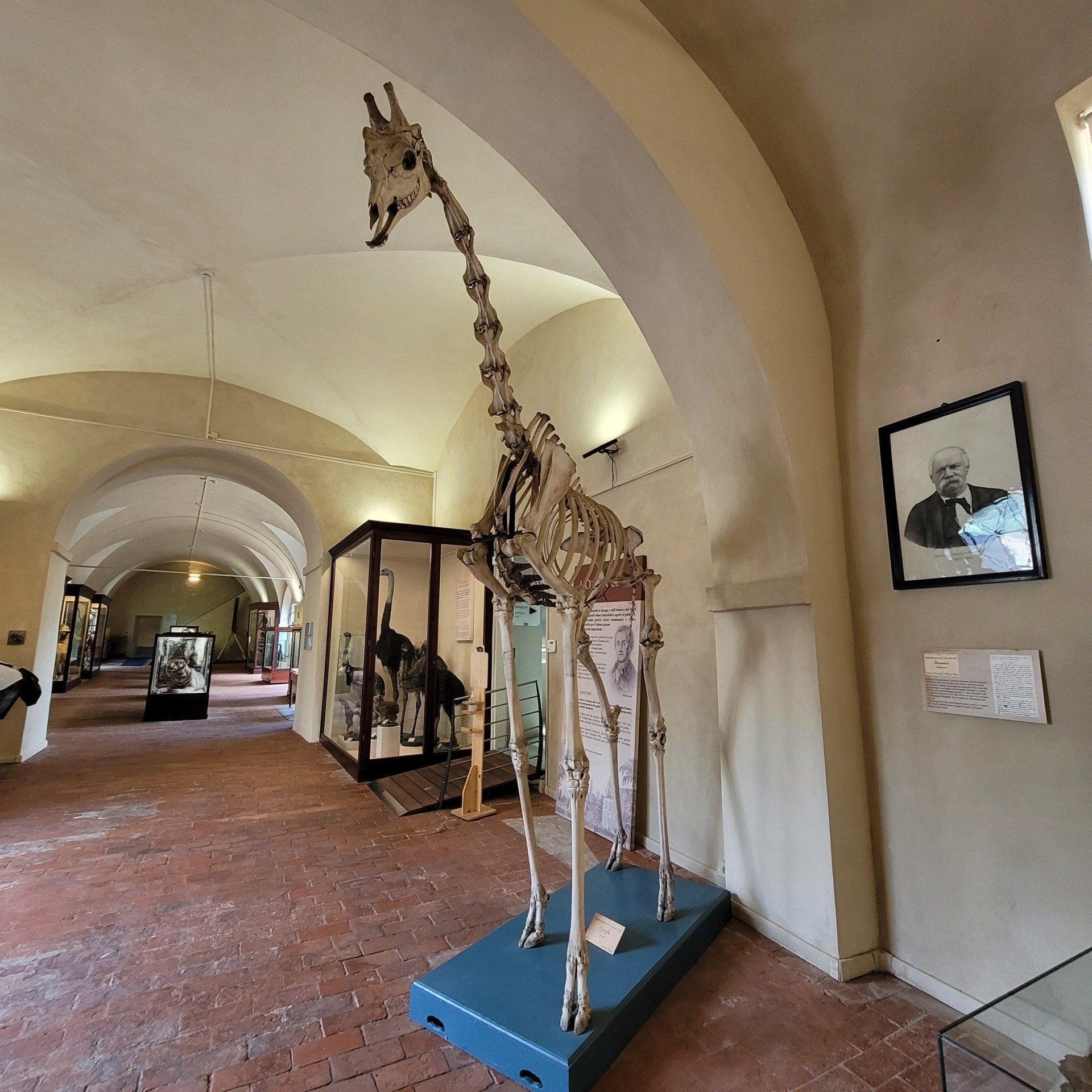
Titolo diapositiva
Scrivi qui la tua didascaliaPulsante
Titolo diapositiva
Scrivi qui la tua didascaliaPulsante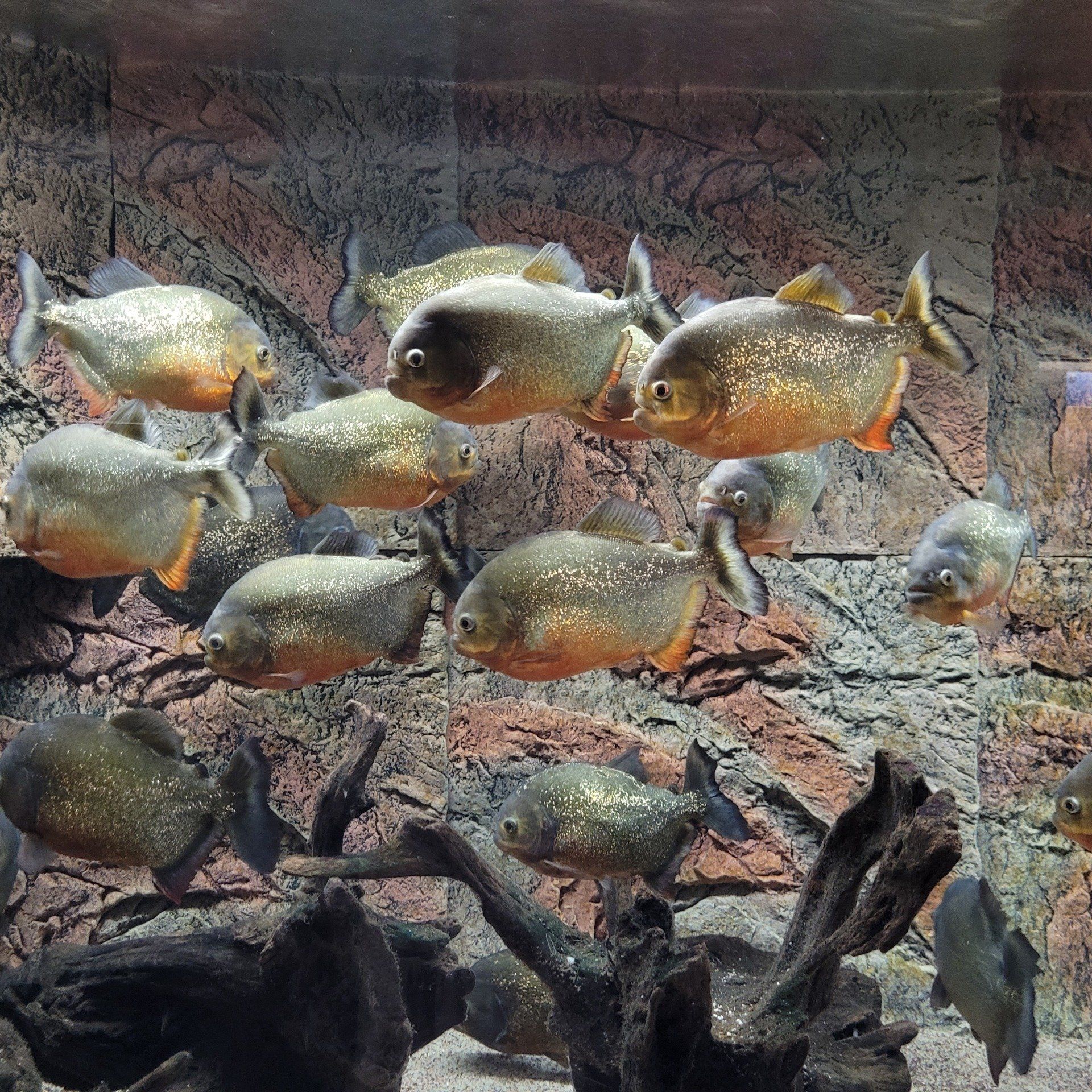
Titolo diapositiva
Scrivi qui la tua didascaliaPulsante
Titolo diapositiva
Scrivi qui la tua didascaliaPulsante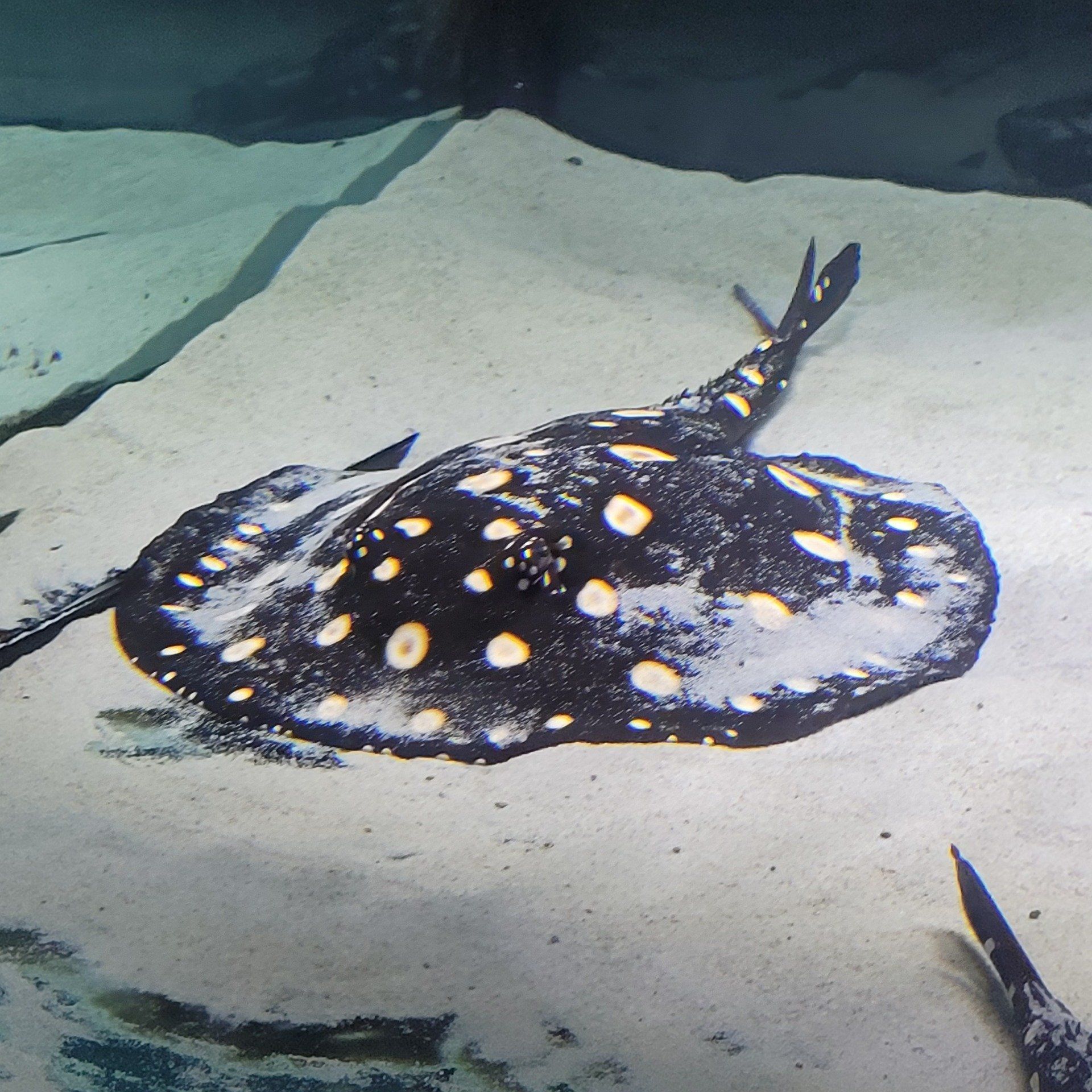
Titolo diapositiva
Scrivi qui la tua didascaliaPulsante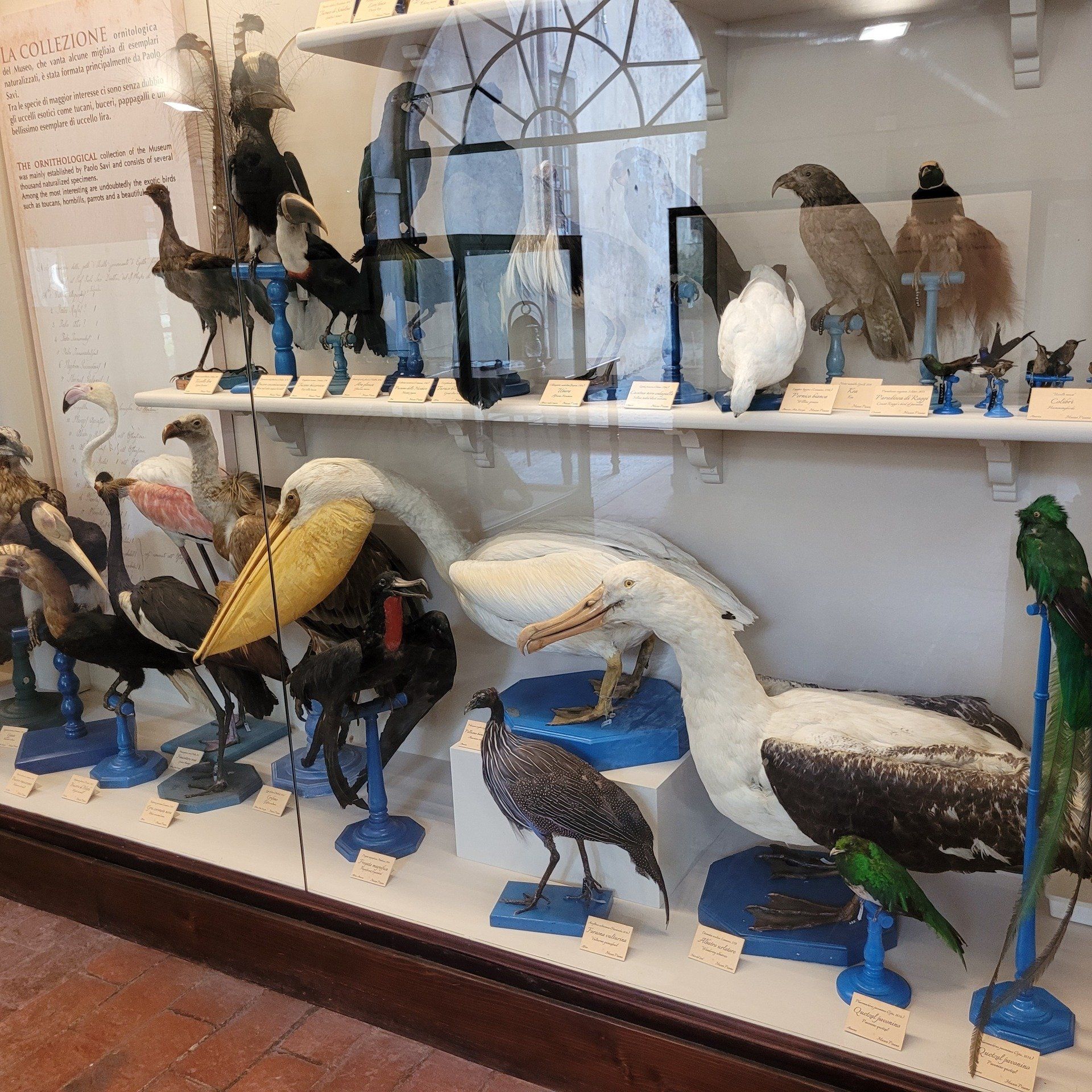
Titolo diapositiva
Scrivi qui la tua didascaliaPulsante
Titolo diapositiva
Scrivi qui la tua didascaliaPulsante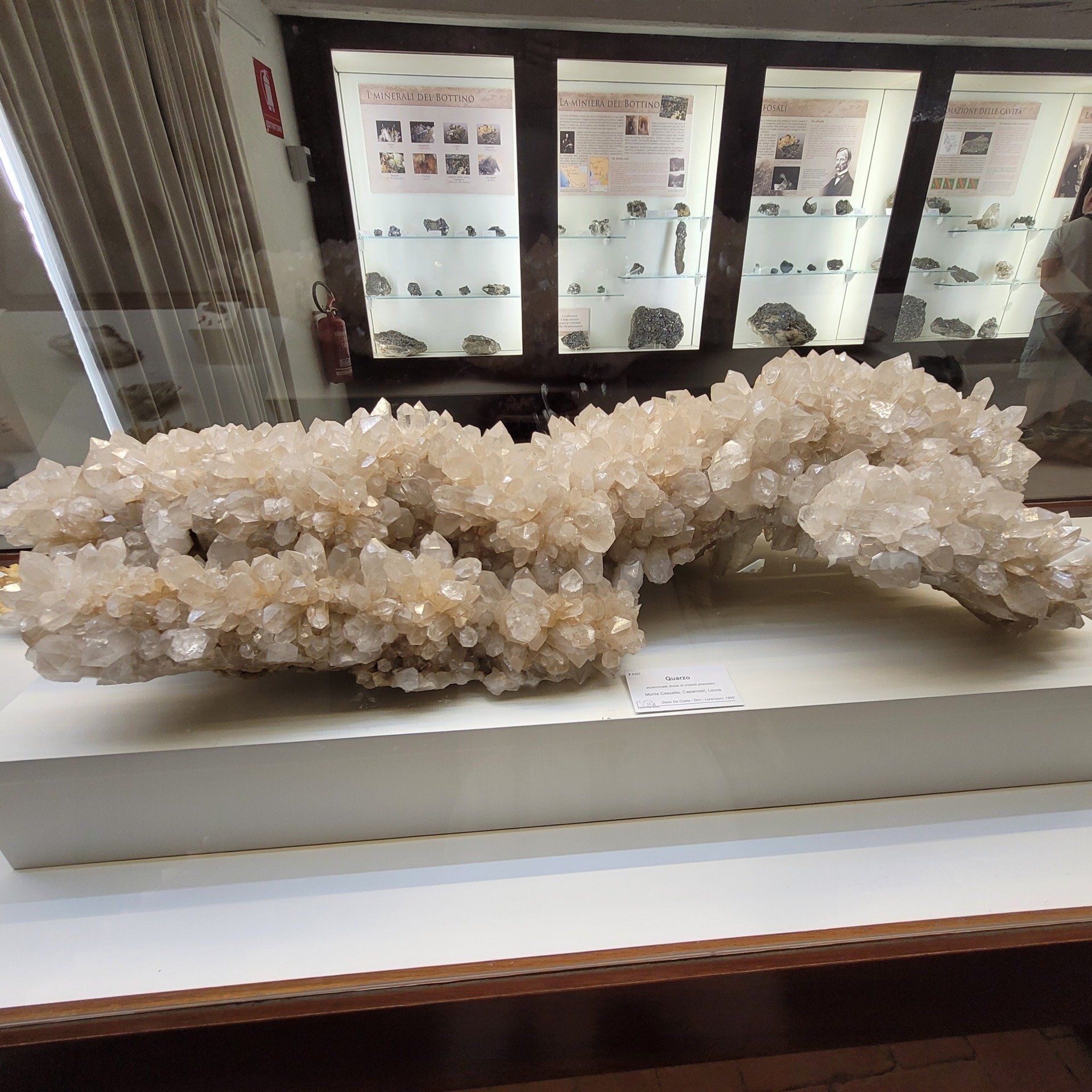
Titolo diapositiva
Scrivi qui la tua didascaliaPulsante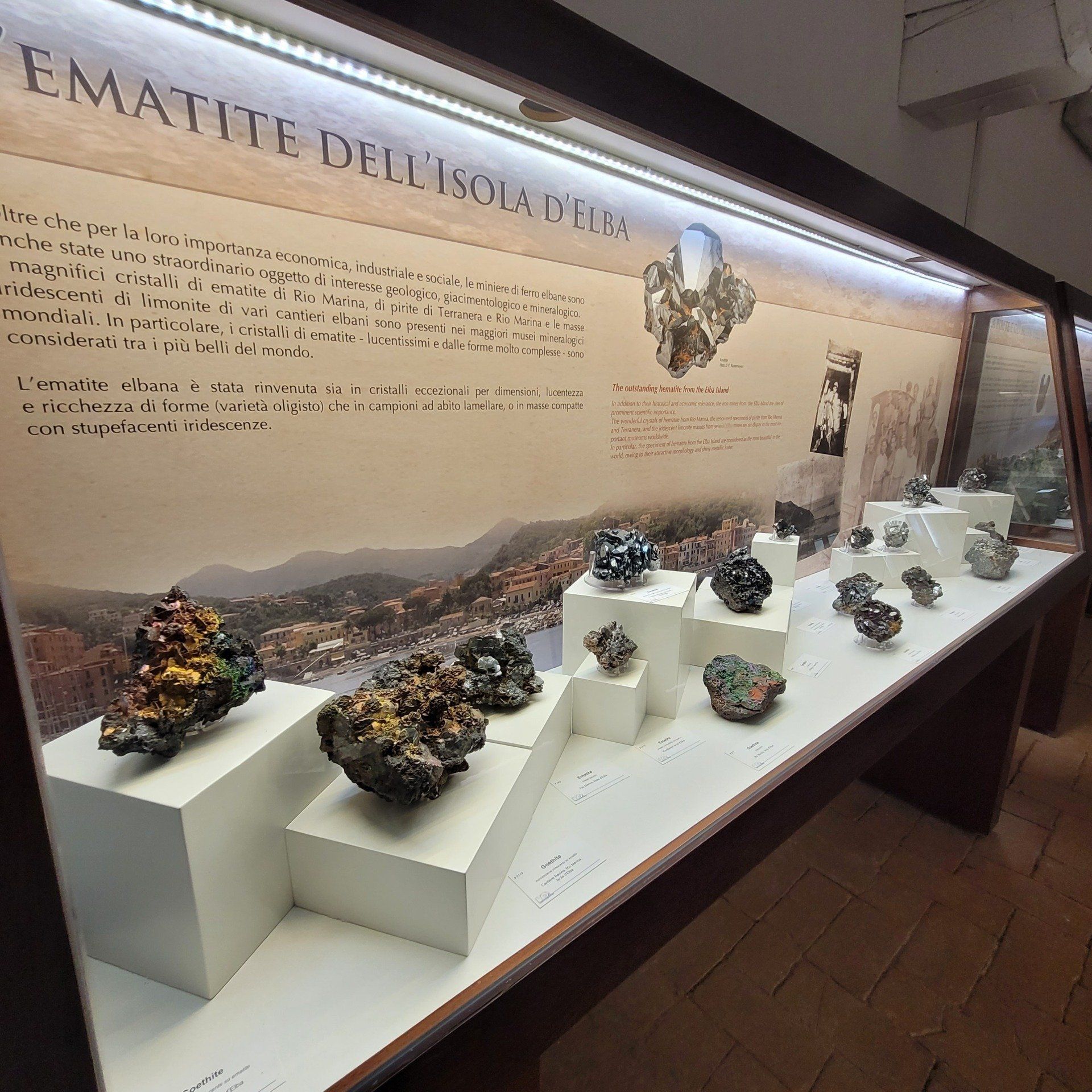
Titolo diapositiva
Scrivi qui la tua didascaliaPulsante
-
Calci, Pisa - Natural History Museum
Calci, Pisa - Natural History Museum
Today the Charterhouse hosts two distinct museums: the Charterhouse, abandoned by the few remaining monks in 1972, became the National Museum of the Monumental Charterhouse of Calci; while in 1979 the western part of the complex was granted in perpetual and free use to the University of Pisa, which founded the Natural History Museum of the University of Pisa.
The tour of the Natural History Museum winds through the Certosa in the most "humble" rooms, those used by lay monks in their daily work: cellars, warehouses, oil mill, carpentry, barn and so on. These premises take on a new life by hosting the prestigious collections of the Museum, the result of almost 500 years of history: on the ground floor, in the “Chamber of Wonders” period artifacts from all over the world are exhibited; upstairs there are two splendid sections with numerous species of very well embalmed mammals and beautiful dioramas at the end of the hall. Finally, on the upper floor you will find the museum of marine cetaceans, where there are dozens of skeletons of… monstrous dimensions! These are unique collections of historical and scientific importance, which include finds from zoology, paleontology and mineralogy, as well as live animals housed in the largest freshwater aquarium in Italy.
-
Opening times and entrance tickets
Natural History Museum
The Natural History Museum is organized into two exhibition sectors, one which includes permanent exhibitions (Historical Gallery, Museum Garden, Gallery of Amphibians and Reptiles, Gallery of Mammals, Hall of Archaeocetes, Gallery of Cetaceans, Room of the Evolution of 'Man, Mineral Gallery, Room "The Earth between myth and science", Gallery of geological eras, Dinosaur Room, Room of the Evolution of Birds) and the other which includes the Aquarium and the Temporary Exhibition and the Room of the prehistory of Monte Pisano.
Permanent Exhibitions Entrance:
Full: € 8.00
Reduced (from 6 to 18 years and over 65): € 6.00
Family (1 adult + 1 child): € 8.00
Free for: children up to 6 years of age, people with disabilities and their caregivers.
Aquarium entrance and temporary exhibition:
Full: € 8.00
Reduced (from 6 to 18 years and over 65): € 6.00
Family (1 adult + 1 child): € 8.00
Free for children up to 6 years of age, people with disabilities and their carers
Entrance Permanent exhibitions, Aquarium and temporary exhibition:
Full: € 14.00
Reduced (from 6 to 18 years and over 65): € 10.00
Family (1 adult + 1 child): € 14.00
Free for children up to 6 years of age, people with disabilities and their caregivers.
Calci, Pisa - Natural History Museum
25/8/2022

Titolo diapositiva
Scrivi qui la tua didascaliaPulsante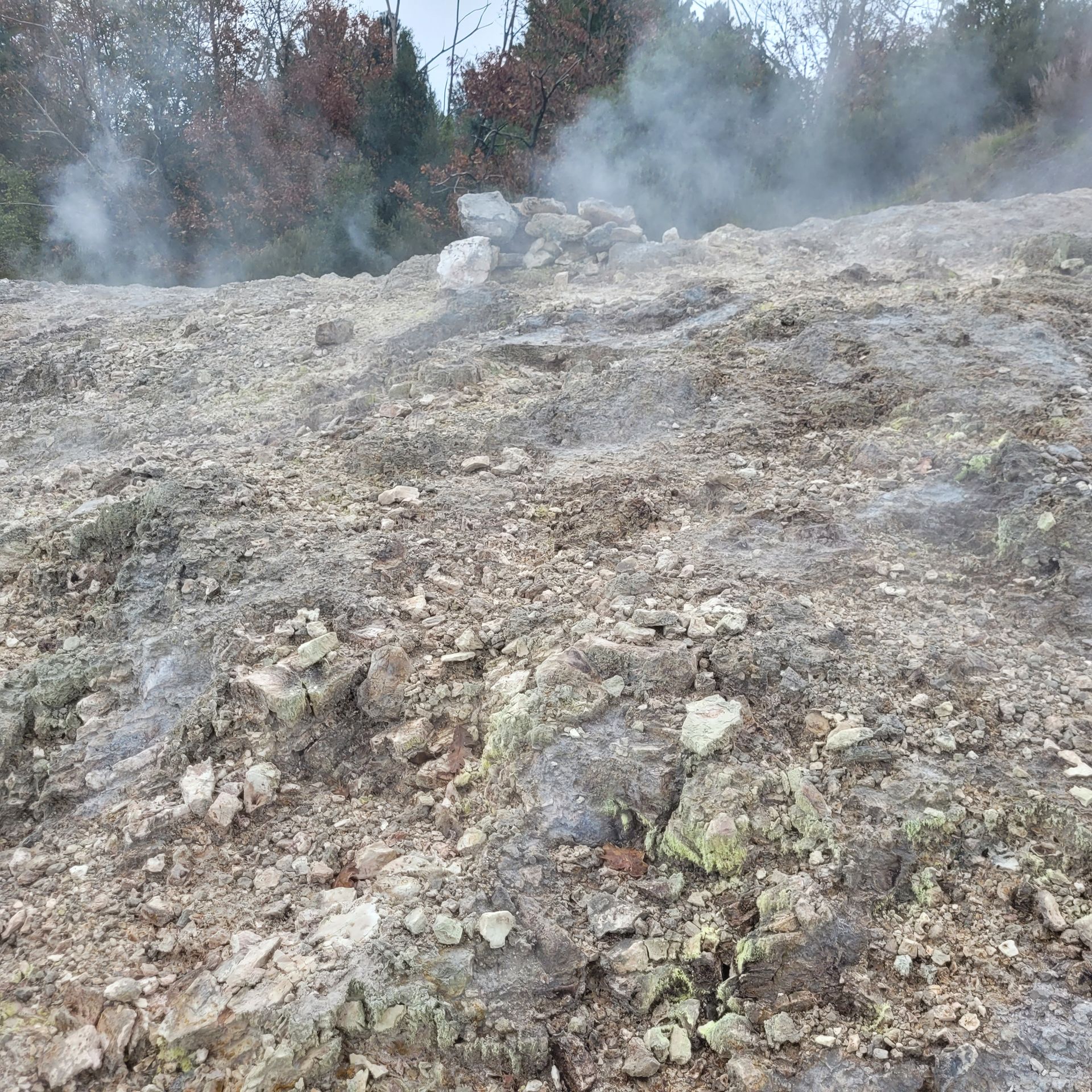
Titolo diapositiva
Scrivi qui la tua didascaliaPulsante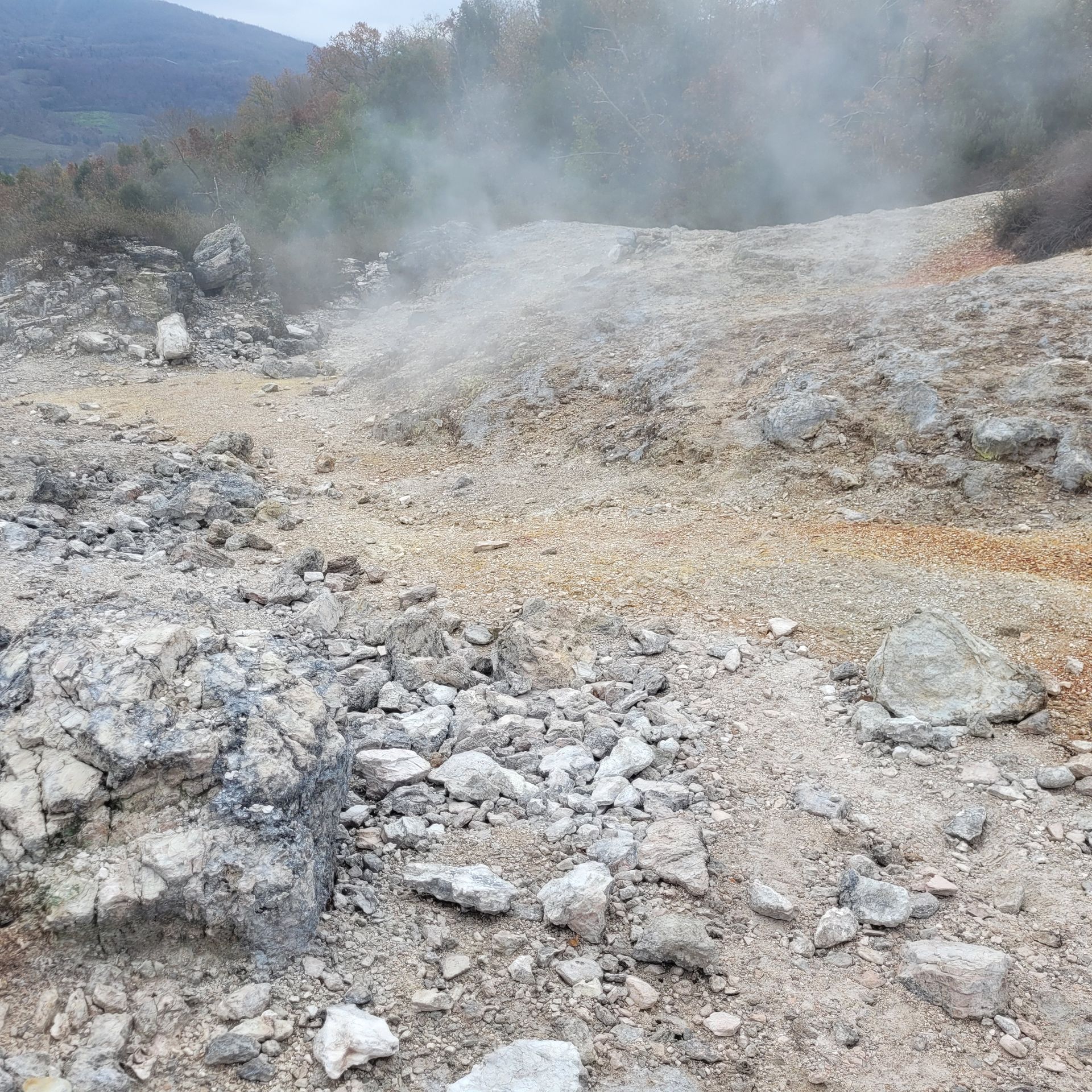
Titolo diapositiva
Scrivi qui la tua didascaliaPulsante
Titolo diapositiva
Scrivi qui la tua didascaliaPulsante
Titolo diapositiva
Scrivi qui la tua didascaliaPulsante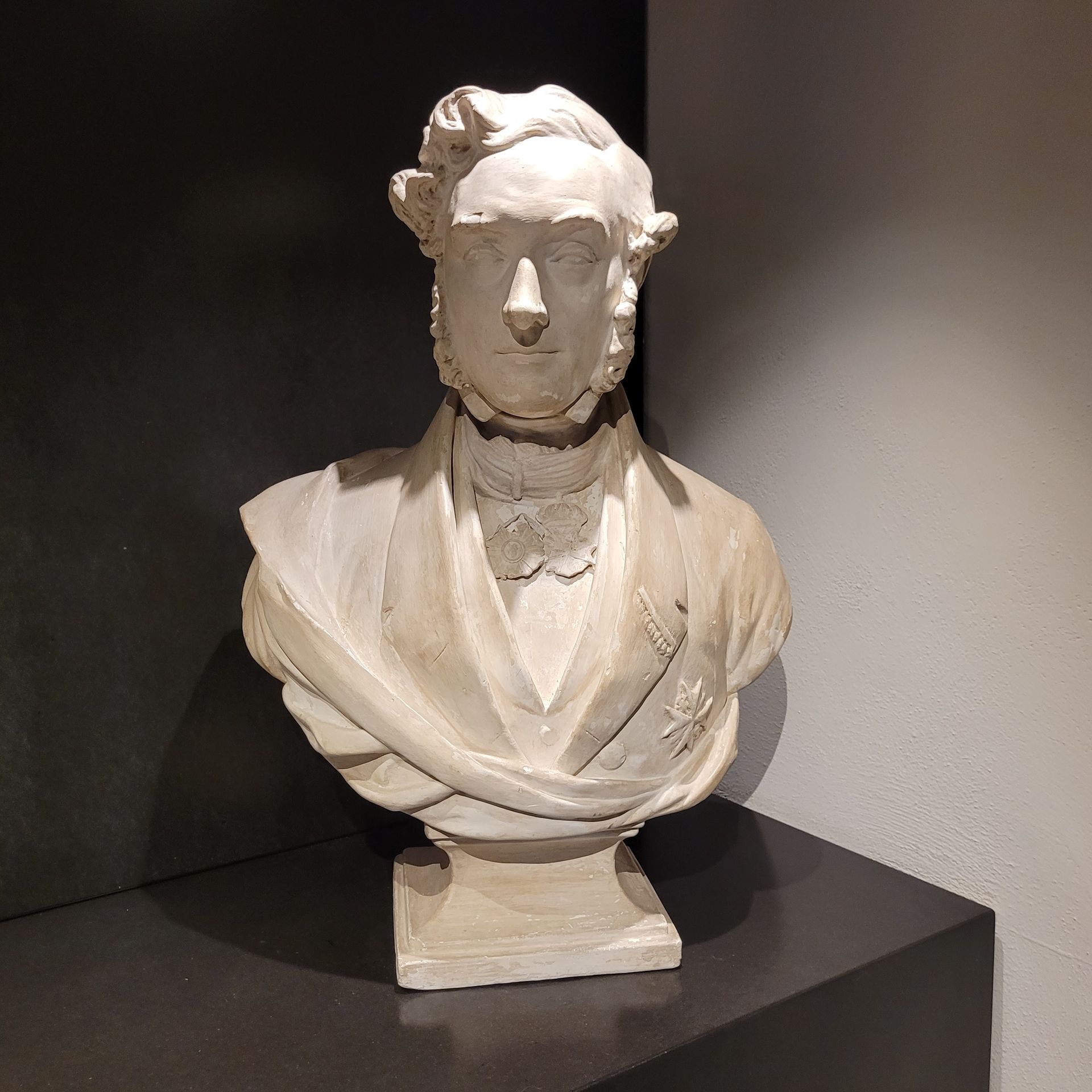
Titolo diapositiva
Scrivi qui la tua didascaliaPulsante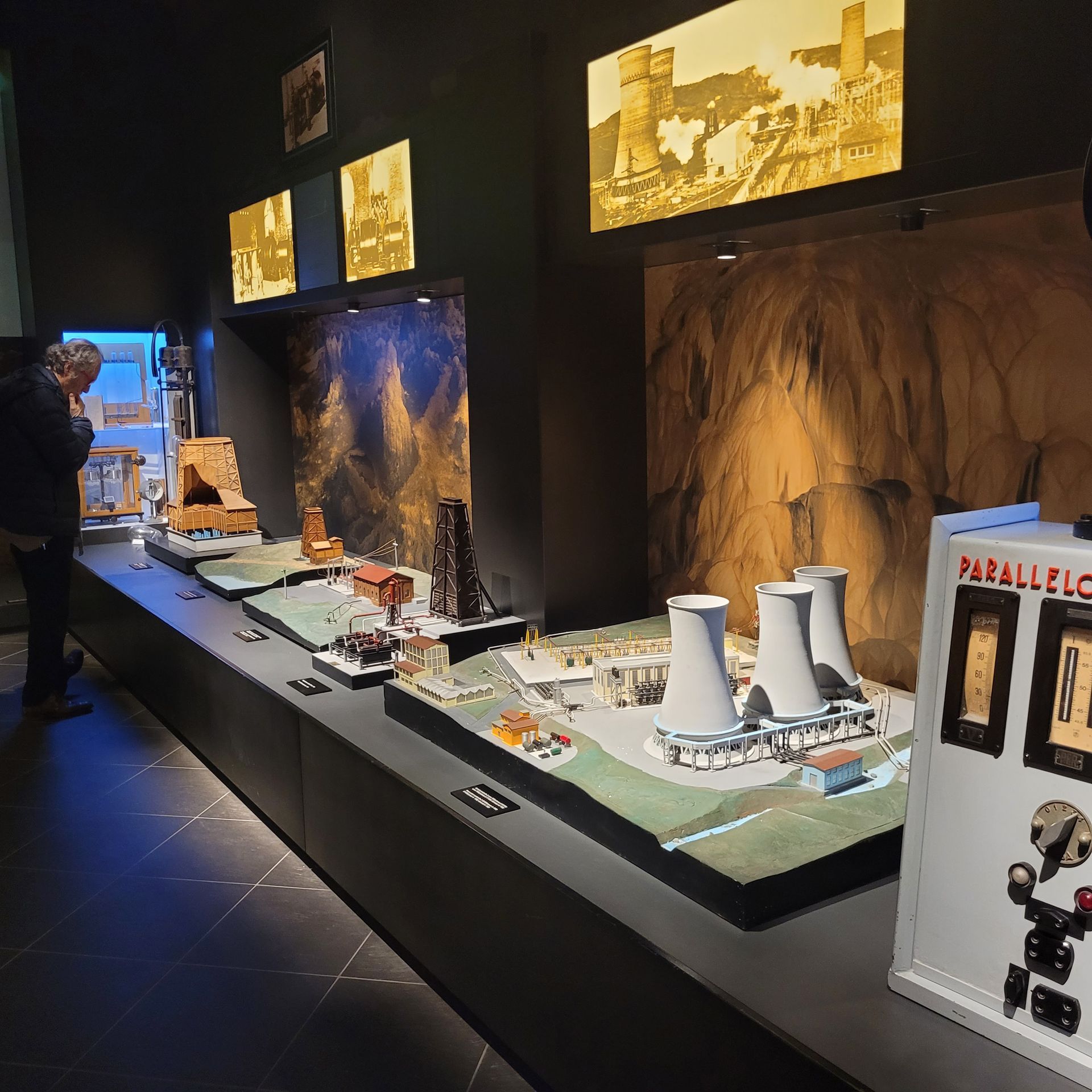
Titolo diapositiva
Scrivi qui la tua didascaliaPulsante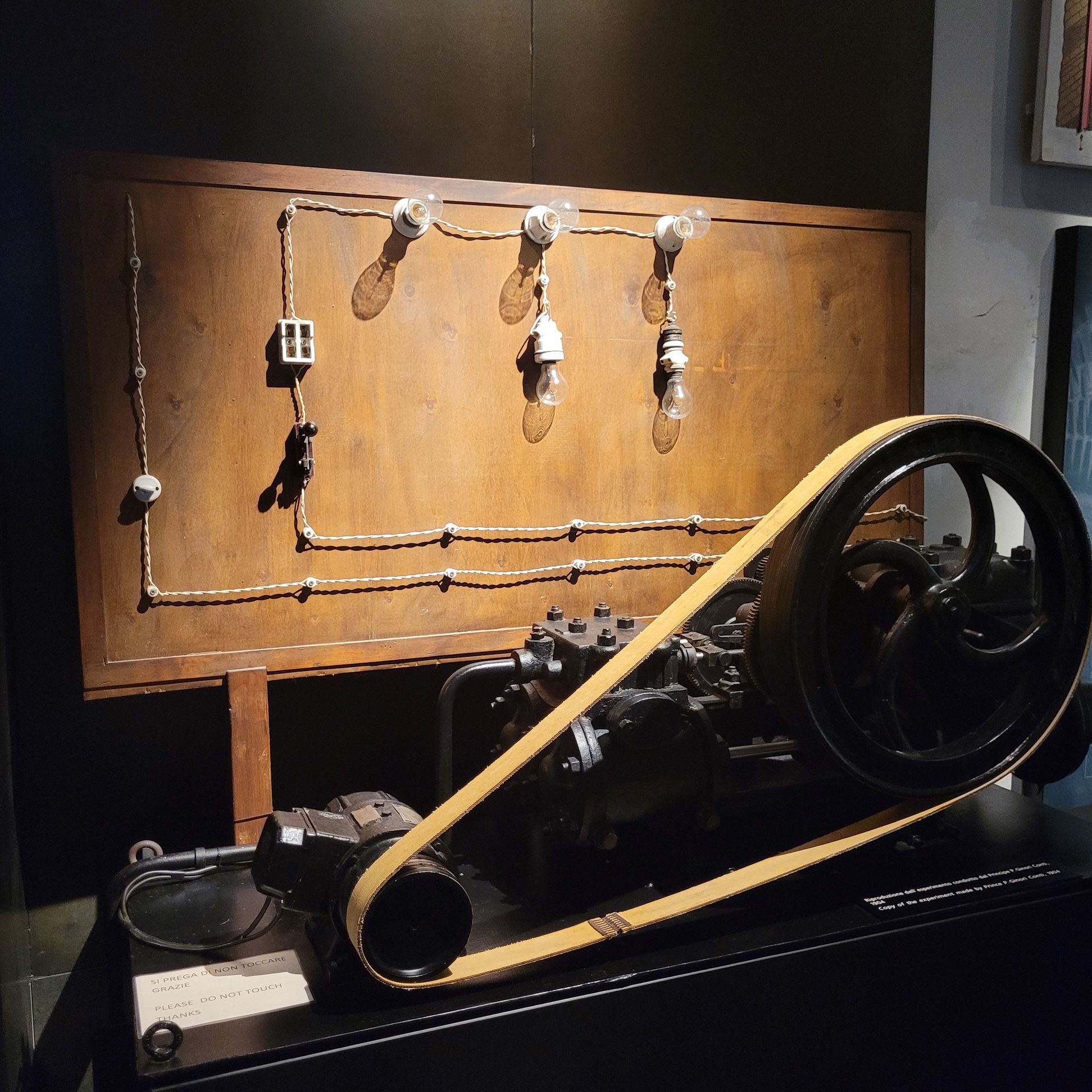
Titolo diapositiva
Scrivi qui la tua didascaliaPulsante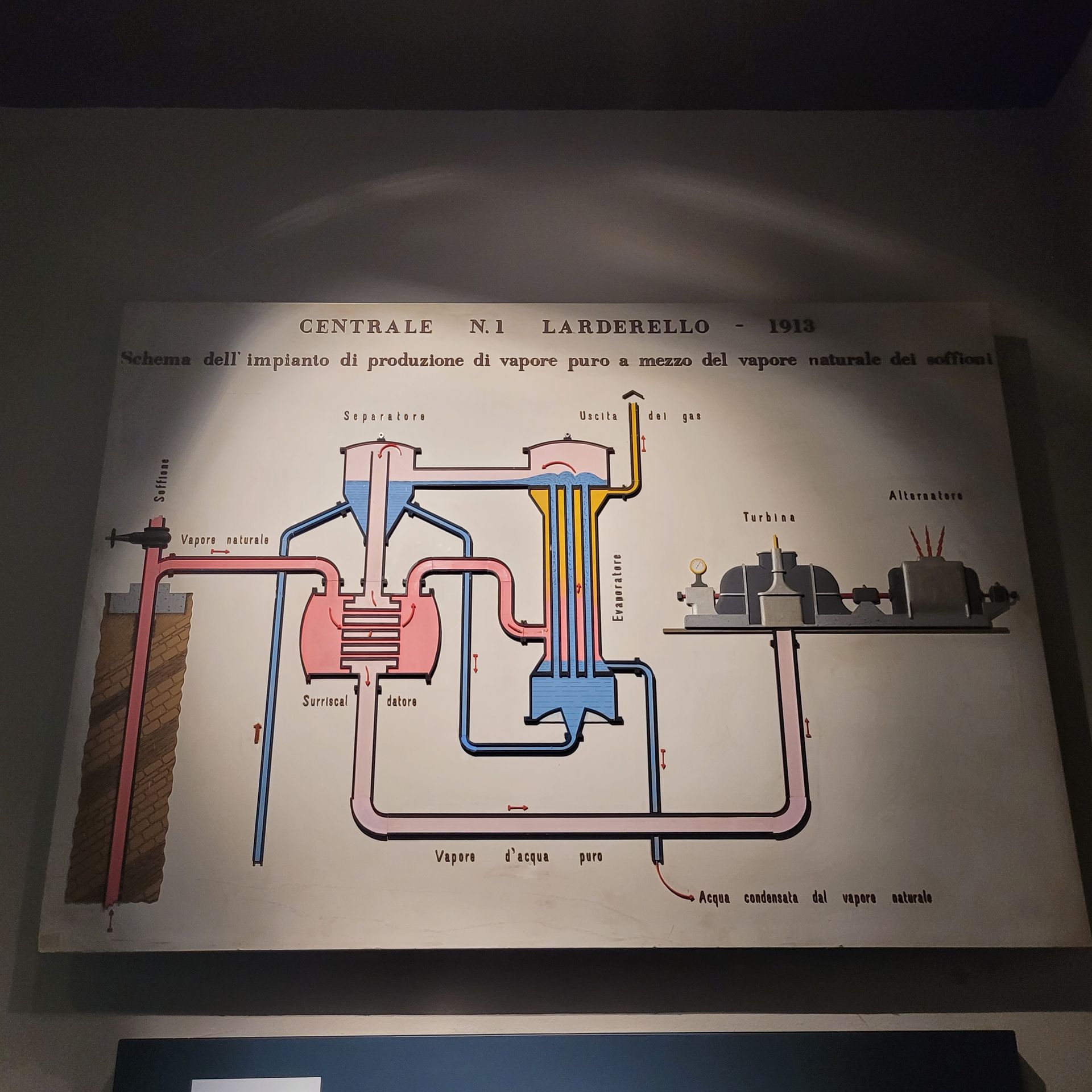
Titolo diapositiva
Scrivi qui la tua didascaliaPulsante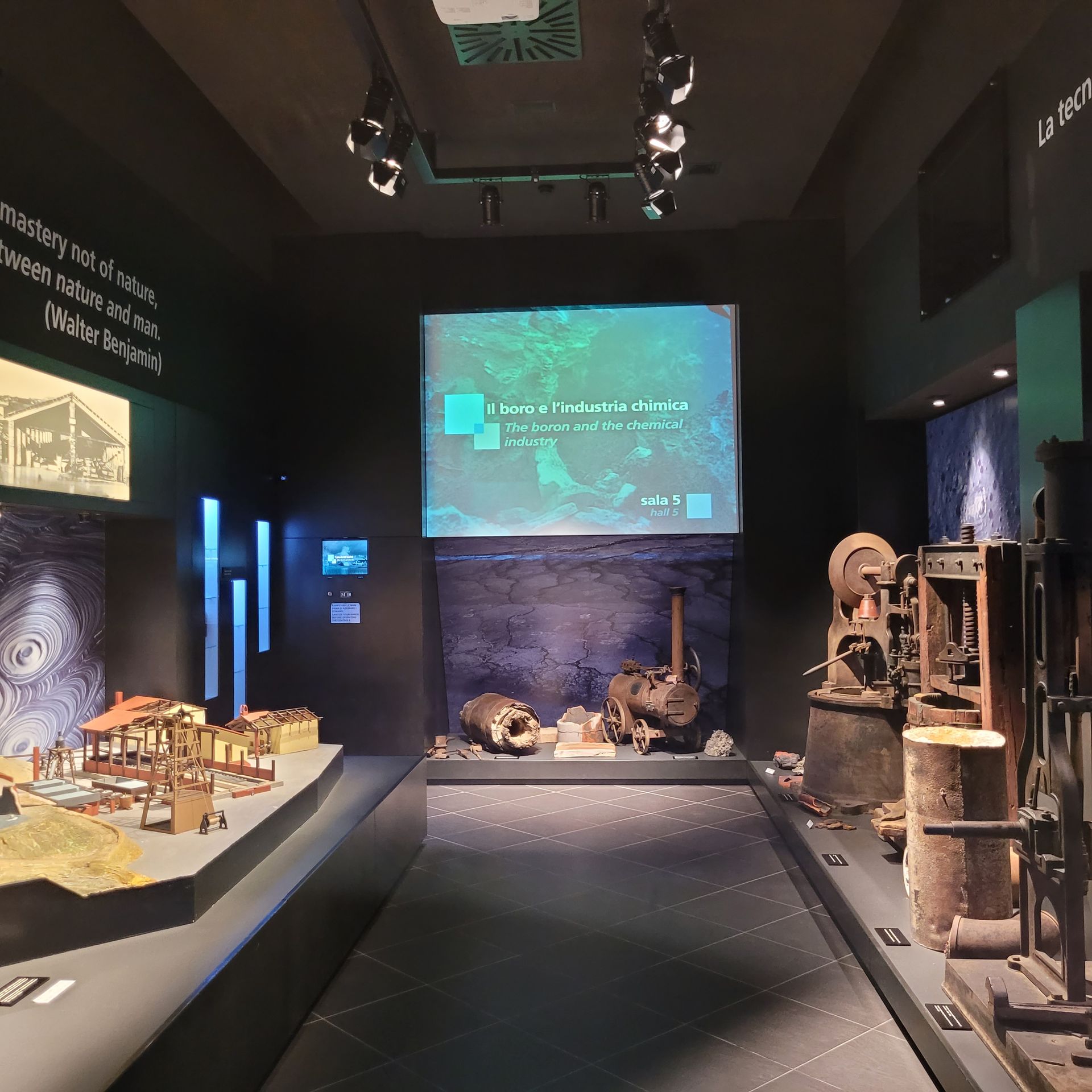
Titolo diapositiva
Scrivi qui la tua didascaliaPulsante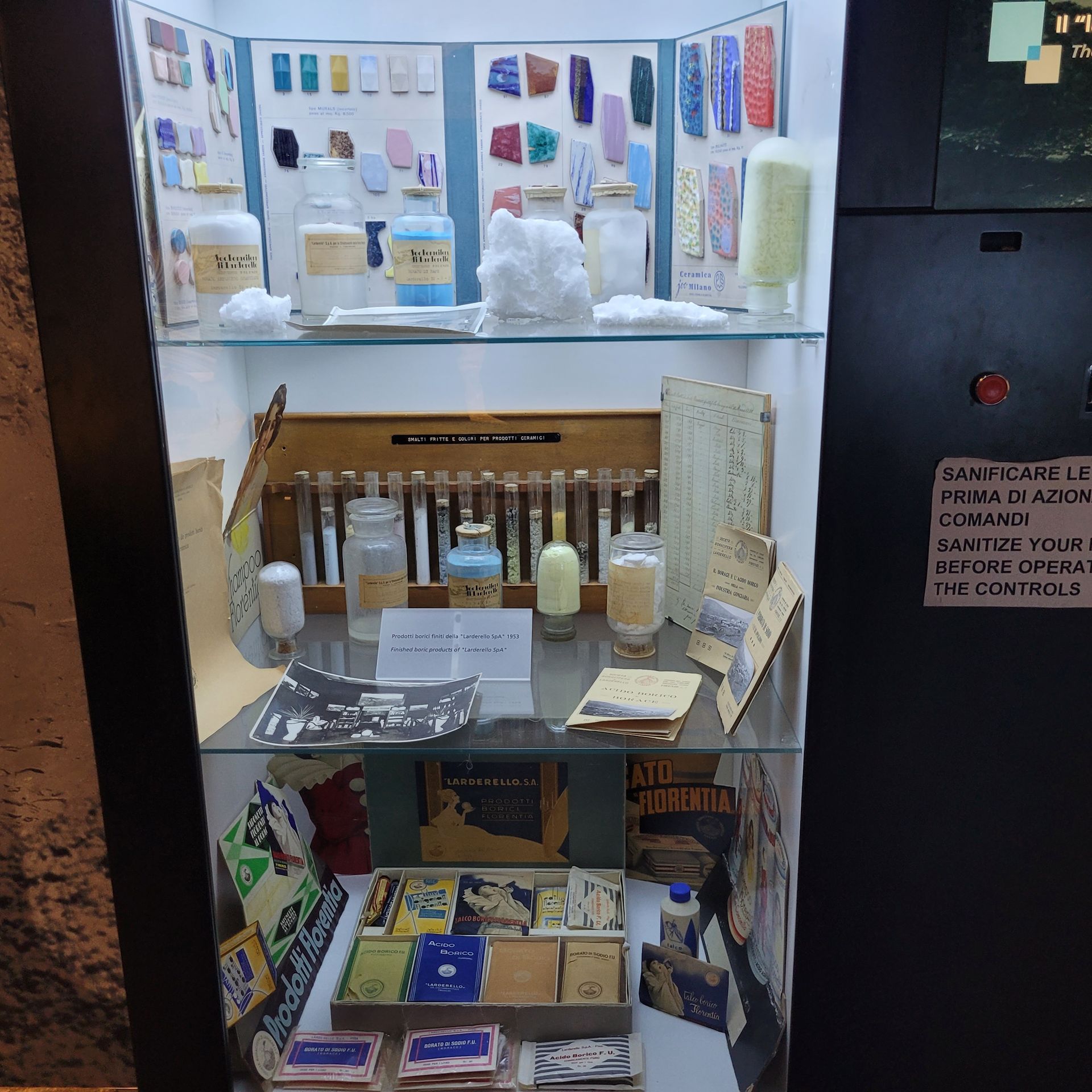
Titolo diapositiva
Scrivi qui la tua didascaliaPulsante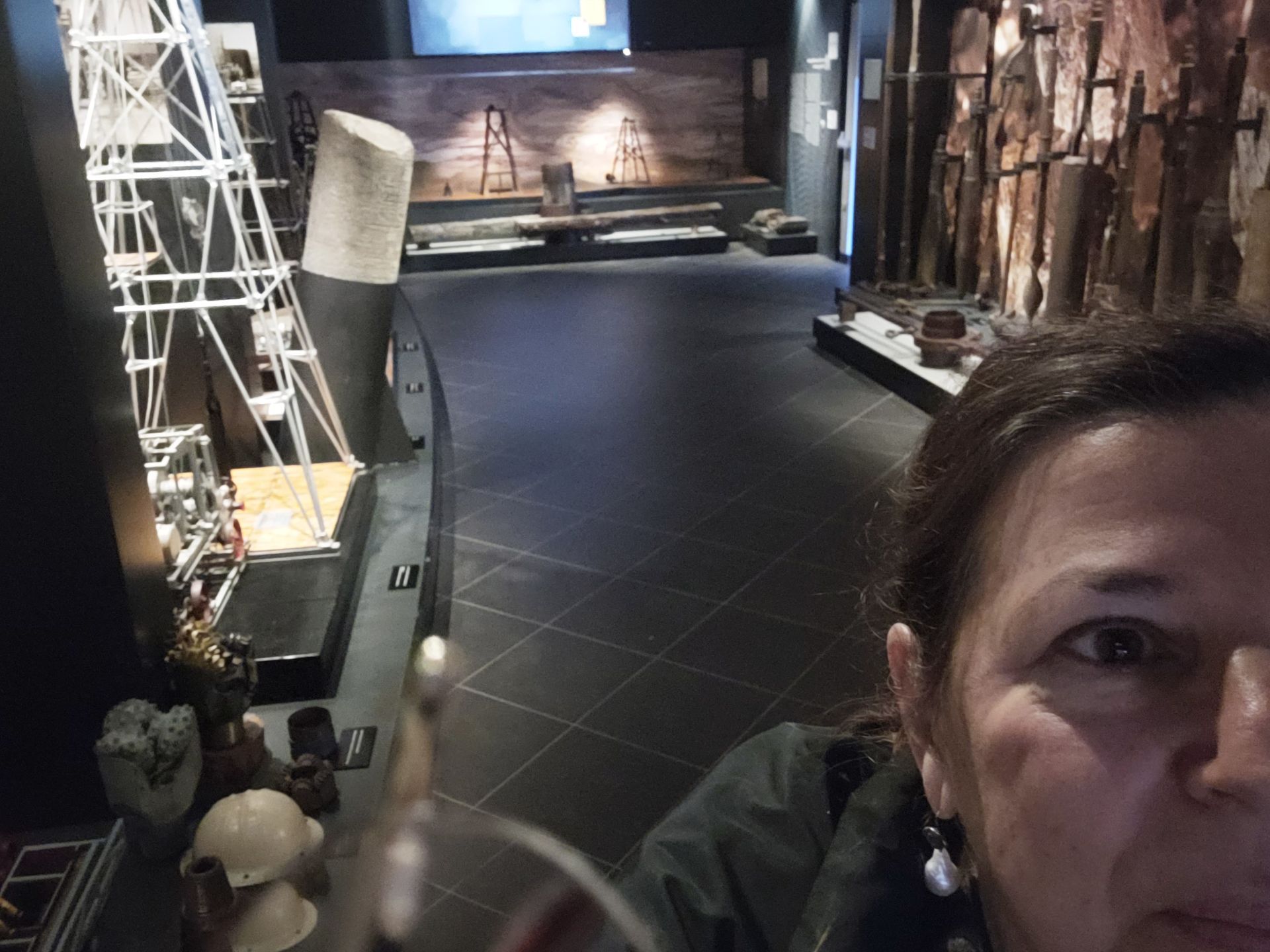
Titolo diapositiva
Scrivi qui la tua didascaliaPulsante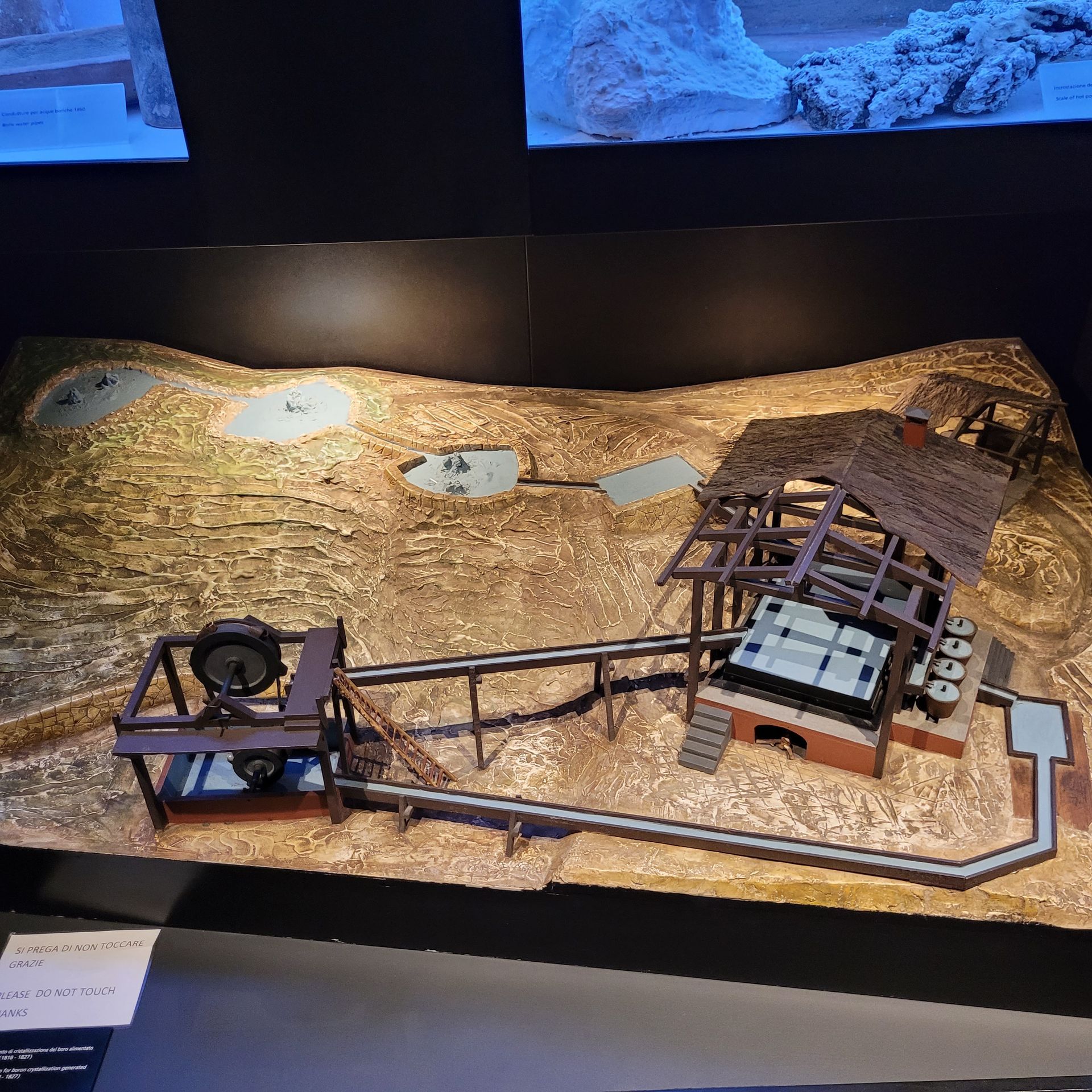
Titolo diapositiva
Scrivi qui la tua didascaliaPulsante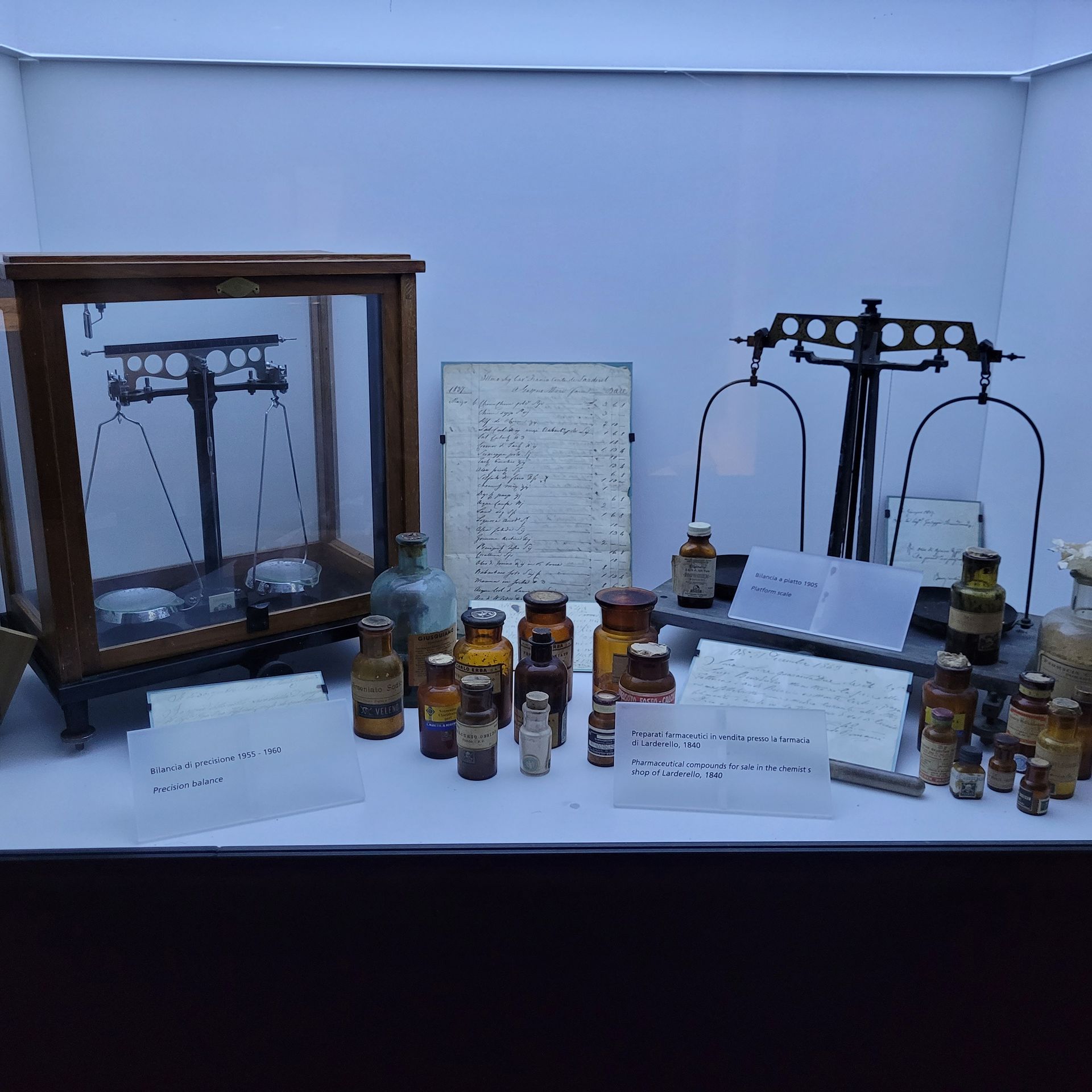
Titolo diapositiva
Scrivi qui la tua didascaliaPulsante
Titolo diapositiva
Scrivi qui la tua didascaliaPulsante
Titolo diapositiva
Scrivi qui la tua didascaliaPulsante
-
Larderello and the Geothermal Energy Museum
In the centre of Tuscany there is the largest geothermic area in Europe, still today called the Devil’s Valley. The landscape is characterized by the presence of refrigerating towers, and by an extensive network of shining tubes carrying the steam to the plants.
Geothermal energy is a clean and renewable source of power.
What is Geothermal energy? It can be compared to a pressure cooker on the stove. The source of heat is the magma; the bottom of the pressure cooker is the stratum of impermeable rocks; its internal part made up of permeable rocks is the tank with geothermal fluid; and the cover is made up of a stratum of impermeable rocks, the valves of this large pressure cooker are the drilling wells, and the vapour a spectacle of nature.
The whole boracic area boasted imposing natural phenomena: fumaroles, lagoni (hot mud ponds)
and geysers. Due to the drilling of ever deeper wells the phenomena have decreased in number, but there still are a few in the area between Sasso Pisano and Monterotondo.
Along the nature trail in Sasso Pisano and Monterotondo Marittimo, jasper and limestone rocks let the geothermal fluid reach the surface creating unique and unmistakable endogenous phenomena that have been compared to Hell.
Scattered vegetation, minerals, red-hot stones, very hot water springs between geysers and boiling water ponds, and traces of an illustrious past are only a few of the characteristics of this extraordinary area.
In some days (ask the Tourist Office) it is possible to assist to the opening of a tutorial well. Drilled in 1956, 740 metres deep and 9”5/8 wide, it produces about 10 tons of fluid per hour at a temperature of 180°C. Composition of the fluid: 96% steam, and 4% incondensable gases.
Not to be missed a visit to the Geothermal Energy Museum, founded by Larderello Spa in 1956, it is housed in Palazzo de Larderel. It is equipped with the most modern techniques of museography. It begins with the uses of this resource in the Etruscan era and in the Middle Ages continuing to the industrial development and to today’s challenge of the use of clean energy.
To complete the visit, in Sasso Pisano a thermal spa was built next to the age old wash-houses. It includes pools with whirlpool baths at 36°C, tepidarium and a bio-lake.
-
Opening time and tickets
Geothermal Energy Museum
Piazza Leopolda, Località Larderello
56045, Pomarance (PI)
Geomuseo.Enel.com
Mail: museogeotermia@idealcoop.com
Tel: +39 0588 67724
Mail Volterratur: info@volterratur.it
Tel: +39 0588 86099 (volterratur.it)
Opening hours
From 16th March to 31st October:
daily, from 09:30 a.m. until 06:30 p.m.
(Last visit at 06:00 p.m.)
From 1st November to 31st December:
open from Tuesday until Sunday (Monday closed) from 10:00 a.m. until 05:00 p.m.
(Last visit at 04:30 p.m.)
From 1st January:
Daily from 09:30 a.m. to 05:30 p.m.
(Last visit 05:00 p.m.)
RESERVATION IS NOT MANDATORY.
Free Entrance
To reach the Geothermal Energy Museum both from the Agriturismo i Pitti and the Casa Rowe B&B you need a car and it takes about 2 hours. Much of the route crosses a landscape of rare beauty, making the journey an extremely pleasant one.
Larderello and the Geothermal Energy Museum
14/1/2023



